MARKET CORRECTION
Kyle Wilks and Wilks Development are writing a new chapter for the Fort Worth Public Market: Rescuing it from the dustbin.
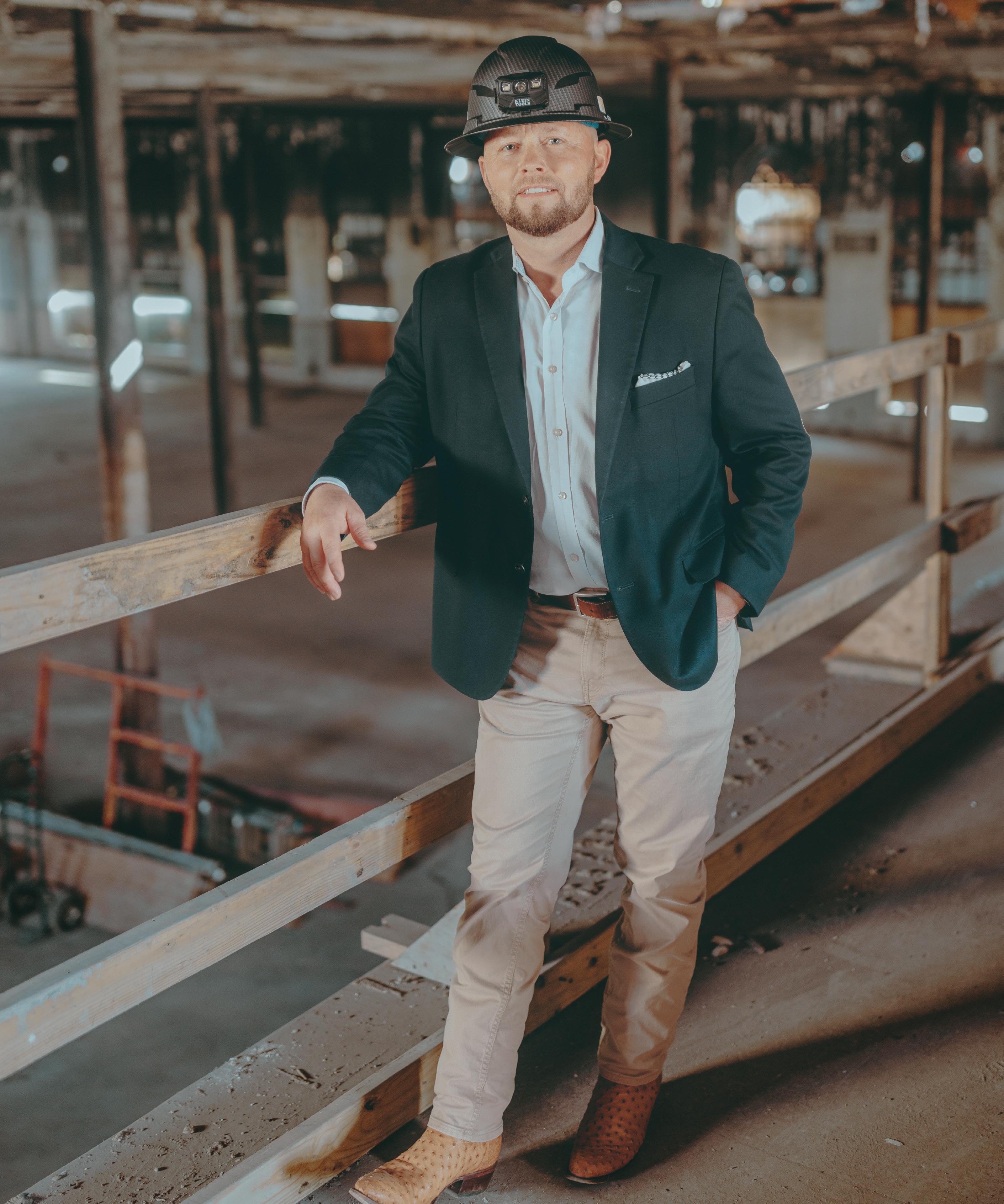







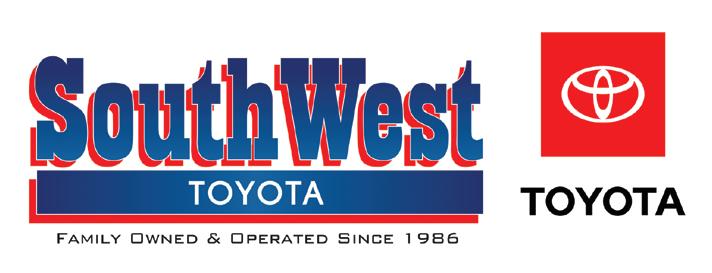
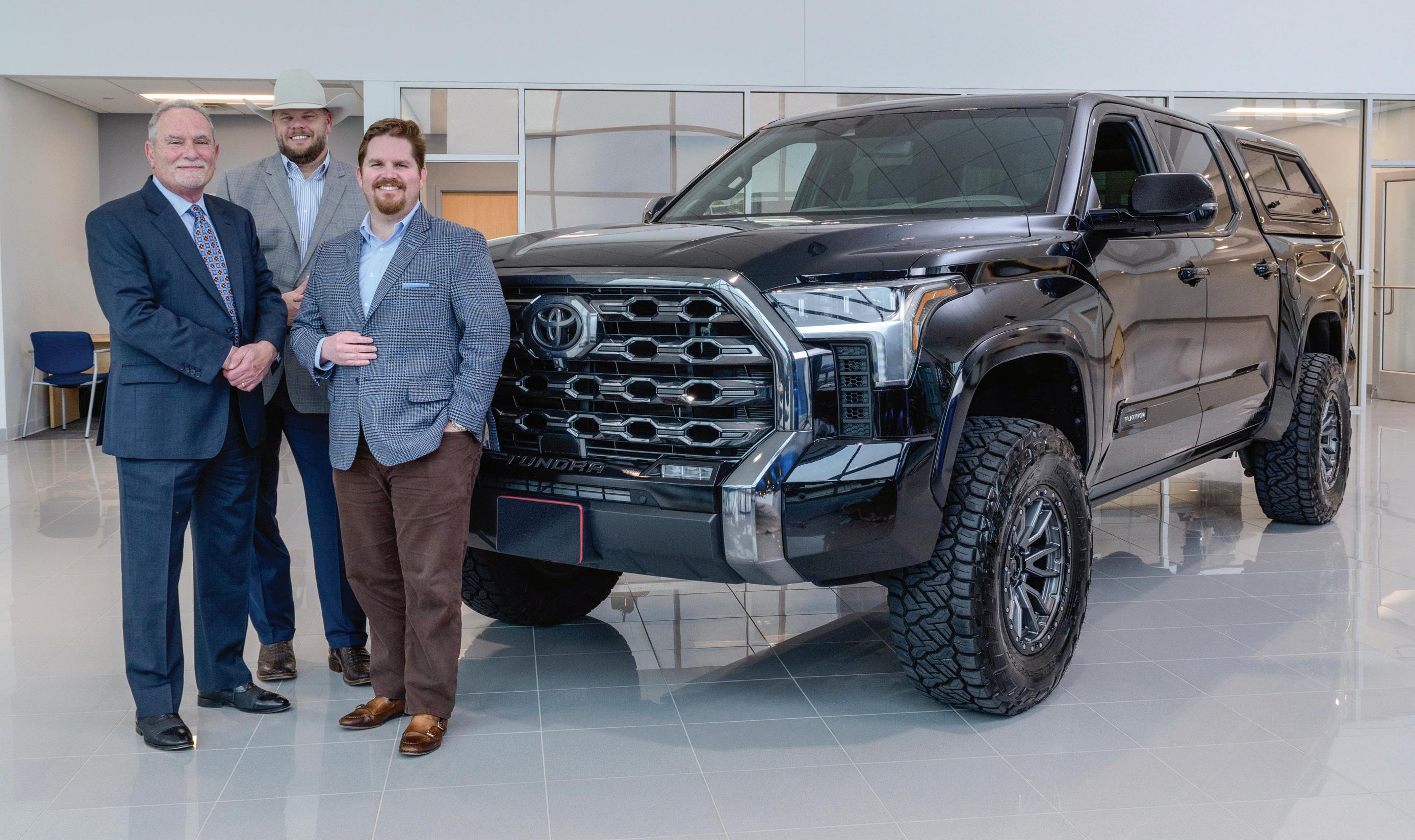
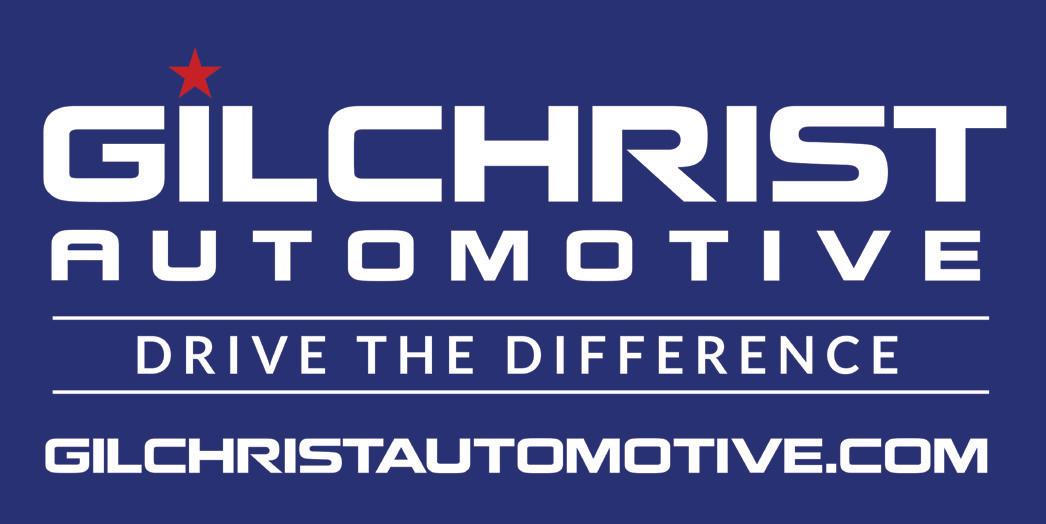



Kyle Wilks and Wilks Development are writing a new chapter for the Fort Worth Public Market: Rescuing it from the dustbin.













Kyle Wilks, the son of a billionaire bricklayer, is at the helm of the longdesired Public Market redevelopment, which reimagines the local landmark while paying homage to the property’s history.
42 Workplace Wonderlands: From pancake days to pickleball Fridays, this year’s list of the city’s Best Companies To Work For have outdone themselves with creative perks and generous employee benefits.
4 Publisher’s Note
8 Best Draw in the West: Emphasizing retreat and serenity with his residential designs, award-winning architect Jeff Garnett credits his office’s Glen Rose surroundings as his biggest muse.
18 EO Spotlight:
Ray Weeks of Elite Jet Solutions details his company’s explosive growth, which was ignited thanks to a lucky pairing at a golf tournament.
Inside the C-Suite
22 Financial Services: Being a former NFL linebacker is far from the only thing that makes Christian Rodriguez’s rise to Charles Schwab executive a remarkable story.
28 Tech: How Bonnie Thompson Smith found a way to live in Fort Worth while styling celebrities and C-suite executives across the U.S.
30 Health and Fitness: Despite only recently becoming operational, Laura Epstein’s Pulse Charter Connect is revolutionizing the industry of organ transportation.
62 Analyze This/Legal: Breaking down a new law requiring companies of greater than 15 employees to accommodate pregnant employees and potential hires.
62 Analyze This/ Wealth Management: How will this year’s presidential election affect the stock market? Not as much as the talking heads and doomsayers will have you believe.
64 Analyze This/ Chamber of Commerce: The president and CEO of the Fort Worth Chamber discusses the pivotal role education plays in the growth and success of the city’s business community.
66 Analyze This/ Banking: If the anticipation of lower rates is making you hesitant to do business, don’t let it. “Anticipate higherfor-longer rates and plan accordingly,” Daryl Stafford writes.
72 1 in 400: In a move both strategic and personal, chairman and CEO Jordan Jayson is moving U.S. Energy Development Corp. to the Stockyards, where it will open in time for Christmas décor.
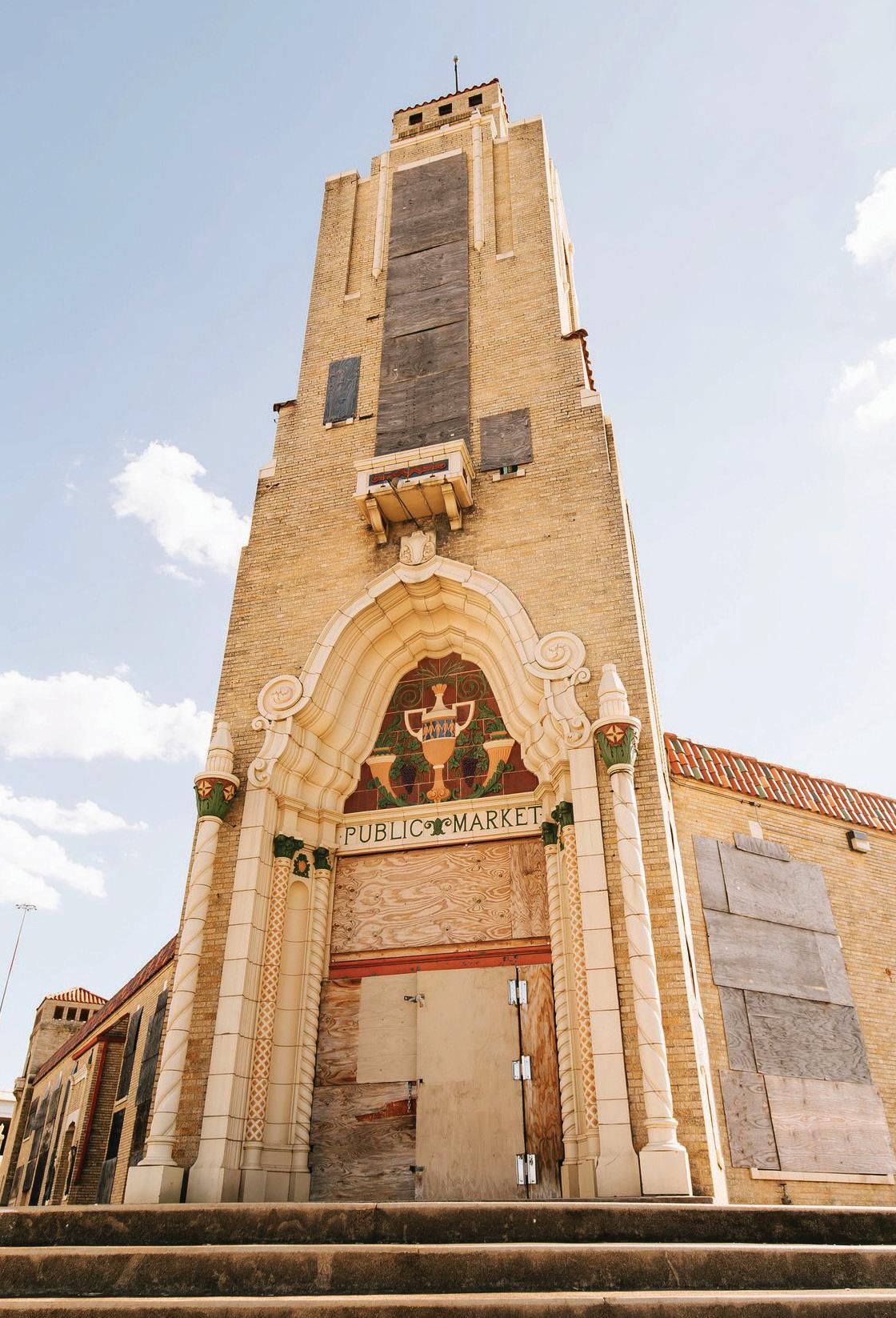


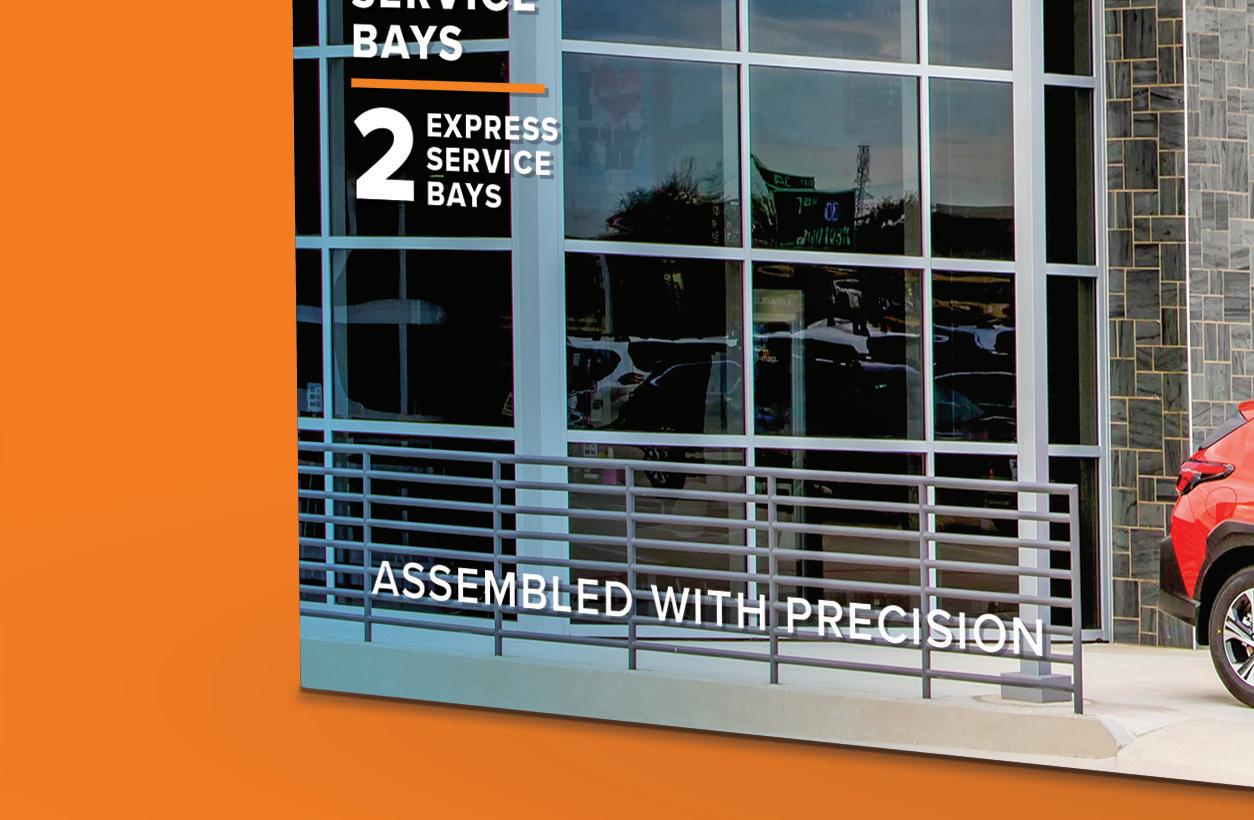
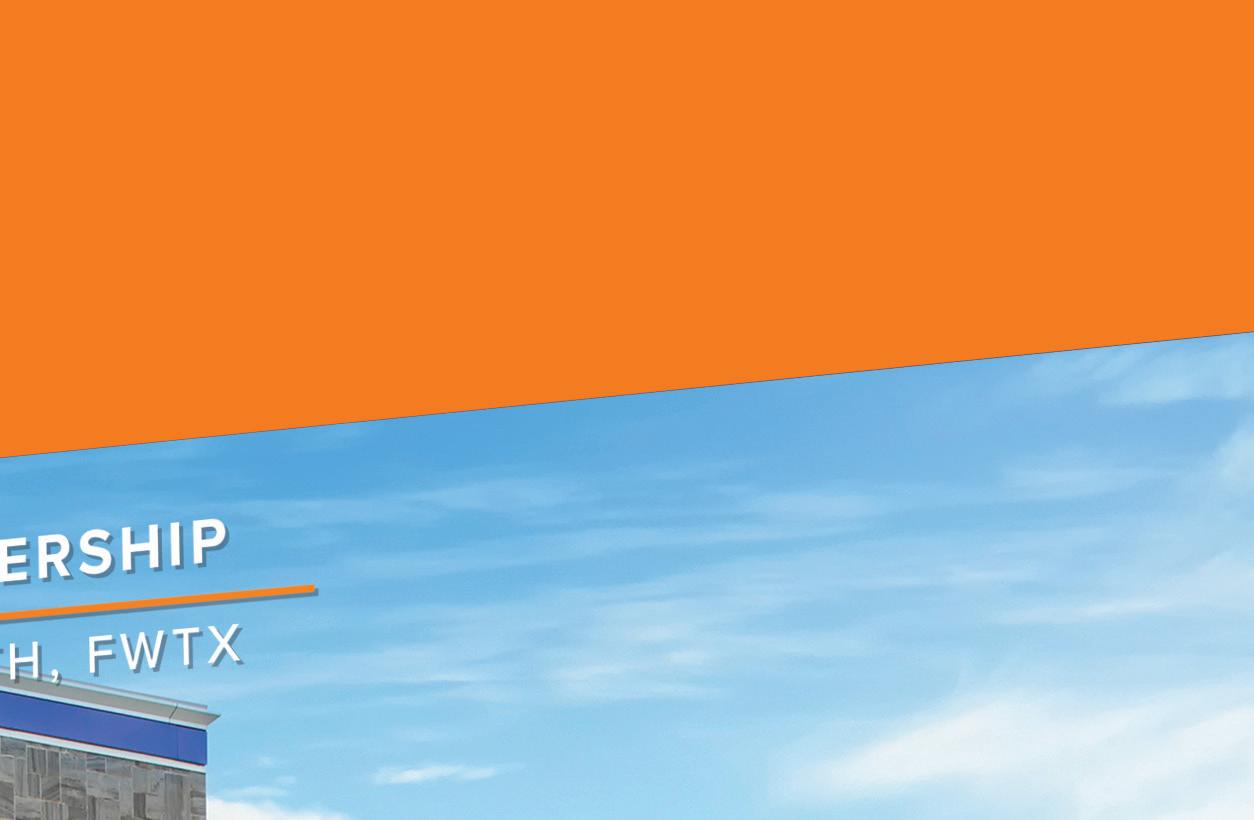
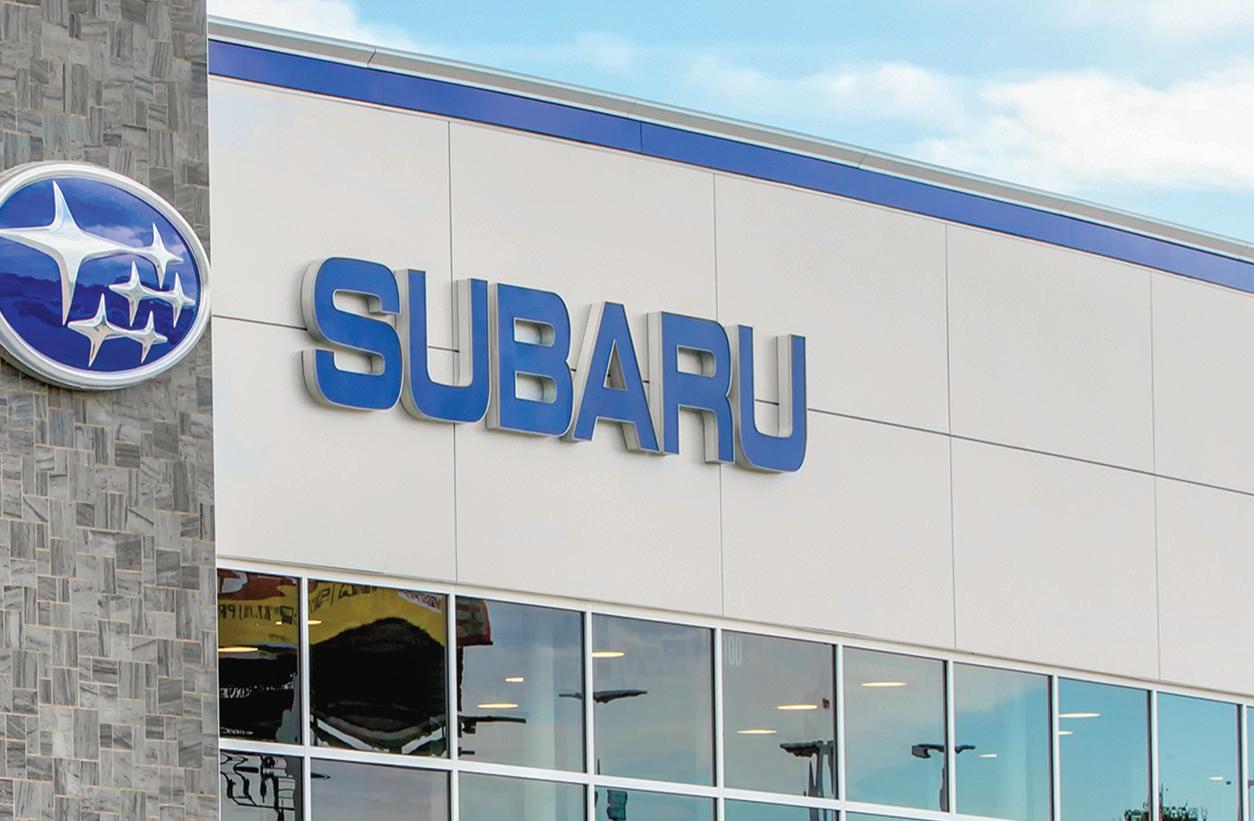


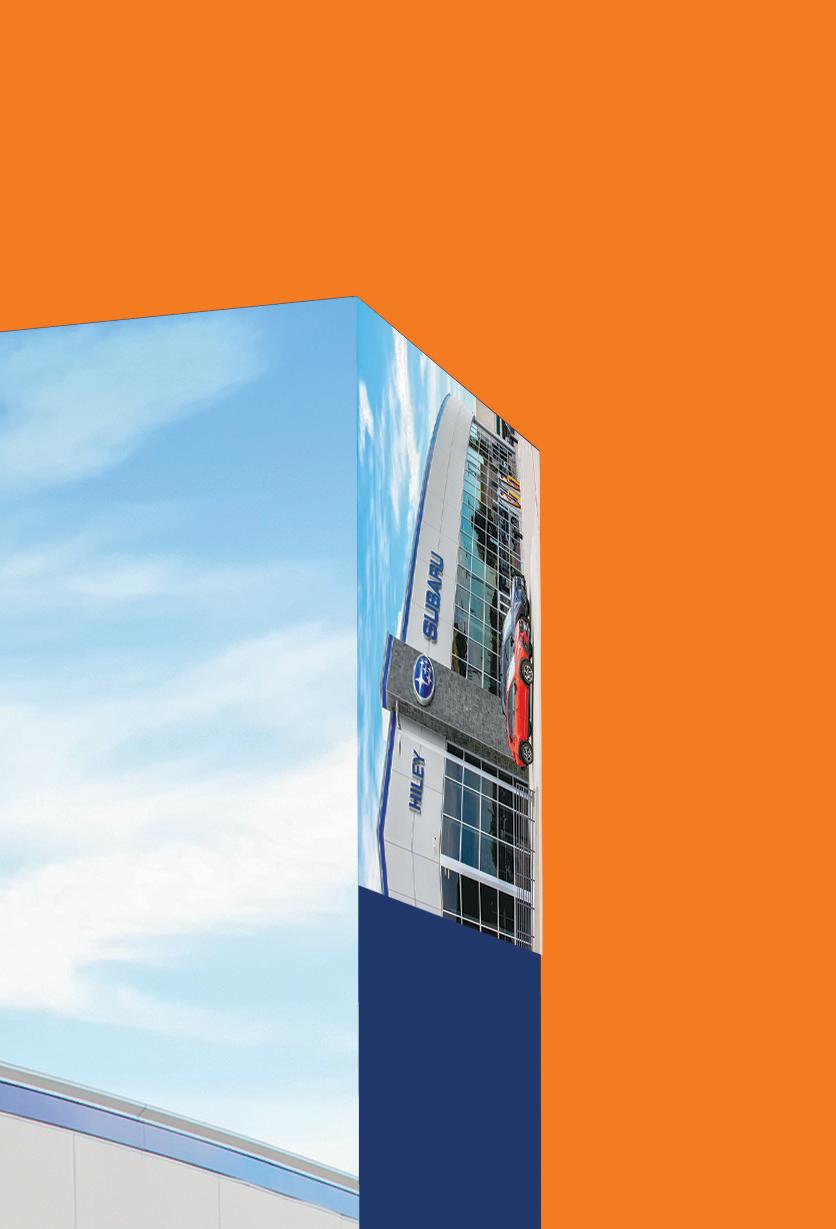
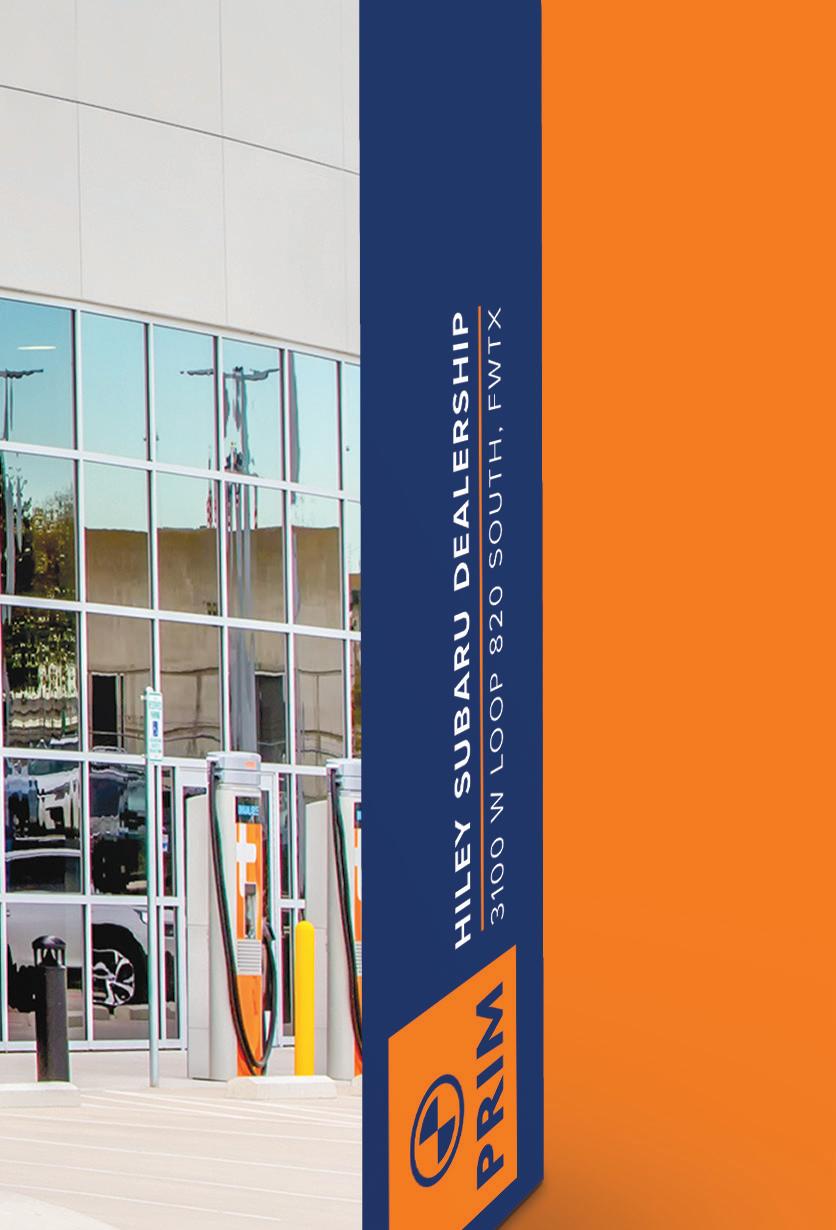

When you choose PRIM, you are choosing a construction company that has the experience to turn your vision into reality with efficiency and expertise. With clear communication at the core of our approach, we ensure a seamless construction process, guaranteeing you a finished product to be proud of.

OWNER/PUBLISHER
HAL A. BROWN
In a rapidly evolving business landscape, the importance of a supportive and inspiring workplace can’t be overstated. Spanning employee well-being, productivity, organizational culture, and overall business success, a healthy workplace is critically important.
It’s also a challenge to create it.
In this issue we celebrate our annual Best Companies To Work For. There are 45 in total that are setting the standard in corporate culture. They have created environments in which employees can thrive personally and professionally.
I hope these insights not only inform but also inspire employers and employees alike to strive for excellence in their own workplaces. That includes our own here at Fort Worth Inc.
I want to thank our partner in this endeavor, Workforce Research Group. Based in Humble, Workforce Research is behind at least 24 Best Places to Work programs across North America.
Workforce Research Group and its founder Peter Burke, who founded the company in 2021, have left no stone unturned to produce the most credible results. Companies and other organizations that enter our contest submit answers to Workforce on questions ranging from employee benefits to work-from-home and vacation policies, communication from the top, wellness initiatives, opportunities for advancement, training and mentorship, diversity, and fun stuff companies do with employees.
Here's to a future where every company
is a great place to work.
One company not on the list but probably could be is Wilks Development, the firm behind the redevelopment of the historic Fort Worth Public Market building on the southwest edge of downtown.
The building is of great architecture and long the subject of intrigue, but there were plenty of doubts about whether anything would ever be done with the property after it had sat vacant for years.
Doubt no more.
Wilks Development has put its money where its great ideas are. Many are hoping it serves as a catalyst for more development in the Lancaster corridor and a bridge to the Near Southside.
Even more impressive is the story of the Wilks family.
In this issue, we profile Wilks Development’s CEO, Kyle Wilks, who is the son of a family that has lived the very essence of the American dream.
His family tree includes a grandfather who grew up in a goat shed. And his father and uncle, who followed the family career path in the bricklaying business and became billionaires through a business they formed simply out of necessity.
From goat sheds to Gulf Streams, Kyle Wilks jokes.
It’s a story of belief.
The belief that things will work out because of trust in oneself, in the will to work harder than anybody else, and most importantly, the indispensable trust in family and faith.

VOLUME 10, NUMBER 3, FALL 2024
owner/publisher hal a. brown president mike waldum
editorial executive editor john henry creative director craig sylva senior art director spray gleaves advertising art director jonathon won contributing editor brian kendall fwtx.com digital editor stephen montoya copy editor sharon casseday
advertising main line 817.560.6111 territory manager, fort worth inc. rita hale x133
advertising account supervisor gina burns-wigginton x150 advertising account supervisor marion c. knight x135 account executive tammy denapoli x141 account executive james houston x158 senior production manager michelle mcghee x 116 marketing director of digital robby kyser marketing manager grace behr project manager kaitlyn lisenby events and promotions director victoria albrecht
corporate cfo charles newton
To subscribe to Fort Worth Inc. magazine, or to ask questions regarding your subscription, call 817.766.5550 or go to fortworthinc.com.
Fort Worth Inc. is published quarterly by Panther City Media Group LP, 6777 Camp Bowie Blvd, Suite 130, Fort Worth, TX 76116. Postage Paid at Fort Worth, Texas. POSTMASTER: Send change of address notices and undeliverable copies to Panther City Media Group, PO Box 213, Lincolnshire, IL 60069 Volume 10, Number 3, Fall 2024. Basic Subscription price: $19.95 per year. Single copy price: $6.99
©2024 Panther City Media Group. All rights reserved. No part of this publication may be reproduced without written permission from the publisher.
how to contact us For questions or comments, contact John Henry, executive editor, at 817.560.6111 or via email at jhenry@fwtexas.com.








































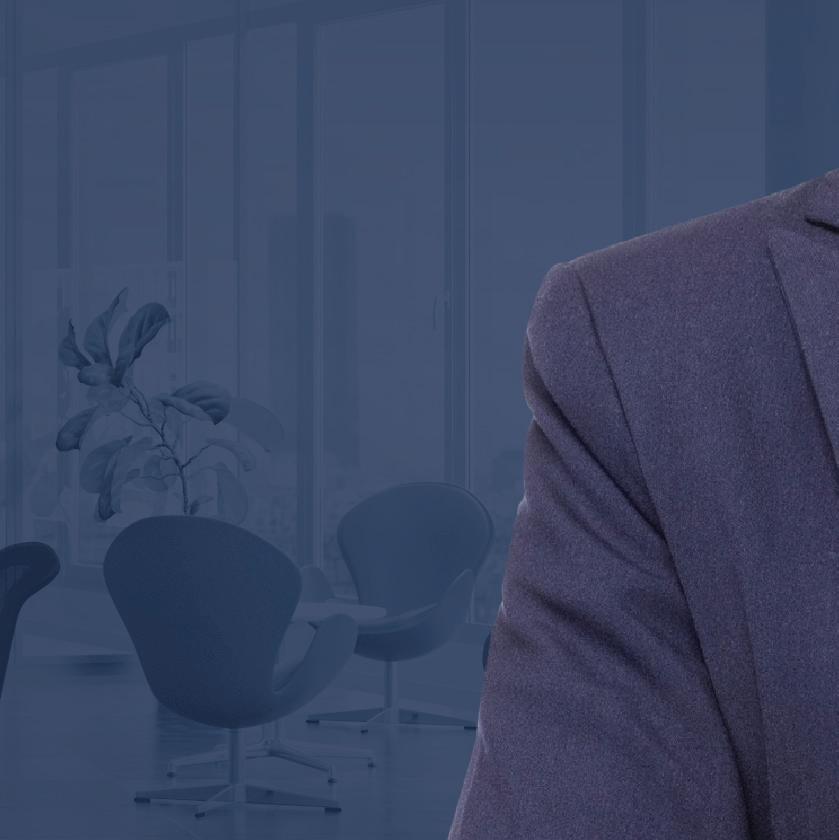
































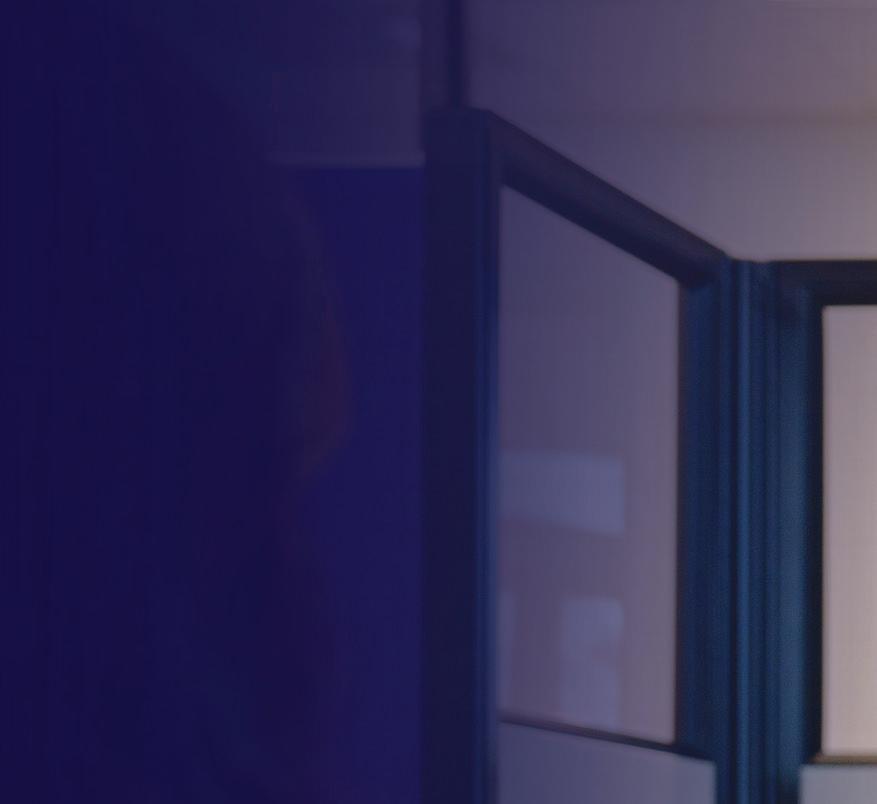









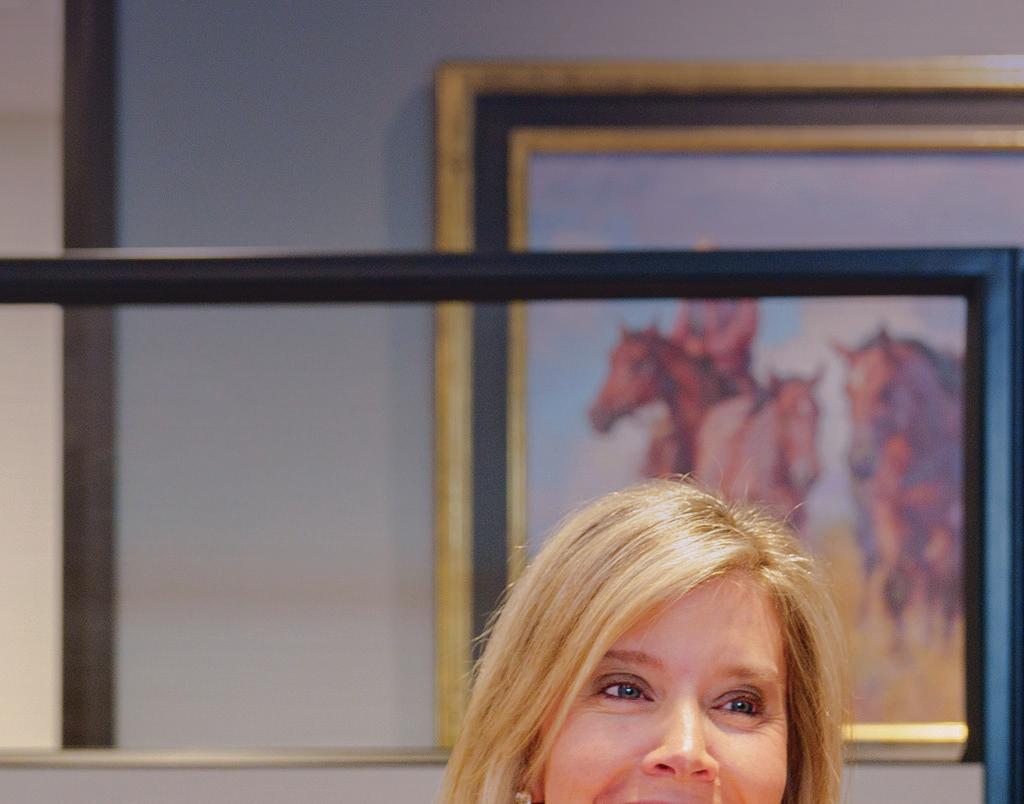






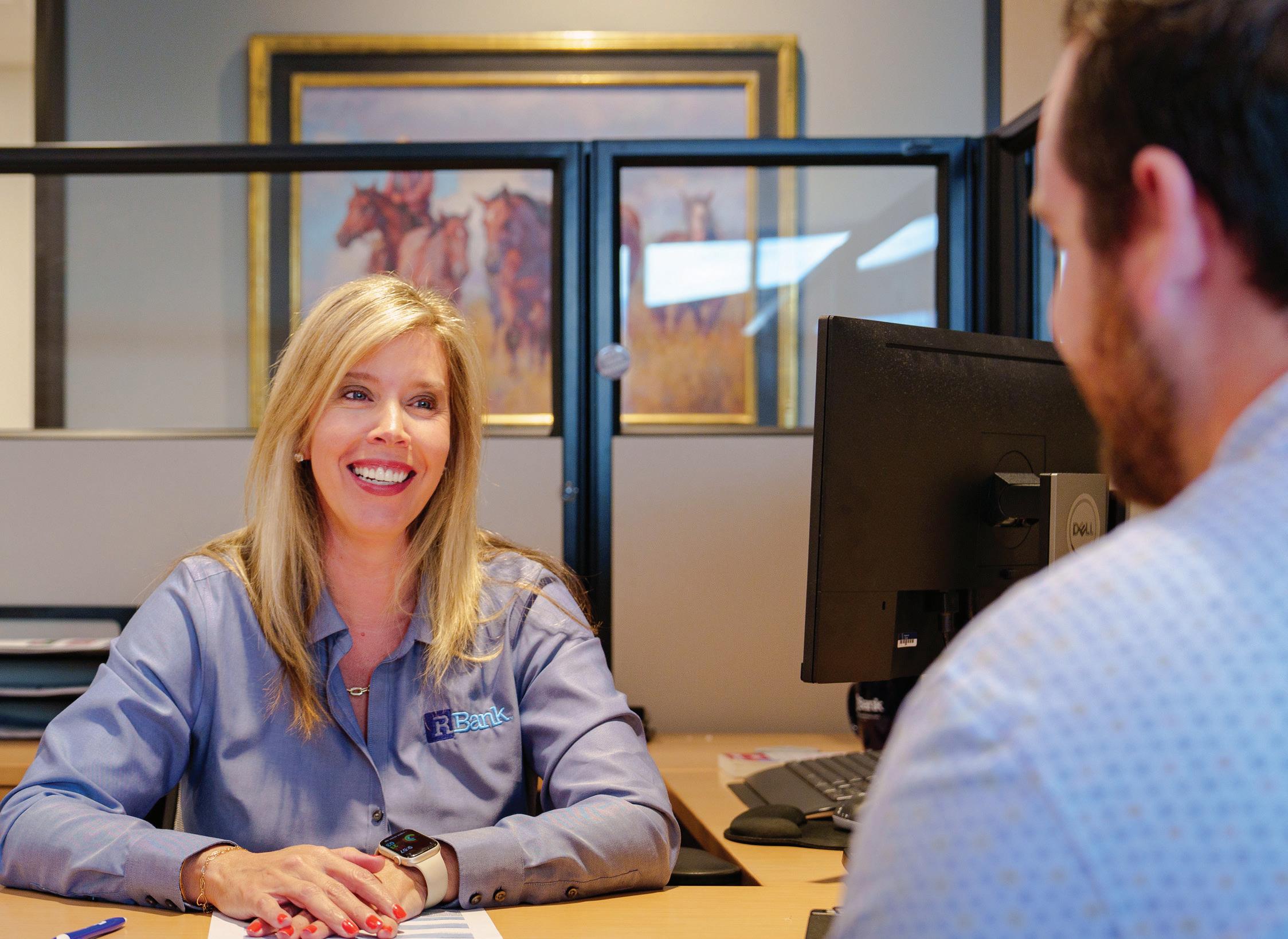

•
•
•


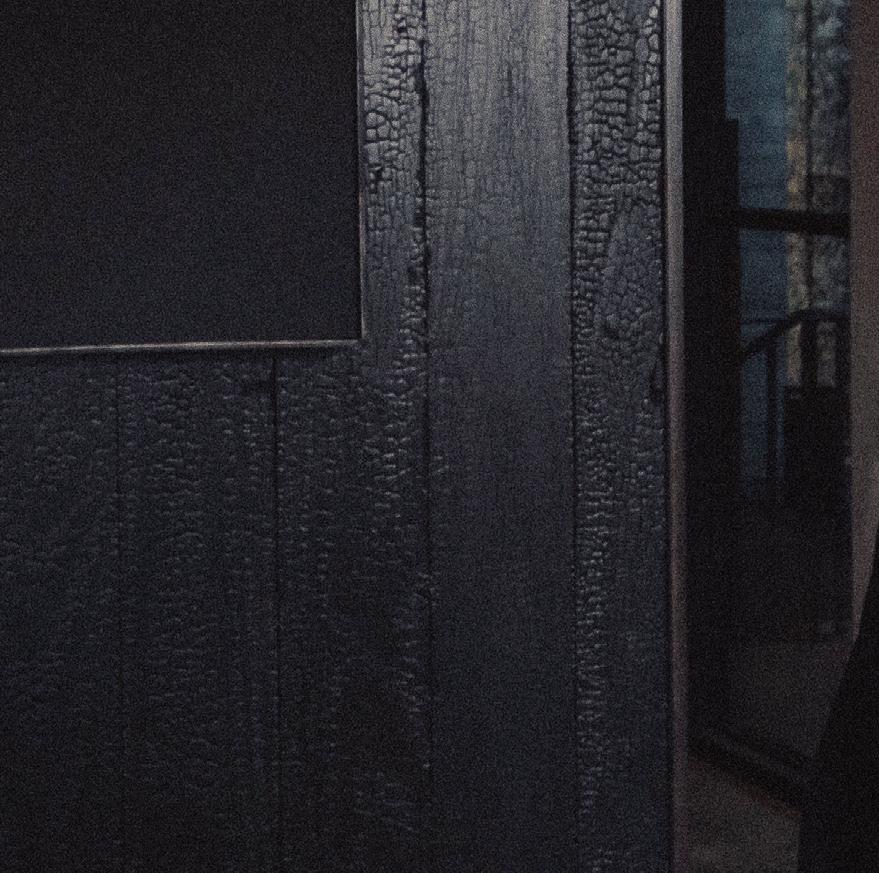







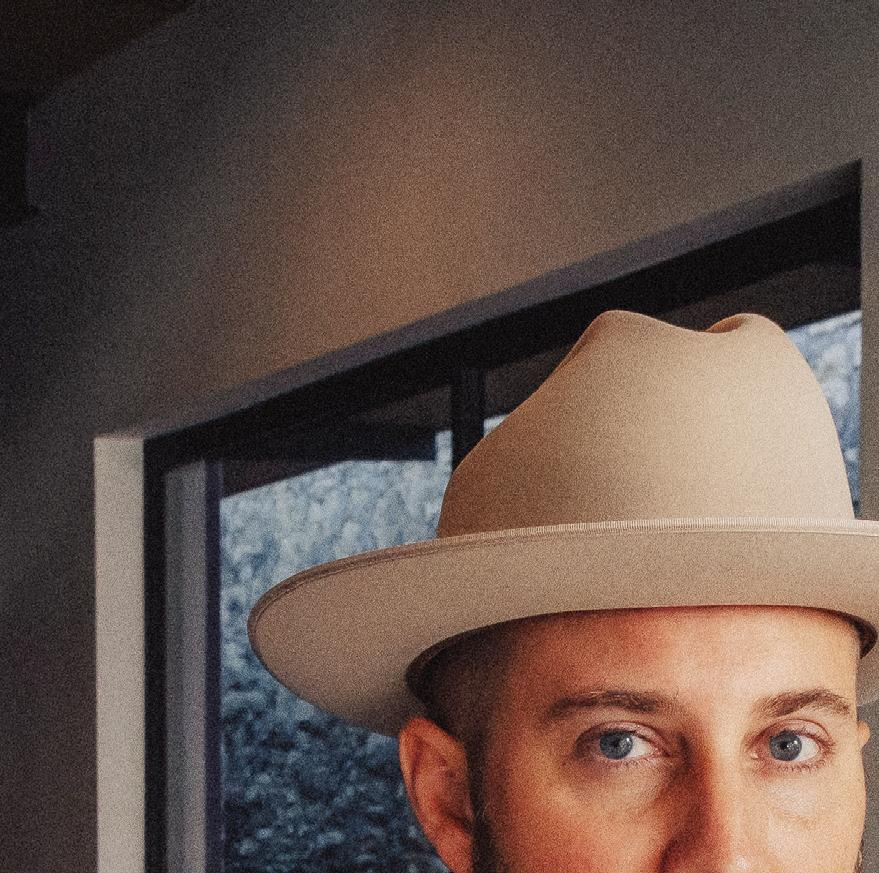
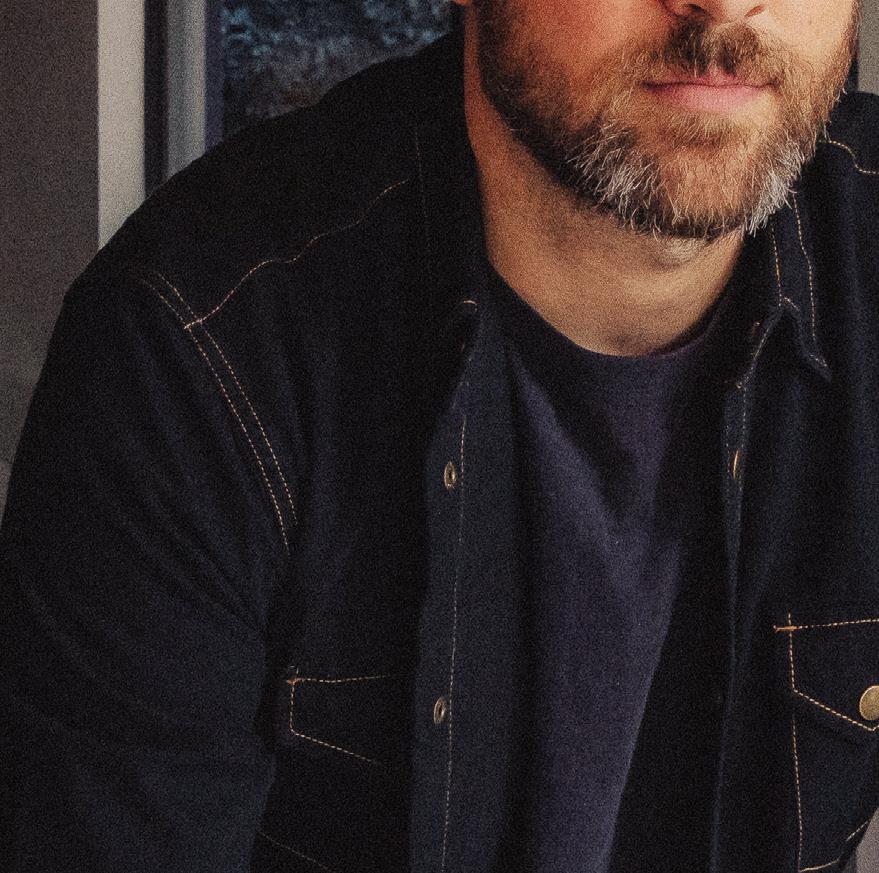








WORDS BY JOHN HENRY PHOTO BY HANNAH MIDDLETON
He didn’t know it then, but clearly the most transformative event in the formative years of Jeff Garnett was a move to Glen Rose as a teenager.
Having spent the first 12 years near Houston, the move to the whiskey woods capital of the state was “kind of a culture shock.”
“My dad was really wanting to get us out of the city and into a small town,” Garnett says through a Zoom meeting, “and he just happened to be driving toward Stephenville and saw the view kind of, you know, by Chalk Mountain, and he said, ‘I think we should move here.’
“So, it was a big, bold move, but I'm glad he did it. It fully changed my life.”
In the grand architecture of this game called life, Glen Rose was the solid platform that served as the essential foundation upon which Garnet built a future.
A licensed architect with bachelor’s and
master’s degrees from UT Arlington, Garnett’s first job in the Hill Country focused on a “little bit of everything,” commercial, residential, health care, “literally every product type.”
A job in Austin followed, but given the chance, he moved back to Glen Rose with his wife, whom he met there in high school, and children.
Today, he has a thriving architectural firm — a two-man shop — on the town square. From there, he is reimagining plots in the West with award-winning designs primarily in the residential genre.
Five times his designs have been recognized by professional peer organizations, including three by the Fort Worth division of The American Institute of Architects.
Garnett went the entrepreneurial route in his industry because it allowed him to get more interesting projects.
“My drive and ambition are just to do
exciting work,” he says. “The ambition to design, that's my true passion. That really is what fuels all of this.”
He also has the license to be more selective on what he takes on.
Garnett’s practice has evolved into one that spans ranch houses, lake homes, and remote retreats, as well as urban properties and other installations.
The Frazier Conservatory was a 2022 AIA Fort Worth Studio Award winner. It’s a private retreat in Erath County built into the natural environment unique to that part of Texas.
A minimalist architect who focuses on creating designs that emphasize simplicity, functionality, and the elimination of unnecessary elements, Garnett always tries to incorporate natural, native materials into his designs.
His designs prioritize the integration of outdoor and indoor space, emphasizing the importance of retreat and serenity. Of his current projects, one is a ranch home in Montana.
Garnett's architectural journey began as a child and his fascination with old barns, stone ruins, and the Texas landscape.
“As early as I can remember, I wanted to be an architect,” he says. “I have very clear memories of being in the back of our family car. I was the youngest of three boys, so, I was always in the back seat. That was my happy place as a kid on road trips and even just going to the local grocery store. I just loved to look out the window. I always remember really paying attention to the buildings around me.
“Living in the suburbs back in the day, I remember criticizing some of the redundancy and repetition. I've always wondered what would have happened if I would have never left the city as a teenager. I think I would have absolutely still been an architect, but I feel like I would have probably gone a little bit different route.”
He’s influenced by West Texas, even though “I’m not intentionally trying to do that.”
“I've been told that a lot, that, ‘Hey, your designs have a West Texas vibe.”
His father is from the Marfa-Alpine


The all-new INFINITI QX80 and Sewell’s unmatched customer service. Nothing less than extraordinary.

region, so, the family spent a lot of time out there.
“I guess it just kind of comes out a little bit,” he says. “But a lot of it, too, is just growing up, even just around Somerville County and Glen Rose. There’s so many old stone buildings and cedar clad buildings. I really appreciated that because it felt timeless to me.”
Another of his award-winning projects is his office building, which sits on a small plat on the Somervell County Courthouse square. The courthouse was erected in 1893, two yea rs before the Tarrant County Courthouse.
The design was recently published in Texas Architect Magazine.
“I've always wanted to have an office in the middle of nowhere,” he says. “I also wanted to have an office on the town square. I didn't know which was going to hit first, but I saw an empty lot here on the Glen Rose square. There are not many empty lots on Texas squares. There was a small, narrow lot here. I jumped on it. I bought it and about a year later started construction on it. It was a fun, fun project.”
The studio building carefully slips between the existing adjacent buildings and is intentionally minimal in both size and proportions out of respect for the surrounding historical context. The front façade is slightly recessed — by approximately 8 inches — in relation to the adjacent historic buildings, allowing the historic masonry of each neighboring structure to turn their respective inside corners one full brick course, providing a subtle distinction between old and new.
The front facade facing the street consists of native limestone, board formed concrete elements, and custom steel windows and doors. The building signage is intentionally secondary, allowing the materials to be the primary focus.
An approximately 35-foot-tall existing rubble stone wall sits directly adjacent to the studio. This historic side wall was the driving force behind the entire design scheme — natural lighting, historic appreciation, and strategic design restraint.
“This studio was such a small project — smaller than I usually do — but it really captures what I'm about in my design philosophy,” says Garnett. “As architects, we can let our egos get in the way and go over the top in our designs. But sometimes restraint, and an emphasis on the space outside and not just the space inside, makes for a greater ‘wow’ factor. By offsetting the building, I made it smaller, but with that outside space, it gained something magnificent.”
WORDS BY FORT WORTH INC. STAFF
The grand design and ultimate manifestation of everything Texas A&M-Fort Worth will be moving forward.
The Texas A&M University System’s Board of Regents on Thursday authorized system leaders to begin the design of the second building for the downtown research campus, the Research & Innovation Building A.
The building could cost up to $260 million, including 150,000-grosssquare-feet of offices and lab space for the Texas A&M System at an estimated cost of $150 million. The remainder would be for private sector partners as well as parking that could be used by campus tenants and the public.
Among the tenants of that building will be Texas A&M Transportation Institute, Texas A&M Engineering Experiment Station, Texas A&M Engineering Extension Service, Texas A&M AgriLife Research, and the Texas Division of Emergency Management.
“Our state agencies bring a whole different dynamic to the campus, whether through research, workforce training, or other services to the community and local businesses,” said Chancellor John Sharp, who announced in July that he would retire in June 2025. “The A&M System is here to support the regional economy.”
Sharp, in collaboration with school, city, and county leaders, announced in 2022 the A&M system's intention to build a $350 million campus in downtown Fort Worth. That figure has grown, beginning with the system's board voting to increase the size and budget of the Law and Education Building currently under construction.
The increase was in response to greater-than-expected demand for space there.
Last summer, the A&M system broke ground on an eight-story, $180 million Law & Education Building to house its education components.
Thursday’s vote authorizes the design of the Research & Innovation Building A, which primarily will be home to A&M system agencies participating in the research campus in southeast downtown, near the expanding Fort Worth Convention Center.
The Law & Education Building is being paid for with bonds backed by the Permanent University Fund. The Research & Innovation Building A is being financed with a combination of tenant leases, donations, and parking revenue.
Long-range plans leave space for future expansion for Research & Innovation Building B. Also, the existing law school will eventually be demolished and replaced with a multipurpose community building called the Gateway Building.
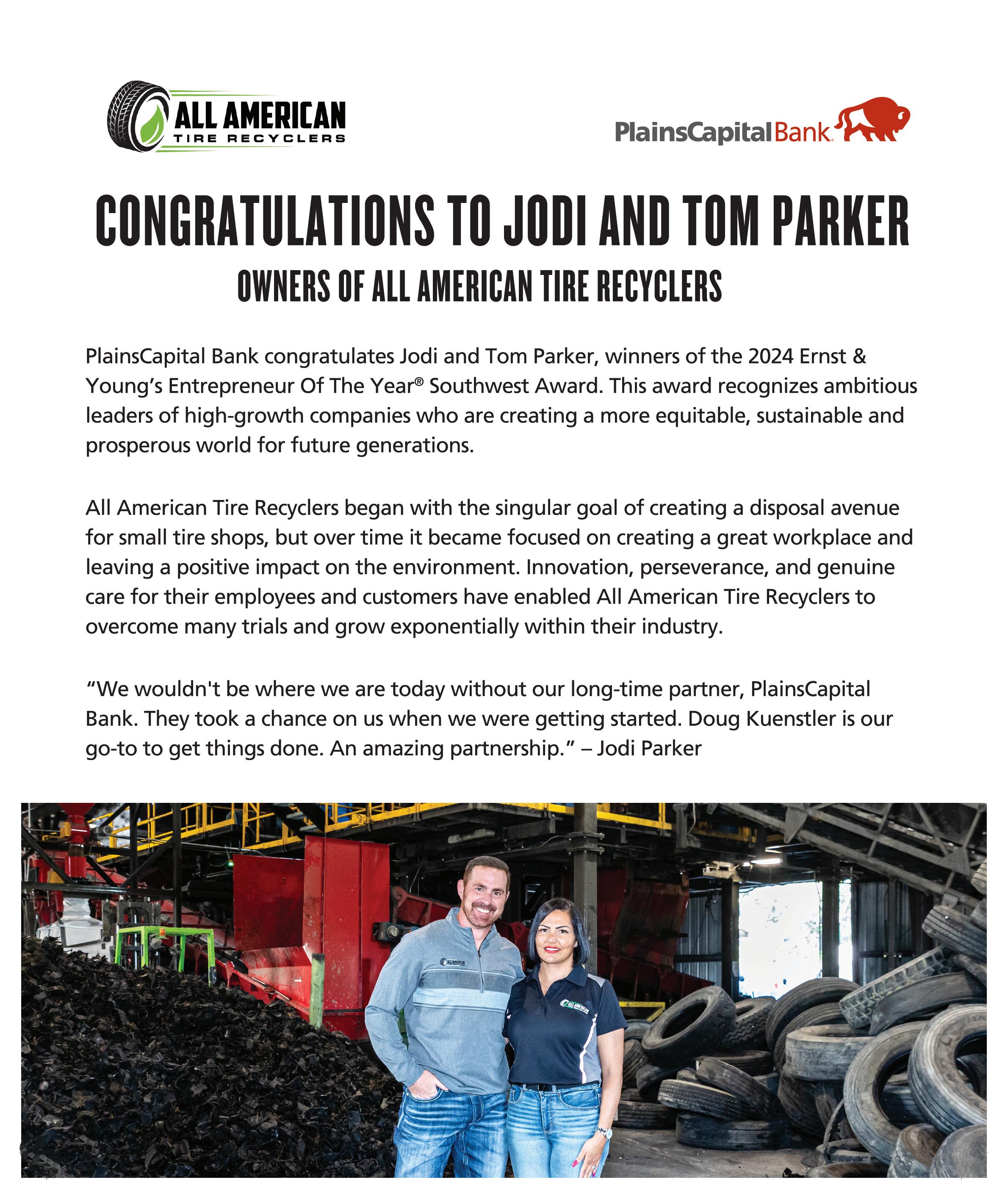

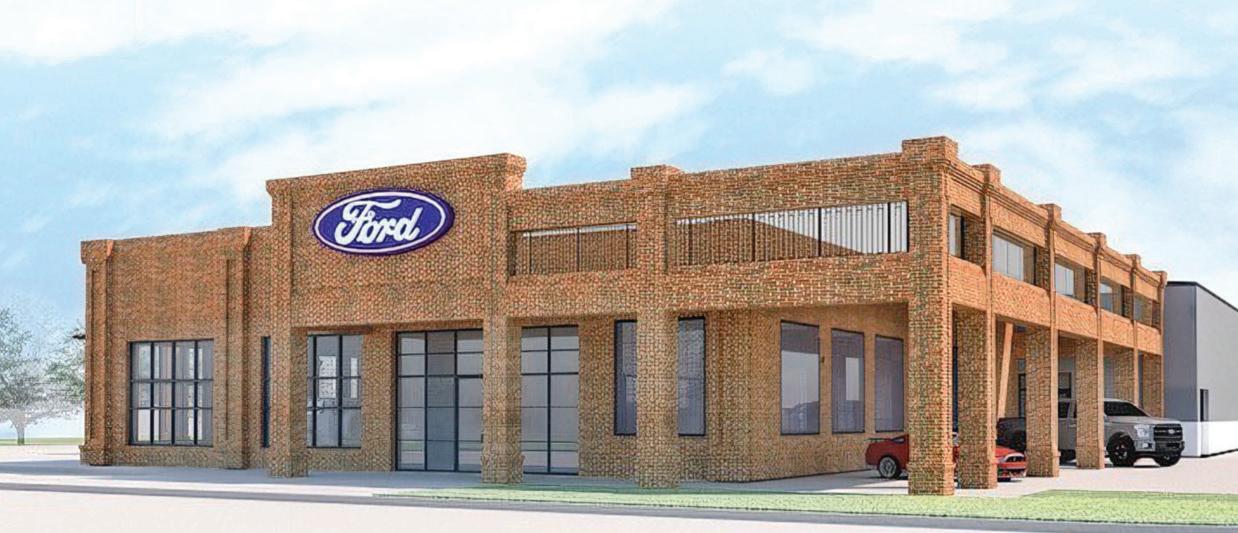
New Ford dealership building out west built to last as an homage to the past.
WORDS BY JOHN HENRY
Fort Worth-based PRIM Construction is working on a nifty little project out west in Gordon, home of the six-man football power Gordon Longhorns.
Holiday Auto Group, along with officials from the construction firm, recently broke ground on a new 26,000-square-foot Ford dealership.
It will house 17 service bays, feature a ranch-inspired ambiance, and otherwise be a “destination for car and truck buyers.”
Officials didn’t disclose the cost. The project is expected to be completed in April.
The design, though, is what makes this all the more worth writing about.
The exterior sales building will be constructed entirely of brick, a nod to the area’s history in brick making. The Thurber brick plant near Gordon supplied bricks for hundreds of miles of Texas roadways, including the bricks on Camp Bowie
Boulevard, Main Street, and the historic Stockyards.
The bricks were also used on the Bankhead Highway, Congress Avenue in Austin, and the Galveston seawall, constructed after the 1900 hurricane.
“Projects like this one are what gets our team excited to go to work every day,” said Trent Prim, co-founder of PRIM Construction. “The detail, the brick, the interior design, the history, everything about it puts a smile on our faces.”
It was G.K. Gordon, superintendent of a local coal mining operation, who suggested to his boss a business in the potential of shale mud found in Thurber. The brick plant opened in 1897. It closed in 1931.
Eighteen kilns were said to have produced 80,000 bricks a day. Dozens of different types of brick were turned out in Thurber, but its specialty was paving brick.
PRIM Construction was founded in 2007 by Beth and Trent Prim. A multiple U.S. Green Building Council LEED Awards winner, PRIM is certified as a Women's Business Enterprise and a state of Texas HUB contractor.
Holiday Auto Group is based in Whitesboro.
“We look forward to growing Holiday Gordon Ford into a flagship location in a beautiful new facility built by PRIM,” said Matt Johnson, a TCU graduate and owner of Holiday Auto Group. “We are proud of the legacy our dealership holds as one of the oldest Ford dealerships in the nation, and we look forward to continuing our service to the rural Texas community.”
Frogs in the Development Biz: TCU is exploring plans to develop a portion of West Berry Street as a mixed-used development, according to plans filed with the city. The proposed development would include sixand seven-story mixed-use buildings across two city blocks between University Drive and Greene Avenue and could double the university’s housing inventory.
Hillwood Digs Into Hunter Ranch: Hillwood has announced plans to develop a large-scale, residential, mixed-use project in Denton, the company’s first in the city. The 3,200-acre Landmark by Hillwood is situated on Interstate 35W and Robson Road. Hunter Ranch is one of the original land holdings purchased by the Perot family in 1987. Groundbreaking is set for September with 747 single-family lots in the first phase.
It's Grrrreat! The Bowie House’s debut splash continues. TIME magazine, with an audience of more than 100 million globally, has tapped the luxury hotel among its “World’s Greatest Places of 2024.”
So Long, Farewell: David Cooke, Fort Worth’s longest-serving city manager, announced in July that he would retire in February. His was a transformative tenure of 10 years. Cooke played instrumental roles in the public-private partnerships that created Dickies Arena, the redevelopment of the Stockyards, and the coming Texas A&M-Fort Worth downtown campus.
Back in Business: Businesses negatively impacted by the explosion at the Sandman Signature Fort Worth Downtown Hotel were so enthused about the reopening of Eighth Street they threw a party. The daylong “Unblocked Party” marked the occasion.
University’s Transformation: Properties at 116 and 211 University Drive, one a former Audi dealership, were sold in July. LanCarte Commercial brokered. Gilchrist Automotive Group reportedly bought the property at 116, which is catty-corner to the $850 million mixed-use development under construction at University Drive and White Settlement Road. "This area in 10 years won’t look the same,” said Sarah LanCarte.










CornerStone Staffing has been helping Fort Worth businesses grow for more than 30 years. We started here, we work here and we take great pride in serving our community. We are honored to be one of the “Best Companies to Work For.”

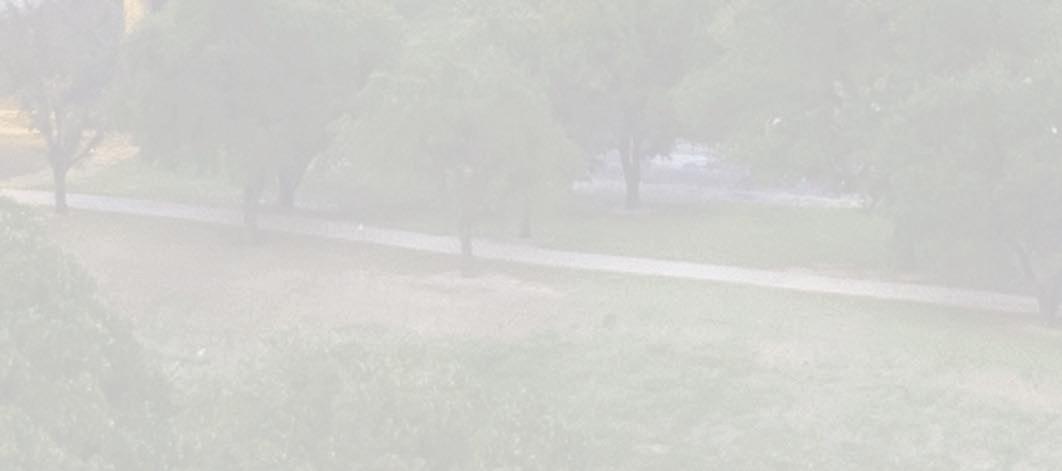



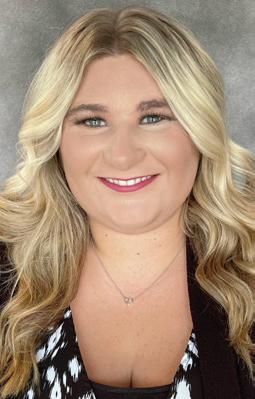

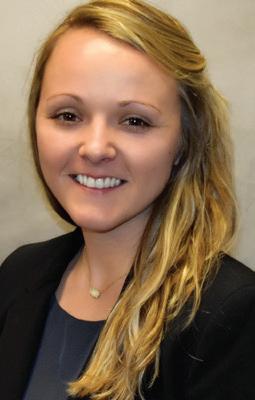



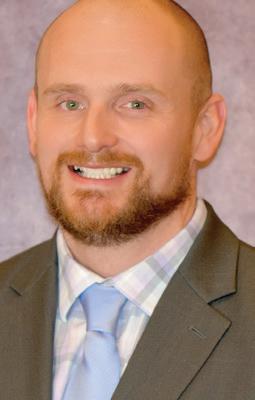


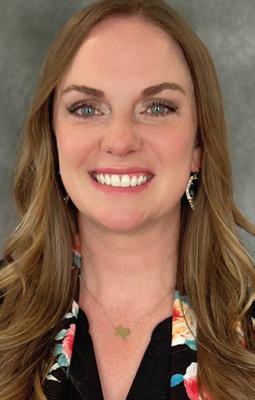



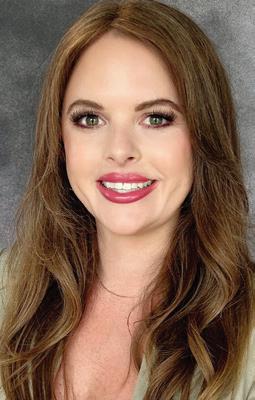


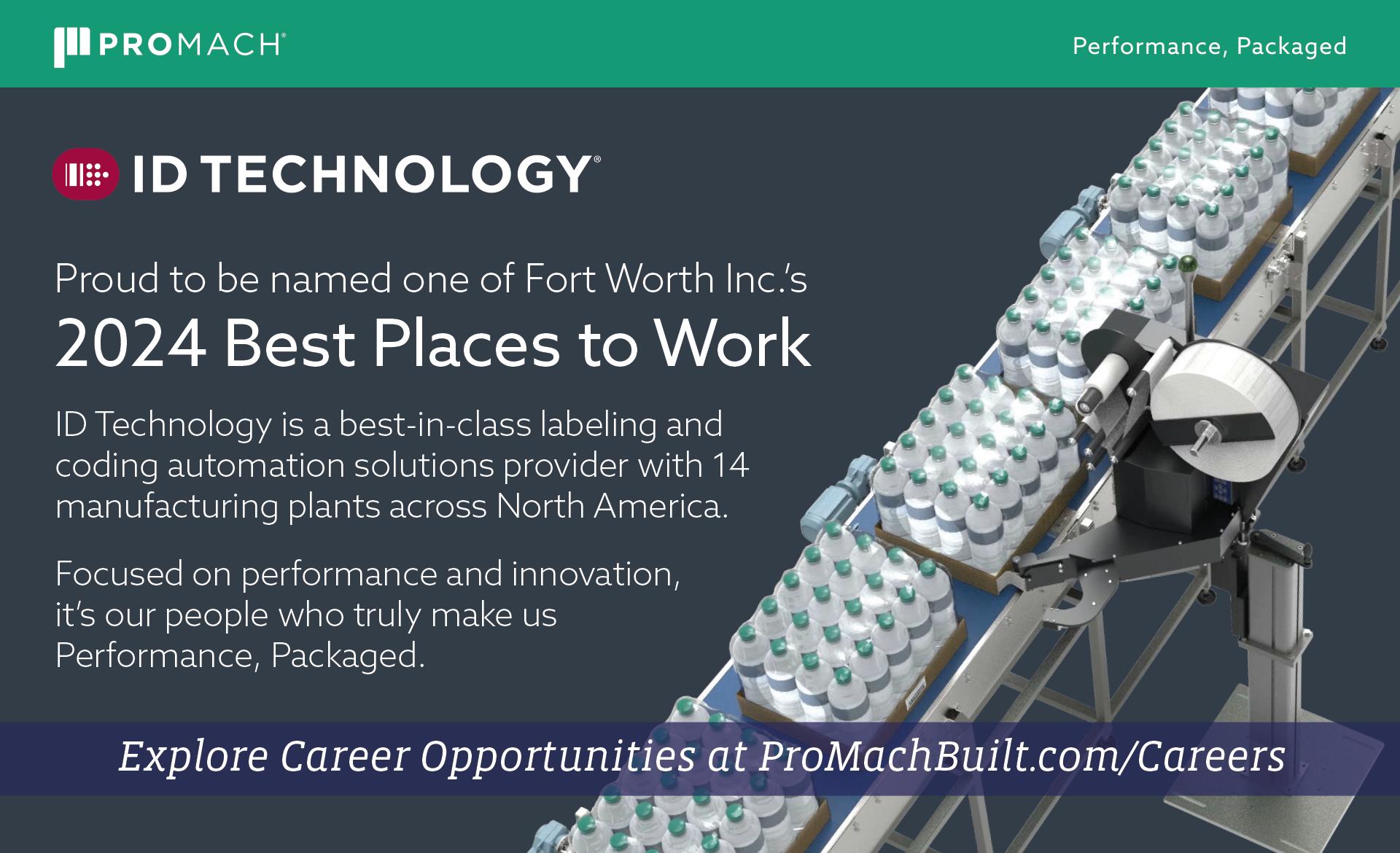
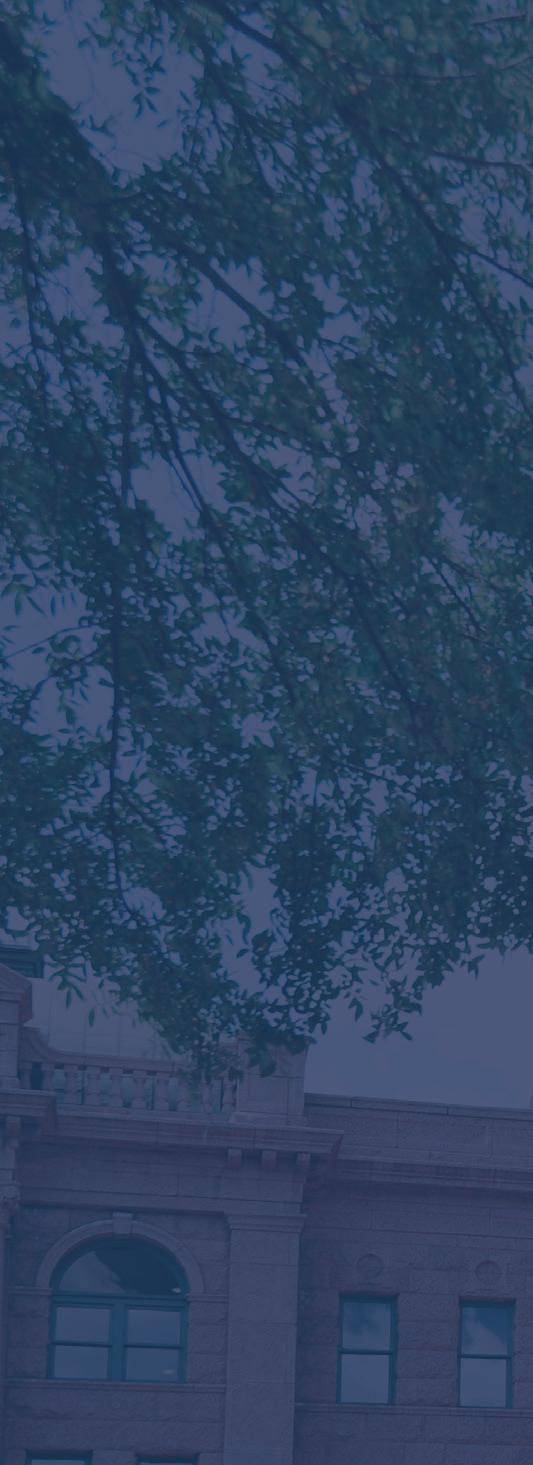





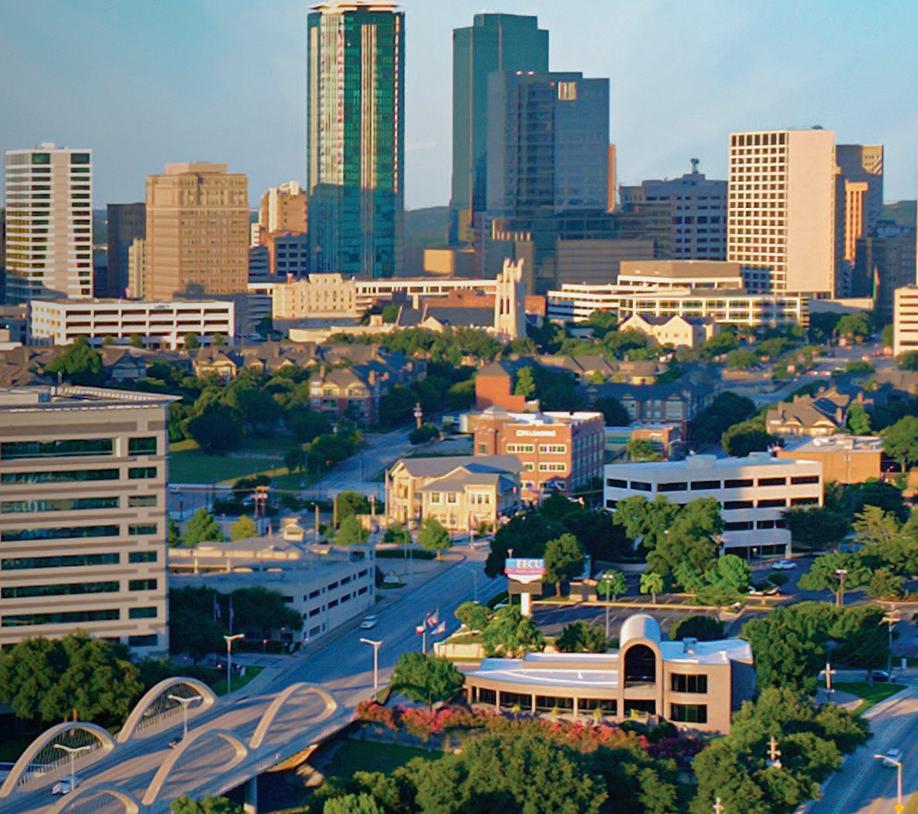



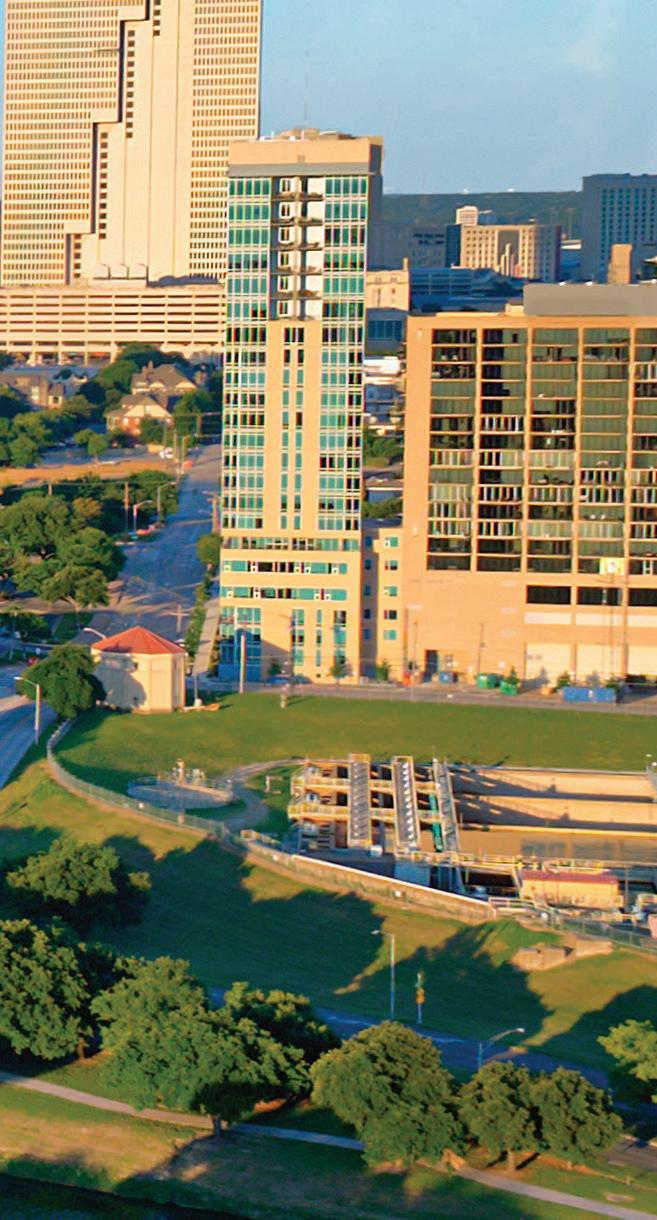







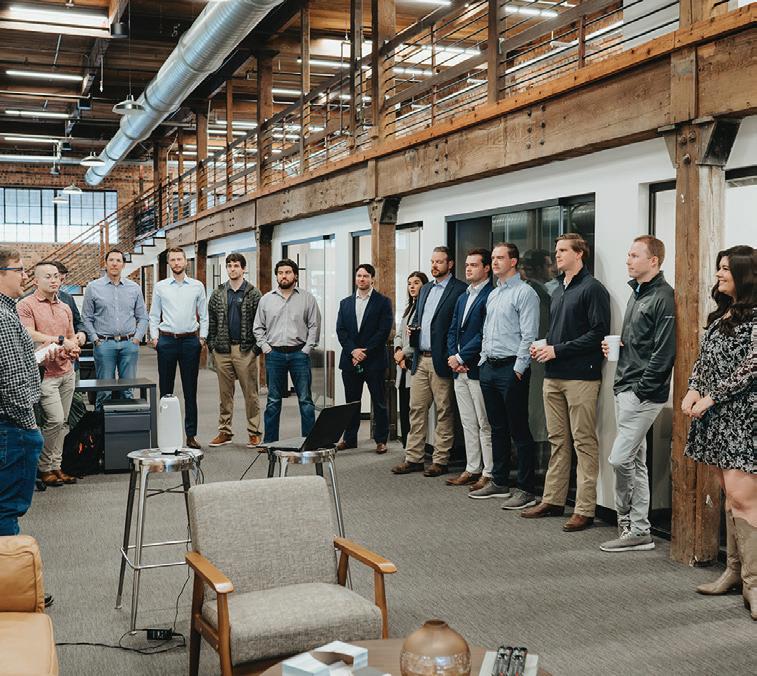
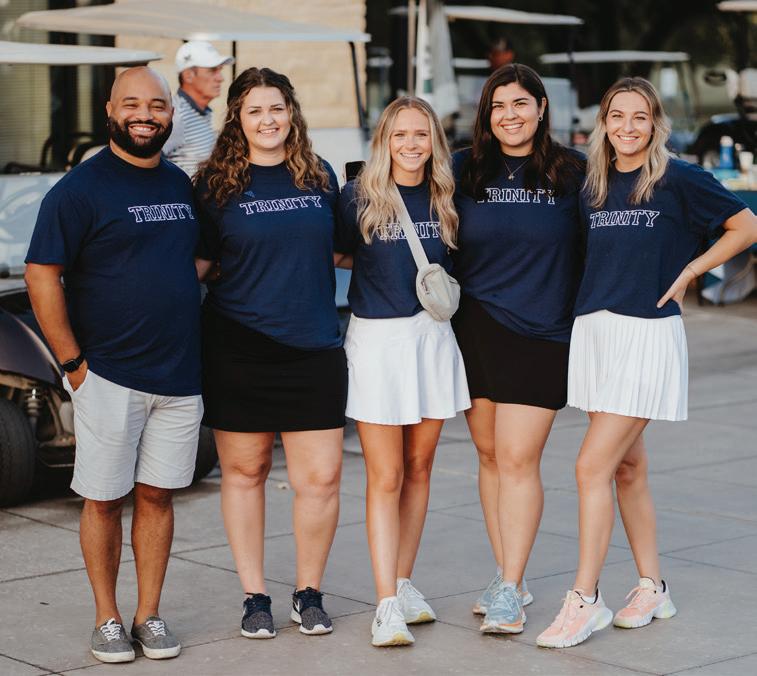





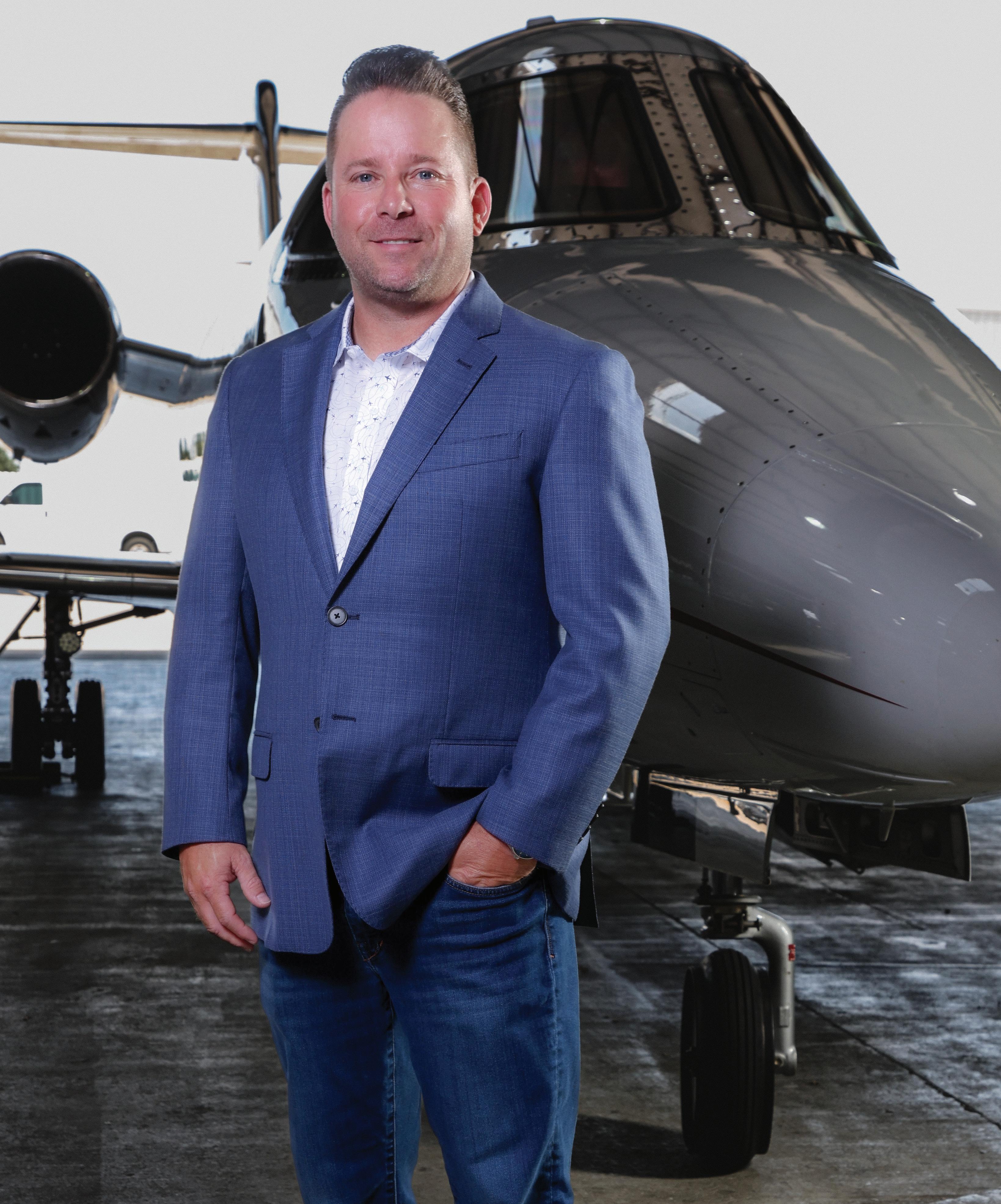
One good moral to the story of Ray Weeks as an entrepreneur: It’s amazing what happens when you show up for a tee time.
Weeks had then only recently opened Elite Jet Solutions with an office at Love Field in Dallas. He had a great early lead on a contract, but it fell through.
“The facility that I was leasing my office through, they were hosting a golf tournament, and I went to the golf tournament,” Weeks says, recalling those early days of the business in 2016. “I met a guy there, and he was chief pilot for Dean Foods. And I ended up taking over all their maintenance.”
In which direction the golf balls traveled that day Weeks couldn’t tell you or care. The contract that resulted served as the catalyst for the next point in the business, he says.
Elite Jet Solutions is a maintenance, repair, and overhaul — MRO — company now headquartered at Arlington Municipal Airport. Out of its 15,000-square-foot hangar, the company provides the comprehensive services required to ensure that aircraft are maintained in optimal condition, repaired when necessary, and overhauled at specified intervals to meet safety and performance standards.
Ray Weeks’ Elite Jet Solutions is a thriving aviation maintenance company.
WORDS
BY JOHN HENRY IMAGE BY RICHARD RODRIGUEZ
to 32% growth year over year,” he says.
There are actually a number of good messages conveyed through Weeks’ experiences, which now includes another startup in hyperbaric oxygen therapy.
Weeks was introduced to the Entrepreneurs’ Organization through a friend, Chris Rupert of Nametag Films.
“I felt like we were coming to a point in the business where I needed to widen my horizons and be able to understand a little bit more of how people grow businesses,” says Weeks, 42, who was raised in Kennedale.
He had a good career in steel fabrication before turning to aviation.
His first real job, after finishing his A&P license, was at Bombardier, a world-renowned transportation company, at Love Field. He steadily climbed the ladder there, working his way up to project manager and in ops. The job of general manager was within his reach, he says.
“There was just a lot of stuff that was transpiring that I just, you know, didn’t have any peace about,” he says.
He resigned his position and started Elite Jet Solutions out of a cargo trailer in 2016.
On that day on the golf course, his best shot was clearly a pitch — a business pitch.

“I met a guy [at a golf tournament], and he was chief pilot for Dean Foods. And I ended up taking over all their maintenance.”
Elite Jet Solutions employs seven fulltime team members, as well as a number of contract employees, Weeks says.
“We’ve done probably close to about 28%
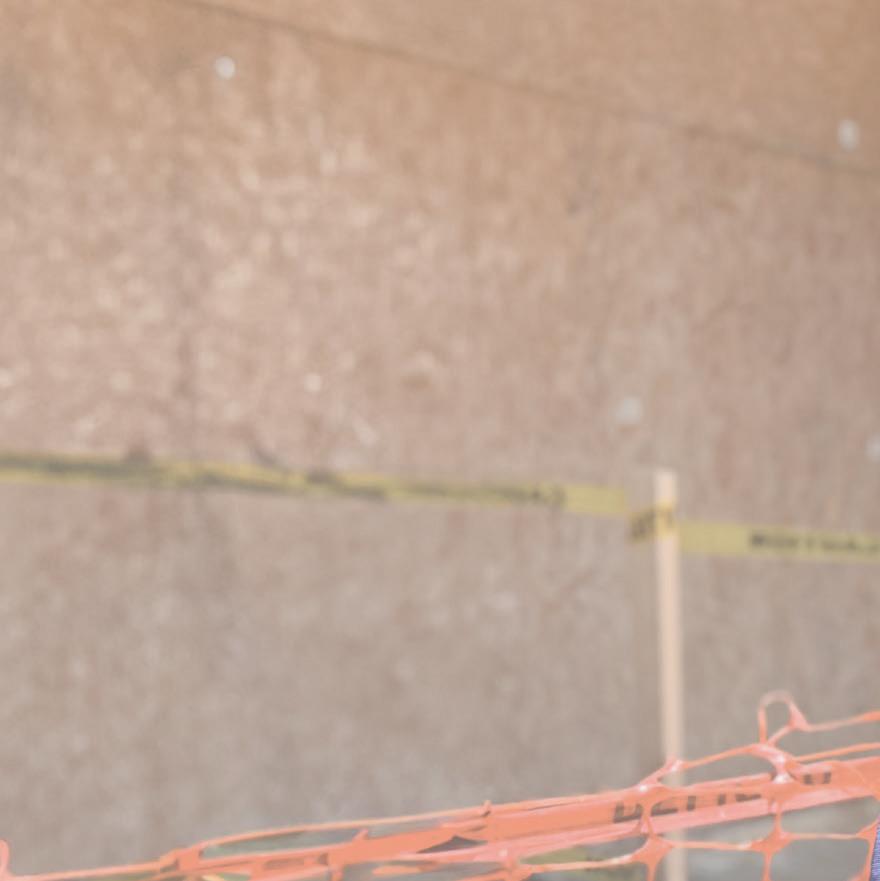




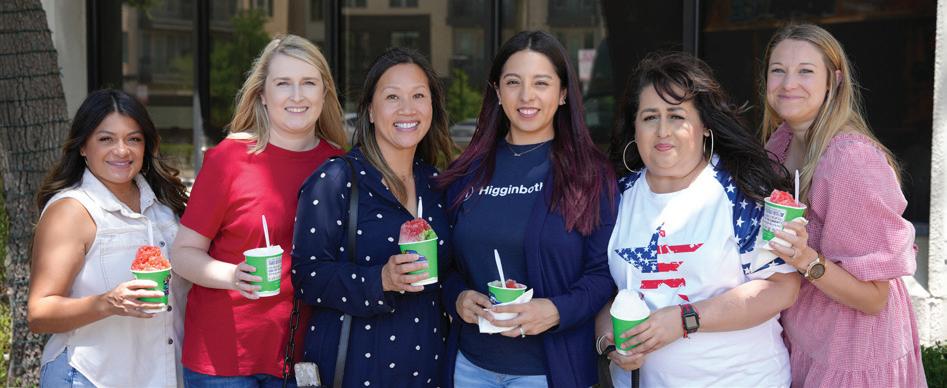

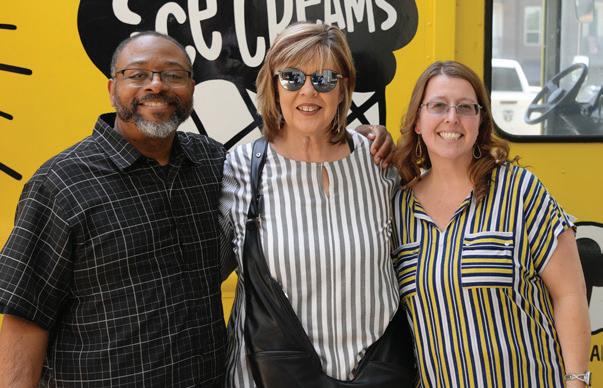
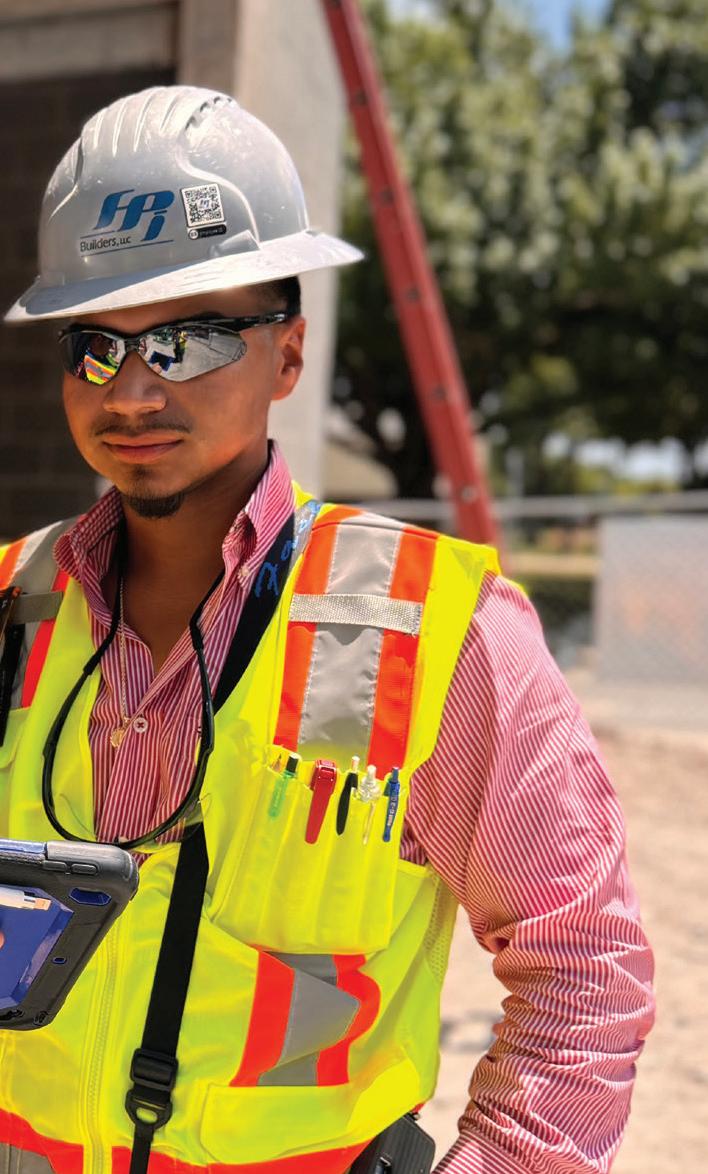

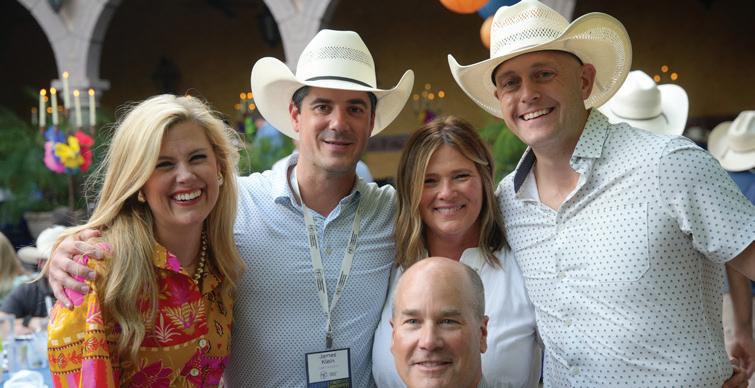
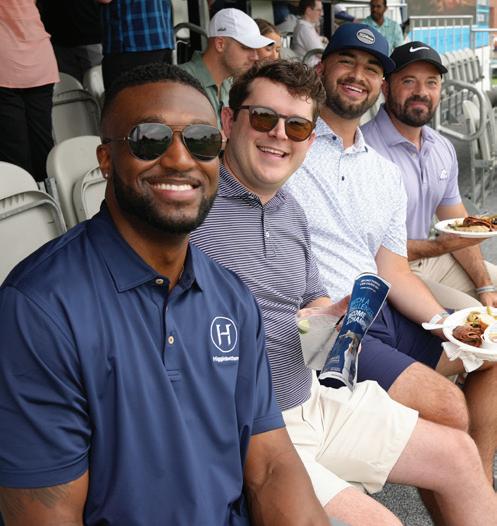
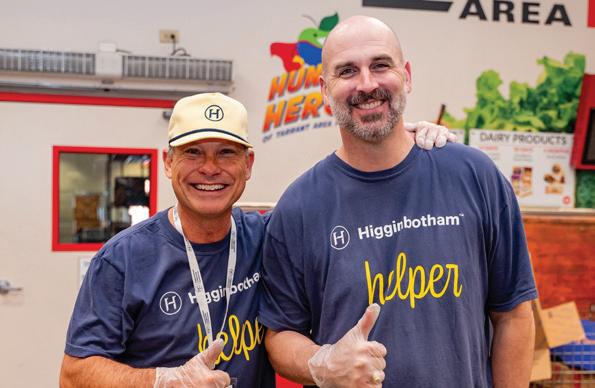

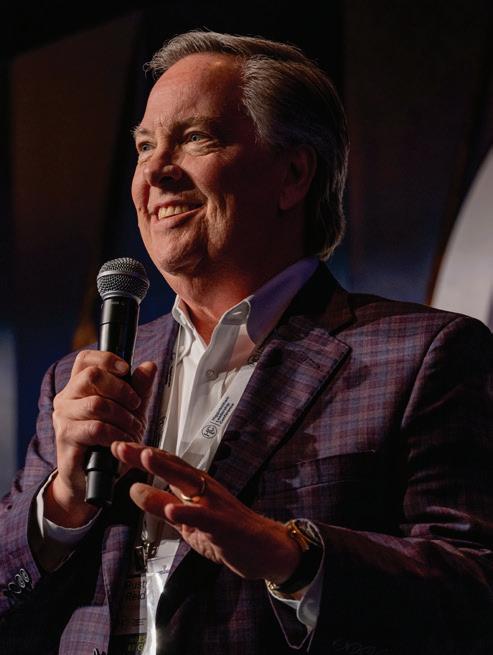



Are you stuck with a dated wardrobe? Clothes that don’t fit because you haven’t dropped 15 pounds — yet? Bonnie Thompson Smith has answers and an app for that.
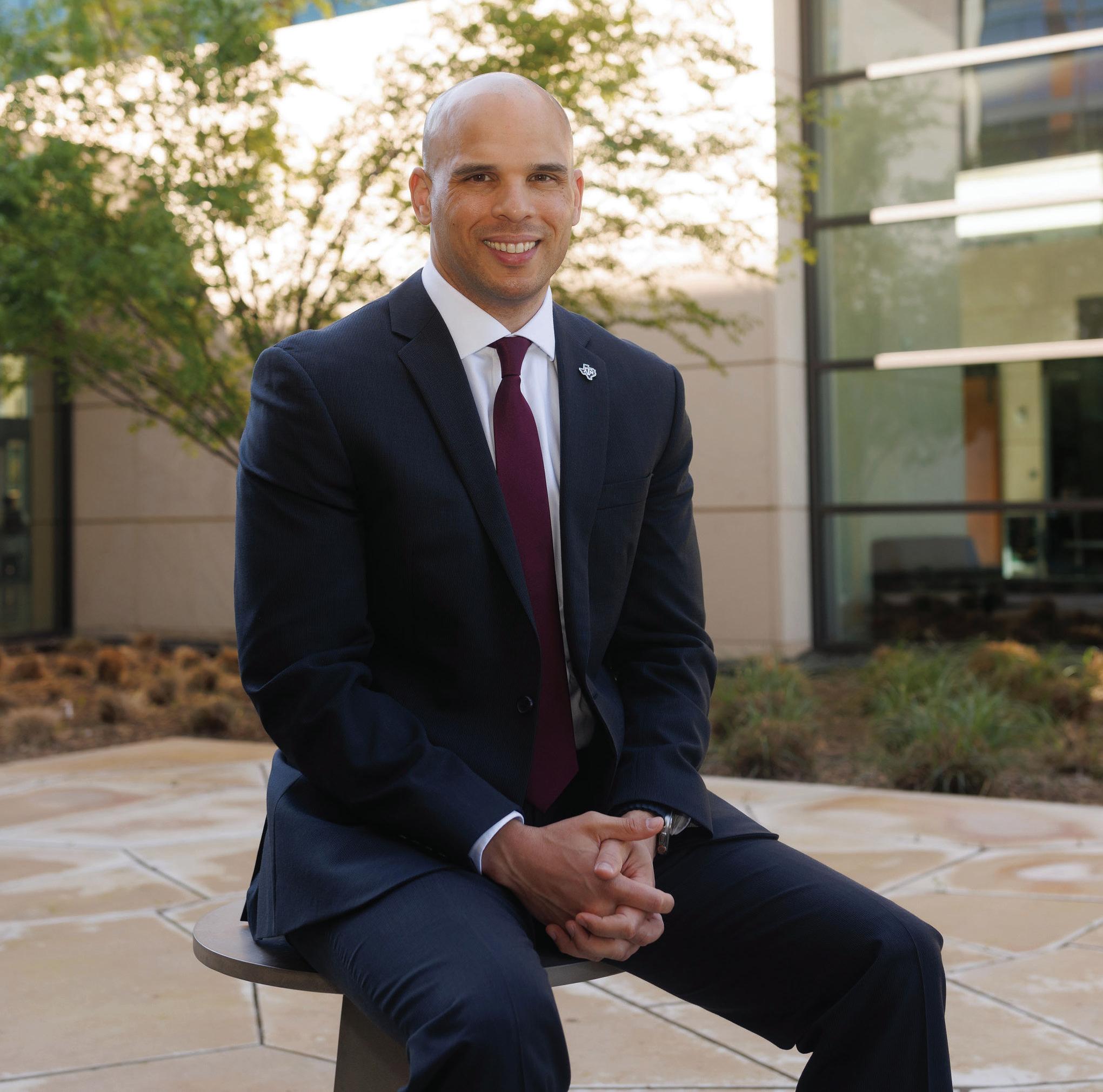
The extraordinary journey of Charles Schwab executive Christian Rodriguez.
WORDS BY JOHN HENRY PHOTOS BY CRYSTAL WISE
Christian Rodriguez sits in an office of the Westlake headquarters of Charles Schwab.
In a suit perfectly assimilated to an athletic frame molded on a major college football field and a very brief stint in the NFL, Rodriguez, by all appearances,
achieved his place in the financial services giant as typically as a cooldown in the fall.
He has bachelor’s and master’s degrees from Texas A&M, the citadel of tradition, where he was a standout linebacker under head coach R.C. Slocum.
After a short stint with the National
Football League’s Indianapolis Colts, Rodriguez turned his attention to a career in finance.
Today, he is a managing director with Charles Schwab. He heads retail acquisition and development.
Nice little story, right? Well, there’s a little more to it.
Rodriguez was orphaned at 12 years old. He was born in New York but lived the first six years of his life with his grandparents in the Dominican Republic. Rodriguez never knew his father. At 6, he moved with his mother to the states. At 12, his mother was sentenced to 27 years in the federal penitentiary.
It really goes without saying, but dysfunction and instability can dramatically disrupt a teenager's emotional, psychological, and social development.
It’s a story that often doesn’t have a happy ending without the right support or even intervention.
That’s why Christian Rodriguez’s story is all the more compelling and worth retelling.
“I went to first grade and second grade in Irving,” he says. “I went third through sixth in Euless. Got sent to military school in seventh grade and then moved to Mesquite in eighth grade.
“I've covered both sides of the metroplex.”
He lived with grandparents, aunts, and uncles. “All of the above. I’ve covered the whole gamut.” As he put it, he kept getting “kicked out” of homes. Rodriguez, as he tells it, “pushed my limits.”
“I was getting in trouble because my whole thought process was, ‘Hey, if you're smart in school and you're good at sports, why do I need to be home at midnight?’ I was just a turd, I'll just be honest with you.”
Finally, someone intervened.
A coach's responsibility to his players is to guide, support, and inspire them in reaching their full potential, both on and off the field. In many cases, coaches become father figures to their players. Mark Elam, then the head football coach at North Mesquite, went beyond for one of his players. Elam and his family — he had two daughters in high school — took
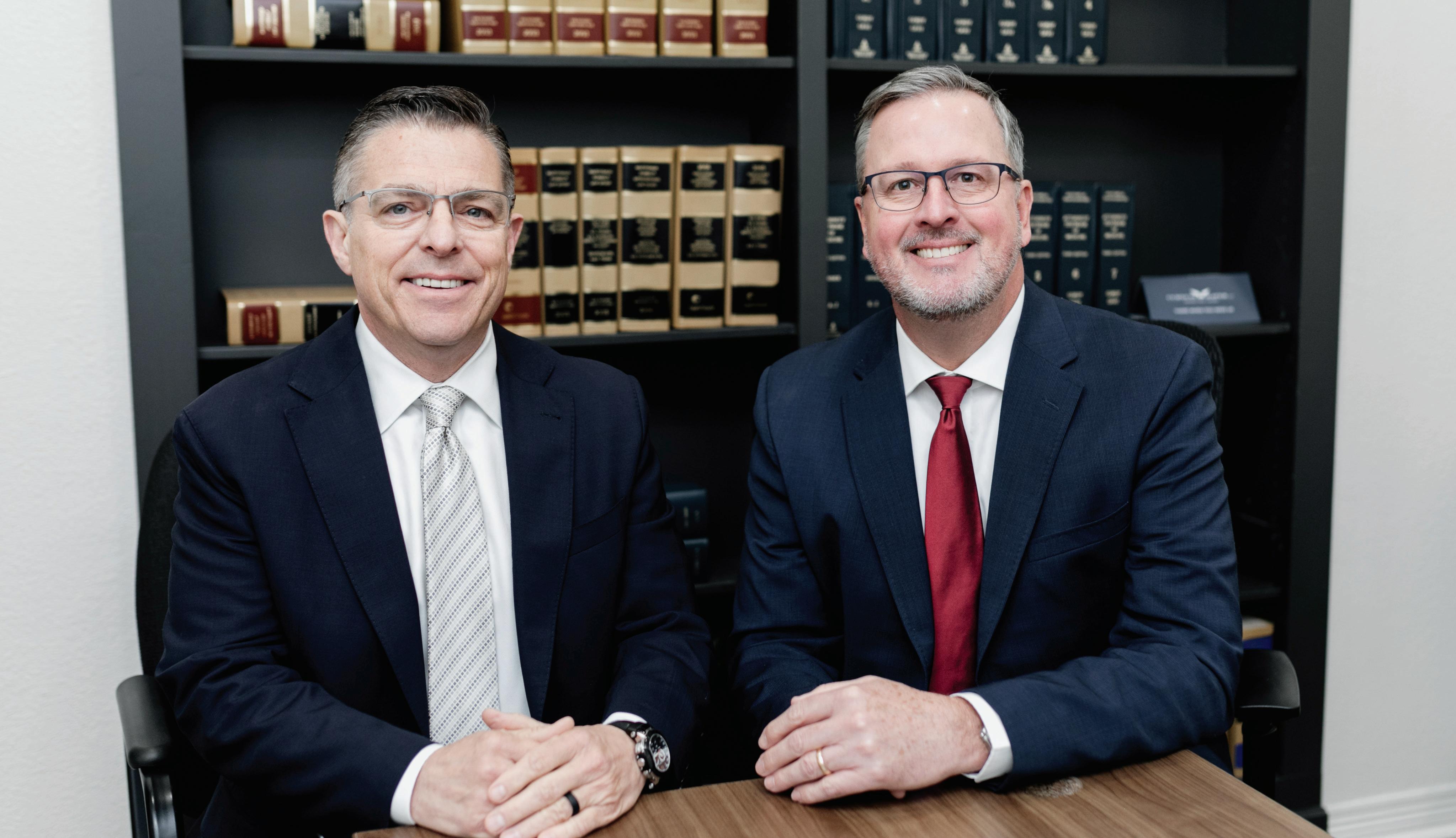

Business Litigation | Business Transactions & Formation | Serious Personal Injury & Wrongful Death
Inheritance Disputes, Estate Planning & Probate | Family Law | Oil & Gas Litigation | Appeals
AWARDS AND RECOGNITIONS
¡ 2022 Greater Arlington Chamber of Commerce Small Business of the Year – For Profit
¡ 2022, 2023, and 2024 Fort Worth Inc. Best Companies to Work
¡ Texas Super Lawyers for 11 Years ¡ Tarrant County Top Attorneys ¡ Top Attorneys in Texas ¡ Million Dollar Advocates Forum
¡ Board Certified in Personal Injury Trial Law by the Texas Board of Legal Specialization

in Rodriguez, then a sophomore who was living with a friend’s family, until he was kicked out again. He was out of places to go.
The coach offered him a place to not only live but grow. It would be, Rodriguez remembers, a “two-year contract.” Not literally, of course. There were no papers or notary involved. The coach was committing for two years, Rodriguez’s junior and senior years of high school.
“It blew me away,” Rodriguez says. “I was actually thinking about going back to the Dominican Republic. The fact that he asked that question of me tells you a lot about him, but he said, ‘I'm not just saying this off the cuff.’ He said he had given it some thought, and he had talked to his family about it.”
Rodriguez, his mentor told him, still had to get a job and he still had to make good grades and otherwise be responsible.
“The bottom line,” Rodriguez says, “it was someone that after having had my mom go to jail, not knowing my father, getting kicked out of house after house after house, it was one time that somebody was, like, ‘No, I genuinely want you to be here, and I want it to be for an extended period of time.’”
It was an “inflection point” for Rodriguez, he says. There was, at last, a stable foundation on which to grow and learn how to live. Not something that was only temporary with habits that were temporary.
“The classic quote is it takes 21 days to form a habit,” Rodriguez says. “When you live with a coach who loves John Wayne and loves discipline and loves all those other things, you build those habits in time. It's been very helpful because I saw how he interacted with his coaching staff. I saw how he interacted with players and, candidly, it's helped me in my career when I deal with people I interact with.”
The discipline that he was only first introduced to in military school in San Marcos was only affirmed and further installed with Elam.
“I don't want Coach to come out to be like this dictatorial, draconian person, but he was a yes-sir, no-sir kind of guy. He was, ‘Hey, you're going to be coming in on curfew on time, you're going to be respectful, you're going to shake people's hands and look them in the eyes.’
“All the stuff that I needed at that time in my life, for sure.”
Rodriguez, who had only begun playing football in the eighth grade, starred at North Mesquite. He ultimately picked Texas A&M over Stanford for the most ironic reason.
It felt like a home and home was Texas, which for the longest time was anything but representative of home.
“I really, really, really wanted to go to Stanford and actually was dead set on going to Stanford,” Rodriguez says.
Football wasn’t his only qualification. He was the senior class president, and his grades were good. Rodriguez finished in the top 5% of his senior class. No. 22 of 444. Right at the cutoff, impressive all the more considering he didn’t speak a lick of English when he arrived as a child and was challenged by dyslexia.
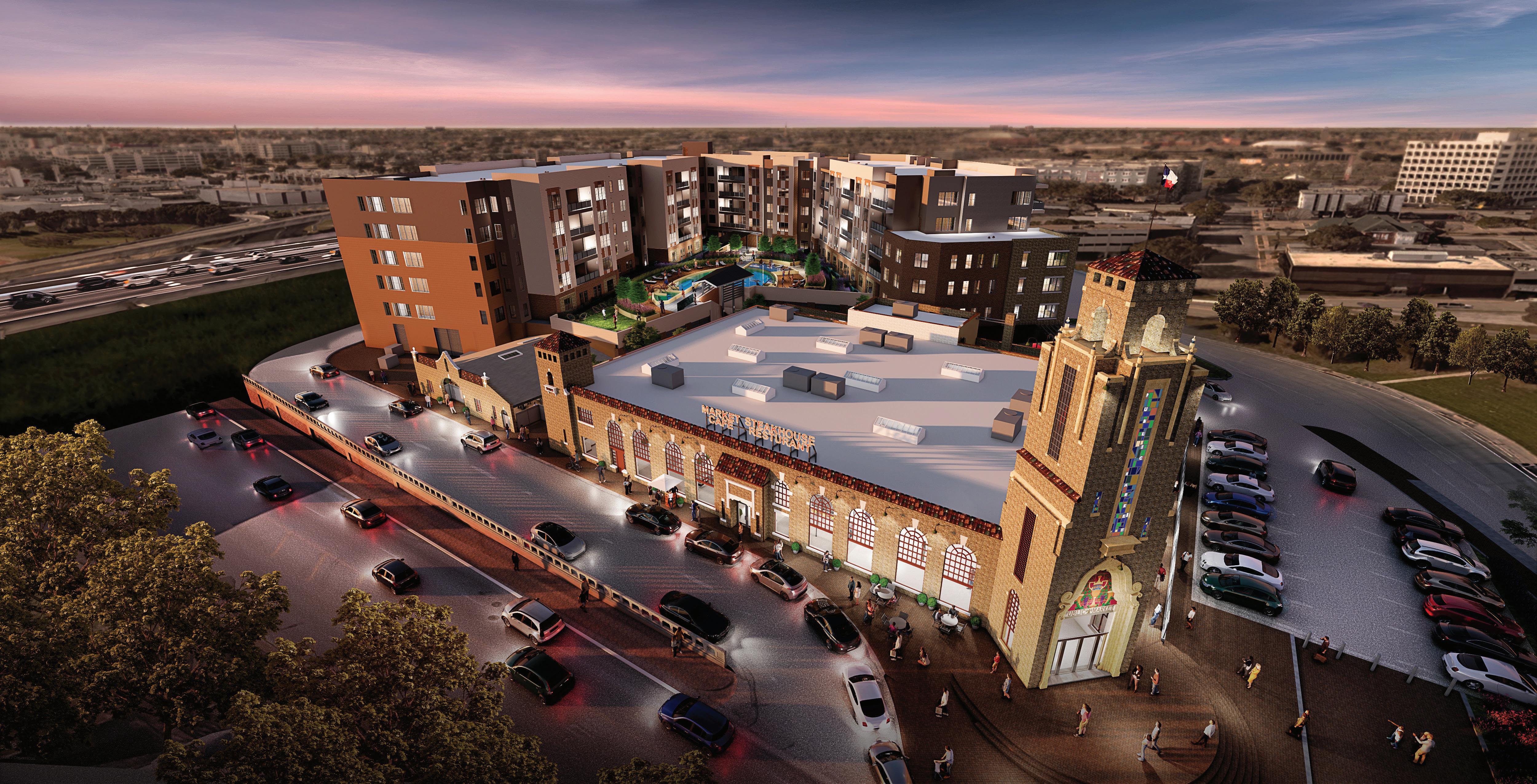
teacher or go to the dyslexia specialist and all these other things.
“As you can imagine a lot of kids were saying, ‘You’re the dumb kid’ or ‘Why do you have to do’ this and that. It stung because it wasn't truly who I thought I was. I made a pact with myself that I was never gonna allow anybody to call me dumb or stupid. I will do extra credit until midnight every night, do all those other things, but it was motivation.”
It helped being a great competitor, too. One doesn’t become a Division I college athlete on talent alone. It requires a lot of work and dedication. Likewise, work and dedication could be employed to overcome shortfalls, too.
But it was Texas A&M he chose.
“Out of all the places that I looked at, it was the one place where I felt like this is family, like this is a place where I can genuinely say I have a family atmosphere,” Rodriguez says. “When I took a step back, I was like, I need to be somewhere where I'm part of a family. And A&M really felt like that place. When you say A&M, you don't just mean the football program, you mean the entire community.”
Today, Rodriguez has a wife, Heather, and a 7-year-old son, Sebastian.
Sebastian, Rodriguez says, has three sets of grandparents. Rodriguez’s mother, whom he reconciled with, and her new husband. Heather’s parents and, of course, Mark and Sharon Elam.
They have remained steadfast in Rodriguez’s life.
“He's my dad. He’s the only father figure that I can say that I've genuinely had who has been there through the good and bad. Coach and Sharon don't have any blood, but they love me unconditionally. I love them unconditionally, and they're part of my family.”
“I was the last person in the top 5% of our graduating class,” Rodriguez says. “I was the kid that would have to get up two times or three times a day in class and have to go talk to the counselor or go to the ESL [English as a second language]










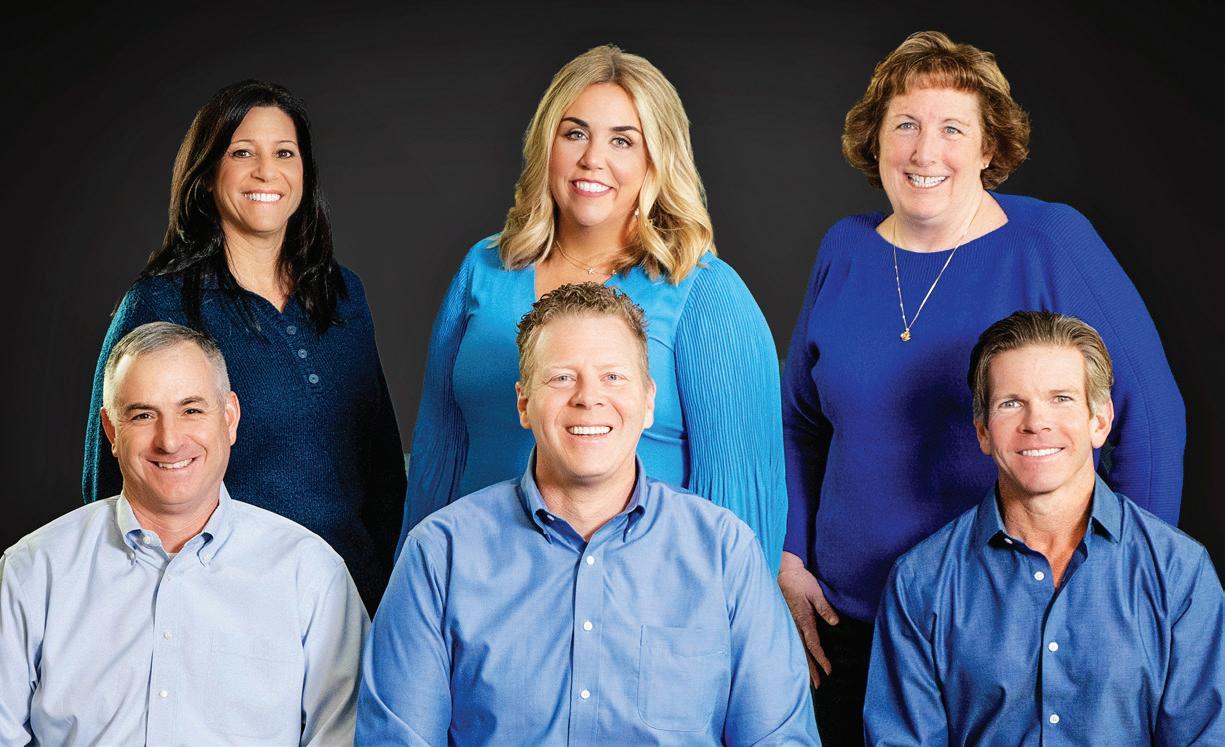
“Behind every successful company is an exceptional team. At PSK, our employees are the heartbeat of our success, making us proud to be recognized as a Best Company for the second year running.”
- Casey Campbell, Managing Partner
For the past 60 years, PSK LLP has been making a di erence. We’re a full-service accounting firm catering to North Texas and beyond, o ering tailored services for your business’s financial needs. Prioritizing relationships, PSK is committed to each client we serve, ensuring your peace of mind knowing your business is in the hands of a trusted firm.
3001 Medlin Dr. #100 Arlington, TX 76015 (817) 664-3000 www.pskcpa.com
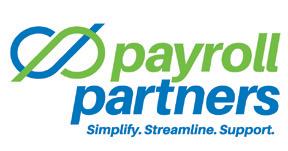
www.payrollpartners.com




Since

consultant launches app to customize your wardrobe
WORDS BY TOMMY CUMMINGS
As a casual luxury fashion consultant for Fort Worthbased SWB Agency, Bonnie Thompson Smith sometimes encounters clients stuck in a particular era.
“Each comes with their own set of, I would say, struggles — as far as wardrobes are concerned,” Smith said.
Many of us can relate. Either we’re stuck in an era of wardrobes we once felt great in, and now it’s dated. Or we’re stuck in the same aesthetic, which is still a trend, but our bodies have evolved, and the wardrobe doesn’t fit.
“I tell every client, ‘Please embrace right where you are,’” Smith says. “I’ll have a
gentleman tell me, ‘Well, I’m a 36 waist. But I’m going to get that 34, and it’s going to motivate me.’ Well, what good is that? What good is wearing a 34 when it’s going to be so tight? What are you going to wear in the meantime?”
Smith has fashioned a way to help. She solved wardrobe emergencies by assembling choices and coming up with an app that can navigate her clients’ fashion needs.
Smith, founder and executive stylist of The SWB Agency, commissioned Hue & Stripe of California to develop the app for her fashion agency. Its services include curated shopping, styling, closet design, and virtual and editorial styling. Through
the app clients can upload photos from their existing wardrobes to receive styling advice and shop for new items their stylist recommends.
“It’s a way for you to just tap a little square on your phone and kind of put the ball in our court,” she says.
Smith launched her styling career in 2005 when she was in college. She was working at Neiman Marcus when she realized that she wanted to go into business for herself.
By 2009, she had founded her own business. Today, she is renowned for styling high-fashion socialites, celebrities, and C-suite executives across the U.S., and she has secured contracts with prestigious luxury brands and networks.
Smith says her agency has sourced more than 50 luxury designers and emerging brands, including Valentino, Christian Dior, Gucci, Saint Laurent, Celine, Fendi, Christian Siriano, Akris, Carolina Herrera, and Brunello Cucinelli. She keeps up with fashion by attending shows in Paris, New York, Miami, and North Texas.
Smith says her clients tend to be about 70% female, with an average age in the late 40s, “financially stable, and living a very social, very active, very busy lifestyle.
“They have a little movement regarding their willingness to try new things,” she says.
The SWB Agency app is set to be private. Smith says potential clients must schedule a consultation on the website.
“That’s because we don’t need a bunch of strangers creating their own profiles on our database,” she says. “You’ll need to be vetted.”
Clients are onboarded in the app and can purchase time with stylists, which puts Smith to work on aggregating wardrobe choices.
“As far as style and aesthetic, there is nothing I would say no to. I’m very inclusive when it comes to sizes, preferences of a look,” she said. “Just because I wouldn’t wear it means nothing. If you have a certain image in your head, I know exactly where to find those pieces and put that puzzle together quickly for you.”


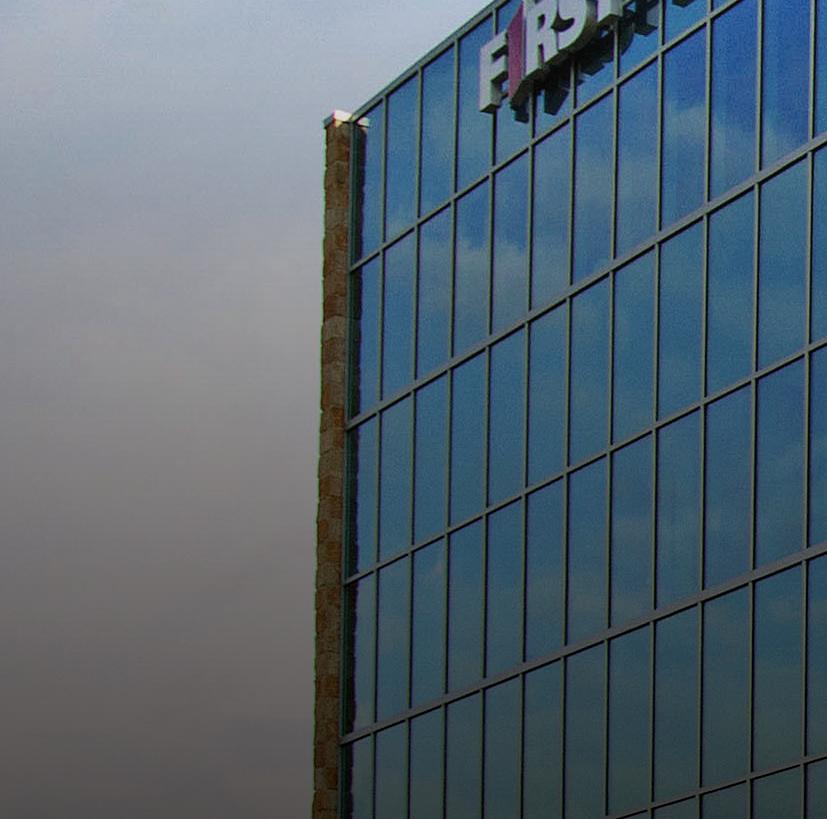
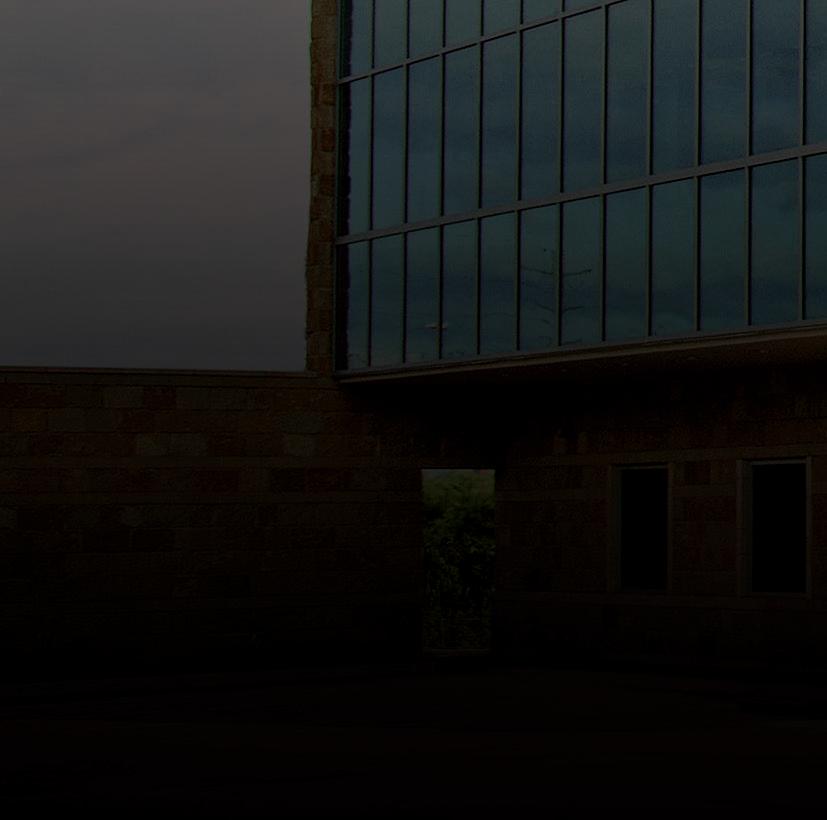






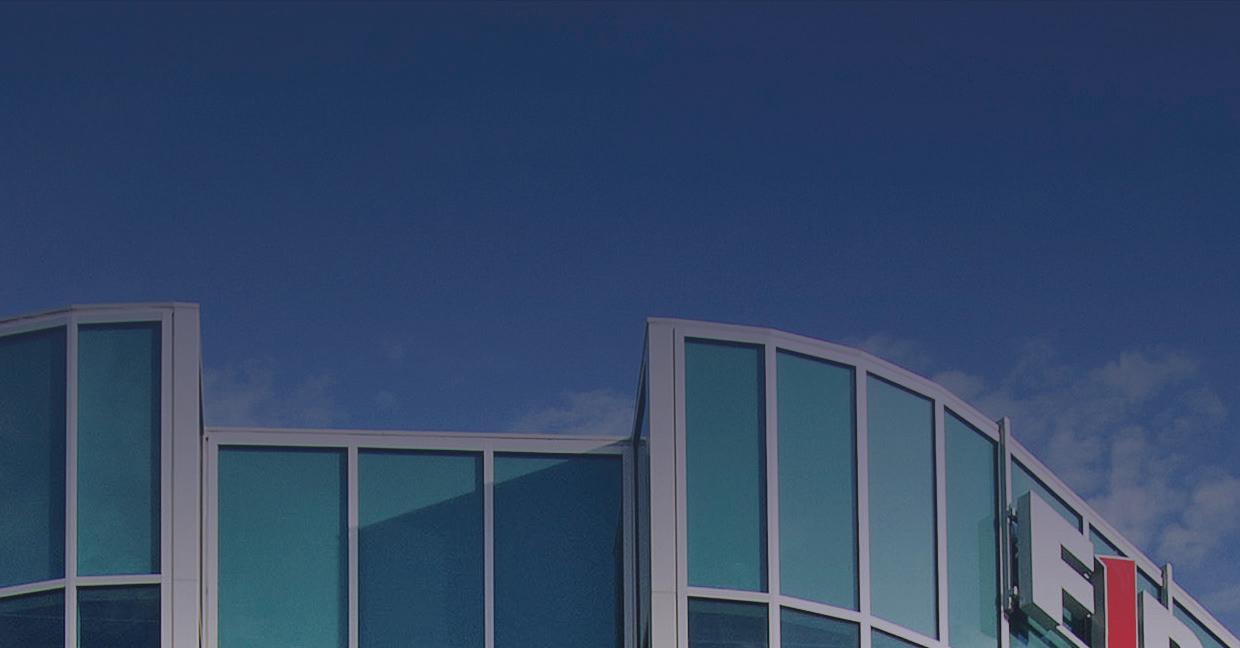




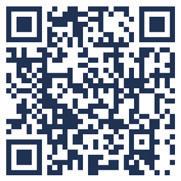





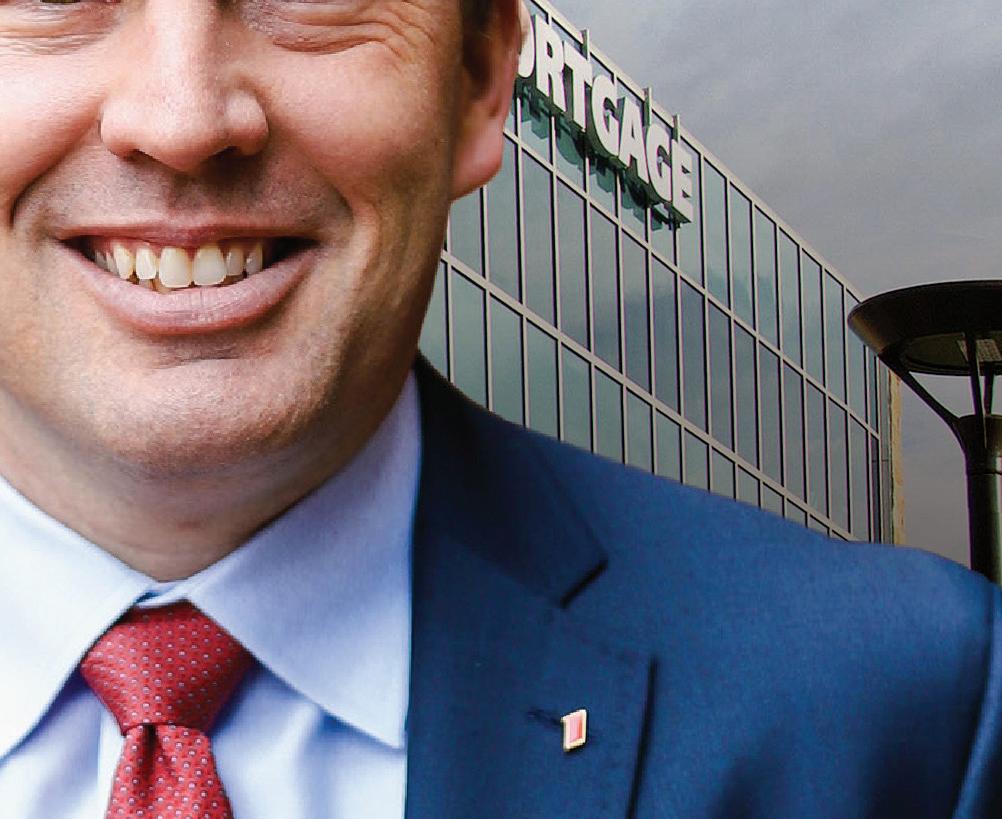



WORDS BY JOHN HENRY
It might not take a rocket scientist to operate an organ transport company, but it probably does require one to revolutionize the industry through innovation.
That appears to be what entrepreneur Laura Epstein, an aerospace engineer by training and education, is doing with Pulse Charter Connect, the Chicago-based startup we were introduced to while Epstein and the company were members of the 2023 Techstars Physical Health Fort Worth accelerator cohort.
Organ transportation is a $2 billion industry with what Epstein identified as droves of inefficiencies that cause delays and downright failures in the delivery of
thousands of life-giving organs because of logistical breakdowns.
Pulse Charter Connect is a concierge service sitting between the transplant centers and transportation fleets, optimizing the efficiency of medical logistics.
And saving lives.
“I was working for a charter company that was flying around organs and surgical teams,” Epstein says. “I saw a lot of the inefficiencies of the communication and scheduling, so, I really decided to dive in there to learn more about it and that was really how Pulse Charter Connect was started.”
Pulse Charter’s digital scheduling solution, available 24 hours a day, seven days a
week, with its real-time data and insights set it apart from traditional brokers, Epstein says.
Epstein formed the company in 2022 while she was pursuing an MBA at the University of Chicago Booth School of Business.
Aviation has always been a thing for her.
A Long Island native, Epstein has an aerospace engineering degree from University of Virginia. After graduating, she worked for the Federal Aviation Administration in Washington, D.C., as an engineer. She also has a pilot’s license. Flying was something her father wanted to do but never did, she says, perhaps inspiring her own ambition to get in the air.
On the other hand, her father did start his own logistics company.
“He was definitely what really pushed me forward to become an entrepreneur and do it,” she says. “I think by nature of doing it when I was still in school, it was a little bit easier of a path. But then it was the decision of my belief in the mission versus my opportunity cost of getting a different role.
“That was really the difficult part of deciding to do this full time. But I knew it was gonna work out, and I’m confident that we’re still gonna be able to get to our five-year goal.”
She has gone from ideation in 2022 to an operational company in 2024.
Revenue is beginning to climb with the transport of more than 15 organs, she says. Team members have grown to four full time and six part-timers.
Techstars Fort Worth helped her company, she says.
“I loved my time doing TechStars,” Epstein says. “We got to meet a lot of interesting innovators in that space. We were also able to connect with some investors in the area that ended up investing in the company.”
She took a tour of Cook Children’s Medical Center to see its fleet and how they schedule aircraft.
“Fort Worth was particularly a great community to be a part of.”
She is also working on a contract with a medical institution on the West Coast.
So, suffice it to say, things are looking up for Pulse Charter Connect.
And life itself, too.
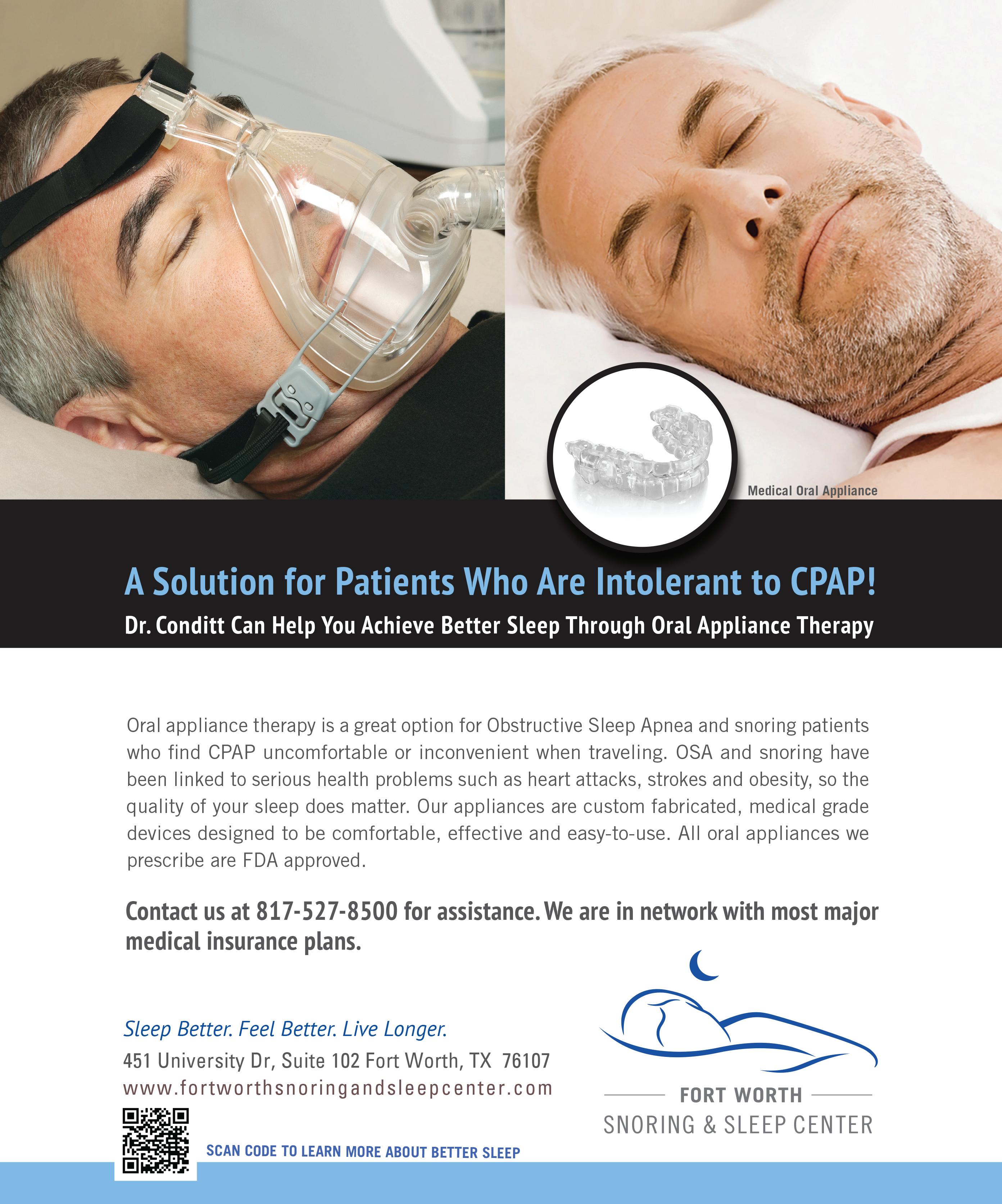

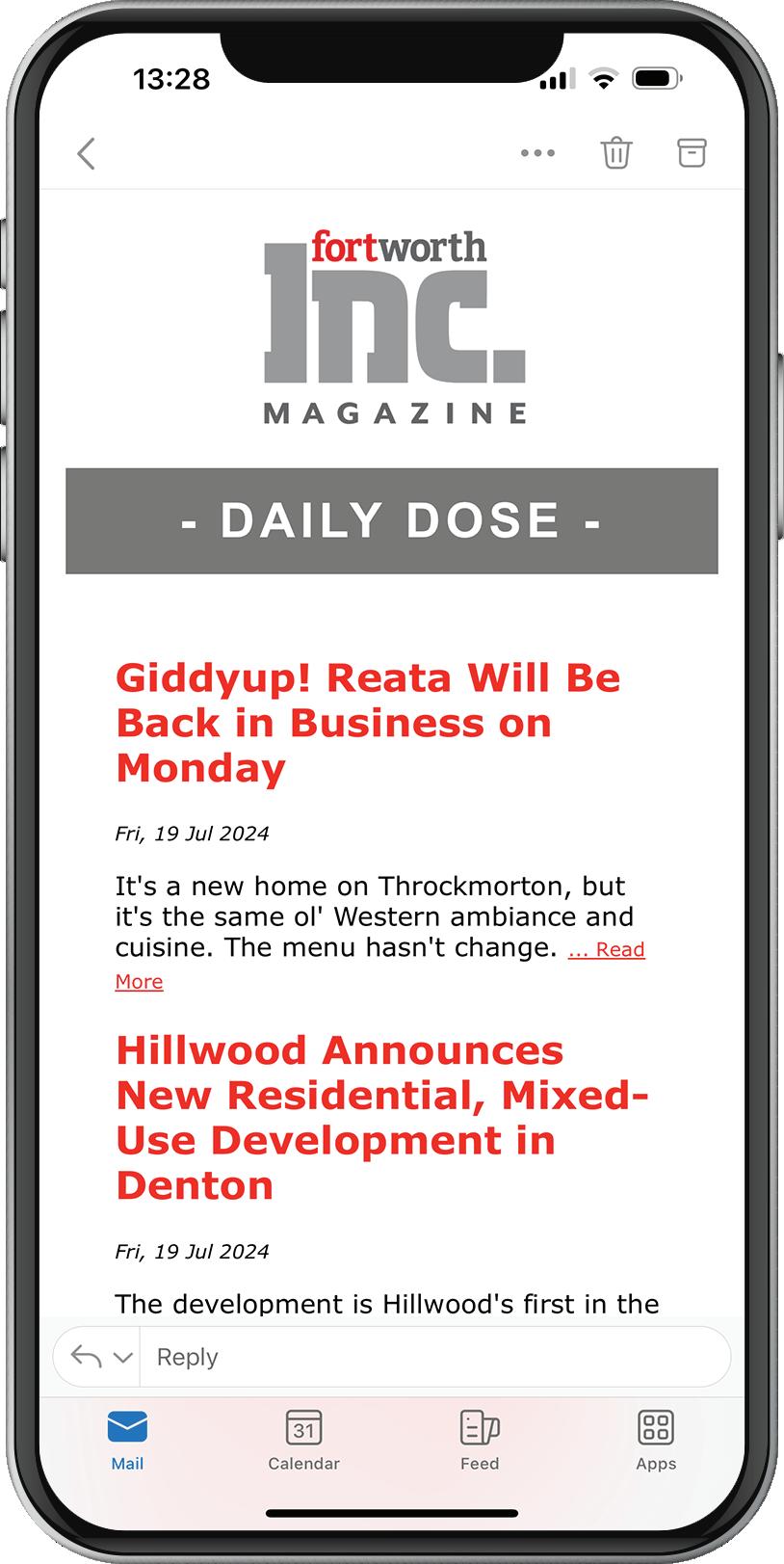


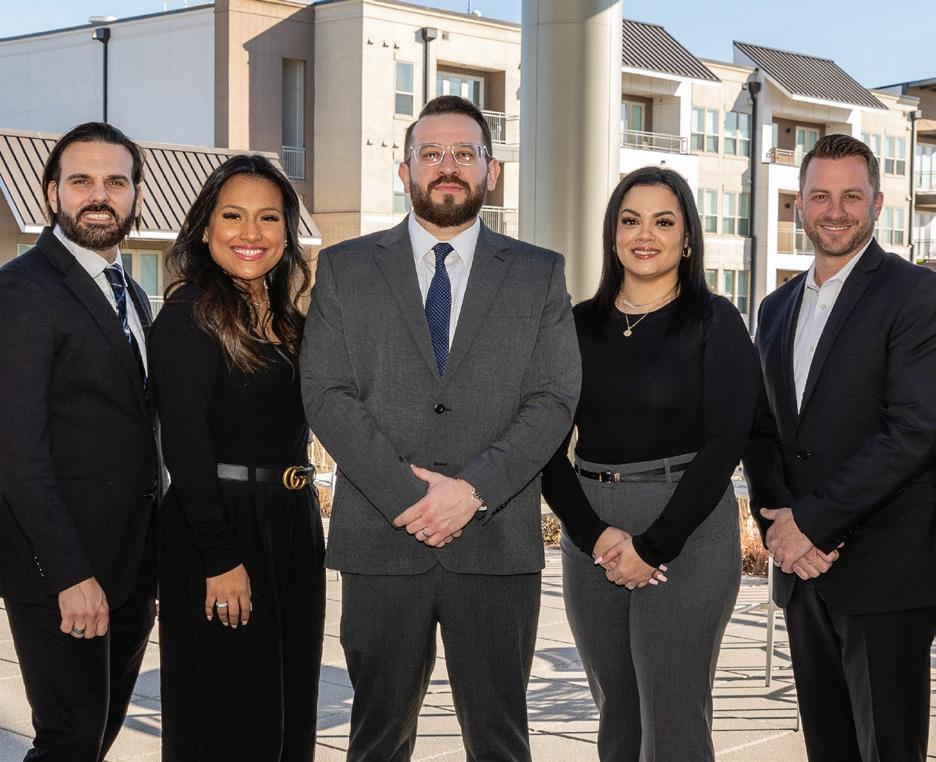






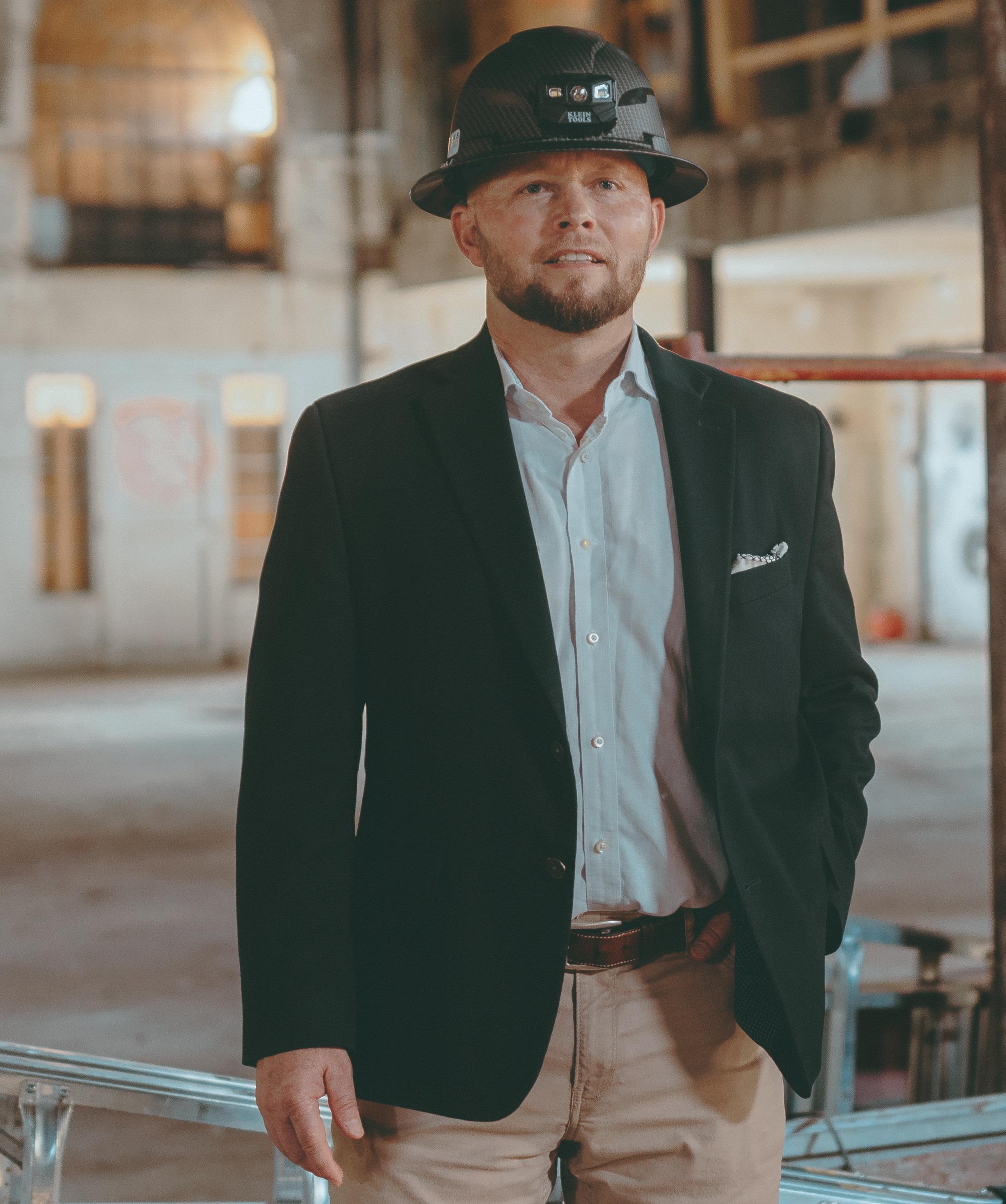

In reshaping the Public Market building landmark, Kyle Wilks and Wilks Development are linking past, present, and future.
THIS
BUILDING IS LED BY KYLE WILKS, WHO HAS TAKEN ON THE ROLE OF MUSEUM DOCENT — DOCENT WITH A HARDHAT, THAT IS — AS IF HE’S BEEN PLAYING IT HIS ENTIRE LIFE.
As he excitedly moves from place to place over this 16,000-squarefoot bottom floor, it’s clear he has studied the history of the building and space and the importance of preservation as closely as he has design and space planning, materials, and construction.
“I knew nothing about the building before we bought it,” Wilks says. “I drove [Interstate] 30 most of my life. And I saw that building all the time, and I’ve always loved it. In the process of buying the building, we started learning about the history.”
There were stalls all throughout the building, he says, vendors selling their wares. Meat, tea, and fruit, among them. He points above us to a balcony and balustrade. Beyond that is what appears to be a bank teller’s cage. A set of bars, probably the same set of bars from yesteryear, separates the teller from the vendor.
“Once the merchants were done for the day, they would run their money up there,” says Wilks, 45, as I picture him telling me this as enthusiastically as the first time he told the story. “That’s where they did the money changing in that mezzanine.”
He pivots on a dime and points to a set of stairs descending into a basement. Here’s where vendors, he says, could store supplies in ice in a cooler environment.
“It seems kind of dark,” he says rhetorically of the lighting, “but when all these windows get redone, there will be a lot of natural light flowing in here.
“This is going to be a great space.”
Rather than a tour, our visit was more a pilgrimage and an unambiguous message that nothing would be done here that would trample or otherwise contaminate the sanctity of history or preservation.
On the vacant lot behind the historic edifice will be The Harden at Public Market, an active senior living facility of 199 rooms in a fivestory structure that will include a parking garage.
A coffee shop or restaurant or both from a to-be-determined vendor will be located in the building itself, probably in about the same place as a bakery that set up shop there long ago.
The Woodmont Company will be handling the leasing. The rectangular shape of the building allows possibilities, including retail, the firm believes.
Many around here had doubts anybody would ever follow through on redevelopment. But doubt no more. The proof is in the structure beginning to transform the once empty lot behind the Public Market building. The building is beginning to tan as it reaches closer to the summer sun.
The steady hum of machinery and the rhythmic clanging of hammers on the worksite create a symphony of beautiful music to the ears of any developer.
As well as the city.
This project is a welcome development in the city’s reimagining of the southern corridor in downtown as a vibrant center of mixed-use which will connect seamlessly to the Near Southside.
“We looked at a lot of different concepts. And to us, a senior living tower in the back, just locationwise, made a lot of sense because we're kind of in the triangle of the Medical District, the Seventh Street area and Cultural District, and then downtown.”
As CEO of Wilks Development, a private company based in Benbrook, Wilks identifies and evaluates potential developments, conducts due diligence reviews, creates the financial models, designs sites, and oversees construction.
His reputation as a hands-on executive who likes to get his hands dirty in the work is manifestly evident even during our tour. He often makes personal visits to the site to get an update on progress on work on the Public Market building. I found him making the rounds as I arrived for our meeting.
Wilks and the company are behind the $54 million redevelopment of the historic landmark in what was once a lonely, desolate southwest corner of downtown Fort Worth at the confluence of Henderson Street, West Lancaster Avenue, and Interstate 30.
The building had suffered from an identity crisis for decades and neglect from sitting vacant for the better part of 20 years. All the signs of abandonment were present, including the work of vandals.
The company purchased the property from Bob Simpson in 2014. That was when the brainstorming began.
“The Fort Worth Public Market sits along a major thoroughfare connecting the Near Southside to the southern end of downtown Fort Worth, which will see more growth, activity, and investment as Texas A&M-Fort Worth and other projects come online,” a spokesperson for the city says. “So, we’re very glad to see a passionate development team seize this opportunity to create a plan for the site and get to work making it happen, which will help build on the area’s momentum.”
It’s momentum that will really take off once — or if — development begins on the long-vacant Texas & Pacific Warehouse. But that’s another story.
The city has been closely involved in the redevelopment of the Public Market. Wilks has applied for a Historic Site Tax Exemption, which would freeze the assessed tax valuations on the land and any improvements at pre-renovation values for a period of 10 years. That application will be taken up for approval by the Historic & Cultural Landmarks Commission and ultimately the City Council once work on the project is complete.
The property was listed as a Texas historic landmark in 1980 and placed on the National Register of Historic Places in 1984. Those designations will allow Wilks historic tax credits available to developers who renovate historic properties.
The name of the building is an homage to the original developer, John J. Harden, an Oklahoma native who began developing real estate in Fort Worth in 1928. His first two projects were the Rose Hill Burial Park, the final resting place of JFK assassin Lee Harvey Oswald 35 years later, and the Bluebonnet Hills neighborhood near TCU.
Harden had previously developed public market buildings in Tulsa and Oklahoma City. Fort Worth’s Public Market building was designed by B. Gaylord Noftsger, another Oklahoman. It was constructed in six months, the total cost $200,000.
It opened on June 20, 1930.
“This is a very significant site to the architectural fabric of Fort Worth,” says Mark Dabney, who leads the Fort Worth office of BOKA Powell architects, which did the designs on the redevelopment. “When this building opened in 1930, this was a vibrant neighborhood. There were homes just right over there on Rio Grande Avenue, all the way down Henderson to Seventh Street and back up to Summit Avenue.”
The Public Market building was used by local farmers and vendors, as well as other businesses. It was built to give farmers a central marketing place and to clear streets of parked produce wagons.
Under terms of Harden’s agreement with the city, the city passed an ordinance regulating huckstering on streets and agreed not to permit construction of a similar market within a 2-mile radius for a period of 10 years. The city also permitted the market to charge a maximum rent of 65 cents daily per stall. Thirty-five cents would be charged the first year, according to reports published at the time.
It closed in 1941, a victim of circumstances of the terrible turndown of the Great Depression. The building was sold to a lumber company and subsequently other owners.
It fell into disrepair in the decades since but has been a source of intrigue among developers and the general populace for years because of its distinctive identity and location.
“We
town where everyone knew him, entered the First National Bank two days before Christmas and almost got off in taking $12,000 in cash.
Just about everybody in town, literally, came out to confront them. Naturally, the vigilantes were all armed.
Over 15 minutes of chaos, according to one report, more than 200 shots were fired. The police chief, an officer, and one of the bandits were killed. Of the three remaining perps, who were caught after a dayslong manhunt, one was sentenced to life in prison, another met his demise sitting in the electric chair, and the last, the brainchild of the operation, was lynched in Eastland. He is buried in an unmarked grave in Mount Olivet Cemetery in Fort Worth.
knew whatever we settled on had to do a couple of things. One, it had to be very respectful of the history and the community, and then whatever we put in the Public Market building would need to resonate with the community and be something that was public facing. We are proud to be a part of the restoration of this iconic building and to preserve its legacy for the generations to come.”
Wilks says the company explored a number of options for redevelopment, including multifamily and a hotel.
“We looked at a lot of different concepts,” Wilks says. “And to us, a senior living tower in the back, just location-wise, made a lot of sense because we’re kind of in the triangle of the Medical District, the Seventh Street area and Cultural District, and then downtown.”
Wilks goes on to explain that active senior living here means 62 years and older.
Whew, I joke (terribly). I’m not eligible yet.
“When you are,” Wilks interjects with a glimmer in his eye and wry smile, “you come see us.”
Cisco, Texas, is about a 1½-hour drive southwest from Fort Worth. Out past Weatherford and across U.S. 281, Santo, Gordon, Strawn, and Ranger dot the map along the way. (Don’t forget to visit Mary’s in Strawn.)
A short trip up U.S. 183 off Interstate 20 and you’re in Cisco, a town of just under 4,000 people in Eastland County. At its height, some 10 years after the Ranger oilfield was discovered in 1917, Cisco boasted a population of 15,000.
Believe it or not, the first hotel Conrad Hilton acquired, the Mobley Hotel, was in Cisco. Conrad Hilton Boulevard marks the history. I find this hard to believe, but Lawrence Welk is said to have his first paying jam session, or something, in Cisco.
The most famous — or infamous — event in Cisco was the Santa Claus Bank Robbery in 1927.
Four men, one in a Santa Claus mask to disguise his identity in a
The Wilks family wasn’t yet in Cisco in the late 1920s.
Voy Wilks would come to Eastland County in the late 1940s or early 1950s, and finally Cisco shortly after.
Voy’s story is the start of perhaps the dreamiest of American dreams, right up there with all the others whose beginnings were marked by the hardscrabble and resilience that showcase an indomitable spirit of faith and will.
At his death at age 89 in 2010, Voy left behind five adult children, 42 grandchildren, and 46 greatgrandchildren. He was also instrumental in the founding and growth of the Assembly of Yahweh. He was born in Burnett County to a family who, at least for a time, lived in a goat shed.
Around 1947, several members of the Ramsey Church of Christ, located a few miles north of De Leon had a disagreement with their fellow congregants on a doctrinal issue concerning the millennium. This disagreement led to their expulsion. Among the group was Charlie Fenter, his daughter Myrtle, and Voy, Myrtle’s husband.
When Charlie passed away in May 1952, Voy took on the responsibility of leading weekly worship services. Leading the weekly services is really not a fair accounting. Voy was a leading thinker in the Assembly philosophy.
The Assembly of Yahweh essential tenants are that Yahweh is the “heavenly Father alone,” the only creator. Yahshua is the son, “our King, Messiah, Mediator, and High Priest. Our perfect Mediator between Yahweh and man.” The faith tradition does not believe in the concept of the Holy Trinity.
The Assembly of Yahweh remains a central focus of the Wilks family.
“That’s big for us,” Wilks says. “Always has been, always will be. I keep the Sabbath. So, sundown on Friday to sundown on Saturday, I’m at church, we rest, focus on family stuff, like playing with the kiddos, and just doing something that’s not work. We don’t buy, we don’t sell on those days.”
It was Voy who also introduced the family business, masonry.
He was working for a glove manufacturer in Cisco. Voy asked for a raise, but management declined. He got mad.
“I wouldn’t say ‘mad,’” Wilks says. “My grandpa didn’t get mad. He would just get, I don’t know what the word is, maybe upset. He might get a little upset, but that was the extent of it. But, yeah, they wouldn’t
give him a raise at the glove factory.
So, Voy walked away from the job to become a bricklayer, answering the call of a company looking for bricklayers. He had never laid a brick in his life.
“He told them he was a bricklayer,” Wilks says. “I guess technically he was right. Who couldn’t lay a brick? He got in and just figured it out. He was pretty sharp on the uptake.
“It was a good decision. In looking back, I’m glad he did it. But that started the bricklaying dynasty.”
Wilks laughs at the phrase he just used, “bricklaying dynasty.” I laugh. The whole group of us sitting there laugh.
The most famous of the now more famous Wilks family are Voy’s sons, Ferris and Dan.
The “Wilks Brothers,” as they are collectively known, derisively in some circles because of the principles they live by and the money they use to support them. Kyle Wilks is the son of Ferris Wilks, who is a pastor at the Assembly of Yahweh, the site about 10 miles south of Cisco.
The brothers followed their father into the bricklaying business. After years of working in the business and as entrepreneurs in the industry, the brothers came together to form Wilks Masonry in 1995.
They found work all over the southwest, picking up projects east and west, north and south. Universities, sports stadiums, medical facilities, county courthouses, and other government buildings. Business has been good, and they are still in it.
The Wilks brothers also dabbled in the oil and gas business. They had drilled a well just west of Cisco. I’m not sure where. Most of the wells out there are shallow, 2,000 or 3,000 feet.
“They've
kind of the mindset they’ve always had: ‘Where there’s a will, there’s a way, and we’ll kind of figure it out.’ That’s what they did. They just started figuring it out.”
At first, they catered to customers like them — those who couldn’t get or afford the big guys to complete the wells.
In 2011, the brothers sold their part of the company for a combined $3.5 billion to a group led by Singapore-based firm Temasek.
According to Forbes, Farris Wilks, 72, is worth $2 billion. His brother Dan, 68, is worth $2.1 billion, according to Forbes. Together, they have become the 12th-largest landowners in the U.S., acquiring 672,000 acres of land in six states across the West.
Ferris still lives on the property his grandfather purchased years ago.
From the goat shed to Gulf Streams.
They have attracted scrutiny and criticism for the causes they support, namely conservative, far-right politics. They have been accused of driving Texas rightward because candidates can’t afford to spurn them.
been pretty active,
even though the
reality is
I haven't
heard my dad actually talk about politics in probably
four
The Wilkses were big supporters of Ted Cruz’s presidential candidacy in 2016, and more recently Ferris and Tim Dunn, another oil billionaire, spearheaded Texans for a Conservative Majority, a Political Action Committee designed to take aim at moderate Texas House Republicans.
years. He just talks about ranching, Scripture stuff, he talks about family, sports. I haven't heard him talk about politics in a long time. Obviously, they have core beliefs and core principles that I would say are very traditional.”
The Wilks needed the well completed. In my layman’s attempt, completing a well is the phase in the extraction process that prepares the drilled well for production. This involves a series of technical operations designed to ensure the well can efficiently and safely extract oil or gas from the underground reservoir to the surface.
Fracking was en vogue, particularly with its use in the Barnett Shale.
“They picked up the phone, and they called the four majors at that time and told them what they had,” Wilks says. “‘We’ve got this well that is close to completion … .’ Three of them didn’t call them back. And one of them said, ‘Here’s our price, and we’ll see you in a year. And if you don’t like the price, don’t call us.’
“So, they’re like, ‘If you can treat your customers like that and charge those kinds of prices, we got to figure this out.’”
The brothers put together this “little ragtag” team of pumps and went up and did the completion themselves.
“Probably not the best frack ever done,” Wilks says, laughing. But the experience started a new oil field services company in 2002: Frac Tech.
“From that, they just started noodling away,” Wilks says. “It was
“They’ve been pretty active, even though the reality is, I haven’t heard my dad actually talk about politics in probably four years,” Wilks says. “He just talks about ranching, Scripture stuff, he talks about family, sports. I haven’t heard him talk about politics in a long time.
“Obviously, they have core beliefs and core principles that I would say are very traditional.”
Any controversy they might be involved in, though, hasn’t impacted business at Wilks Development.
“It’s been our discovery that unless you build a bogeyman in your head when it comes to that kind of stuff, when we’re dealing with municipalities and stuff, they treat you very fair,” Wilks says. “But what they expect is for you to deliver. I don’t think [the politics] matters. If you don’t do what you say in these municipalities, that’s the No. 1 thing that will get you in trouble. I think we’ve been pretty successful so far, and we intend to continue that.”
Out of the sale of Frac Tech were born a number of new Wilks enterprises. One of those was Wilks Development.
Kyle Wilks had been a vice president at Wilks Masonry and executive vice president of Frac Tech during the company’s high growth phase.
Since its founding in 2012, Wilks Development has completed more than 30 projects, including Willow Park North, a master planned community that opened in 2018 with a roughly 60,000-square-feet mix of retail, restaurant, and office.
The Village at Crown Park in Willow Park was the company’s first project. It was a multifamily development, which the company sold to


Olympus Property in 2018.
“We didn’t know what we were doing, but we knew how to build stuff,” Wilks says of that first project. “So, we just kind of started. And we started with one project. And then we just continued to grow the business to now we’re fairly large. And we’re still learning stuff every day, but that’s how we got into it.”
Wilks says if he had a crystal ball, the company would’ve bought “everything we saw” in 2011.
“But who knew? Everything was coming out of the financial crisis. It’s just high to the right on the real estate side since then.”
Like many of the Wilks’ businesses, the development firm is literally family run. Some of the Wilks’ businesses are portfolio companies run outside the family. Many, though, like Wilks Development are family operated.
In addition to Wilks, his older brother Josh is executive senior vice president and handles projects in West Texas. Their cousin, Jess Green, is the company senior vice president. He manages day-to-day operations in the Fort Worth office, along with spearheading most of the firm’s projects in Dallas-Fort Worth. Green is the lead on the Public Market.
Family is important to the Wilks culture. The work of masonry required the family to move quite a bit while Wilks was growing up because they moved from job to job. Generally, those jobs lasted 12 months, Wilks says. Waxahachie, Fort Worth, Lubbock, Borger, Greenville.
“You name it,” Wilks says. “My mom, bless her heart, she homeschooled us. She was a great teacher. I was a questionable student.”
Wilks comes from a brood of 11 brothers and sisters.
“So, you can imagine,” he says.
He drives into Fort Worth from Cisco once or twice a week generally. A stop at the Public Market is usually part of the trip.
The ambitious plan for the Public Market included a process of long discernment.
“When we purchased it, we didn’t know what it would be exactly, but we knew it would be something significant,” Wilks says. “And we loved it. Our family background is in masonry. So, our family always loved this building. We’ve really had a lot of respect for it because the craftsmanship that it takes to build something like this.
“We knew whatever we settled on had to do a couple of things. One, it had to be very respectful of the history and the community, and then whatever we put in the Public Market building would need to resonate with the community and be something that was public facing. We are proud to be a part of the restoration and to preserve its legacy for the generations to come.”
The new property will be open next year. A fire in 2022, likely set by vagrants, was a temporary setback.
The vision of The Woodmont Co., the leasing firm, is a destination spot, such as a restaurant with a prominent chef. There is plenty of space for other tenants.
“We want people to feel when they come to the Public Market after we reopen it to have that same sense of awe and community and amazement as those people when they first opened it in 1930 must have felt when they walked in and they’re like, ‘That’s awesome,’” says Wilks. “That’s our goal.”
Being named
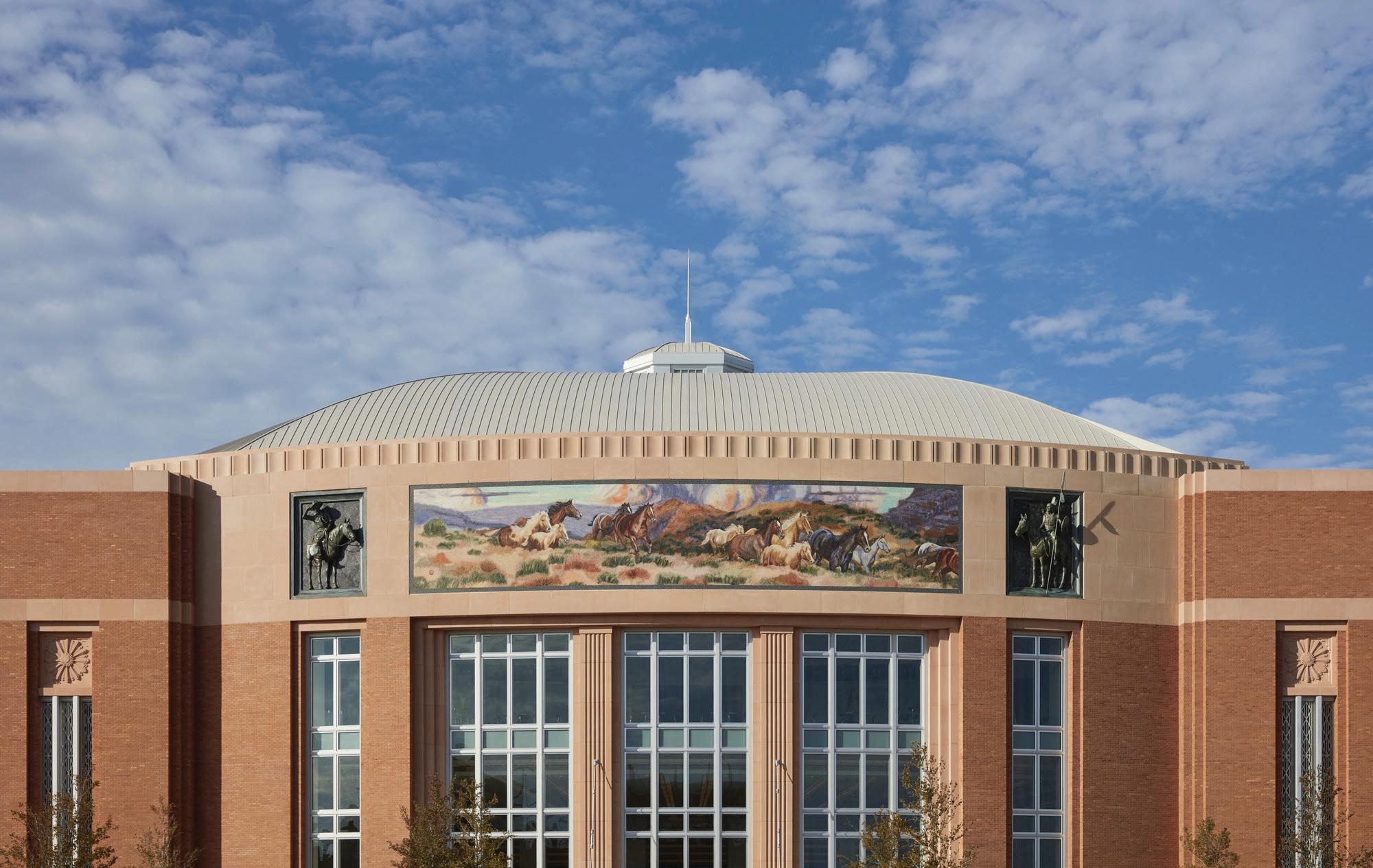
We’re proud to help strengthen our communities and build trusted partnerships along the way.
At Crossland, we don’t just build structures, we build relationships. Building So Much More is more than a motto—it’s our mission. Our commitment to personalized service goes beyond construction. We are proud to build the communities where we live, thrive, and volunteer.
From complete educational campuses and vibrant community facilities to expansive industrial parks and state-of-the-art retail centers, our portfolio is as diverse as Texas itself.
If you have a building project on the horizon, we’d love to chat!
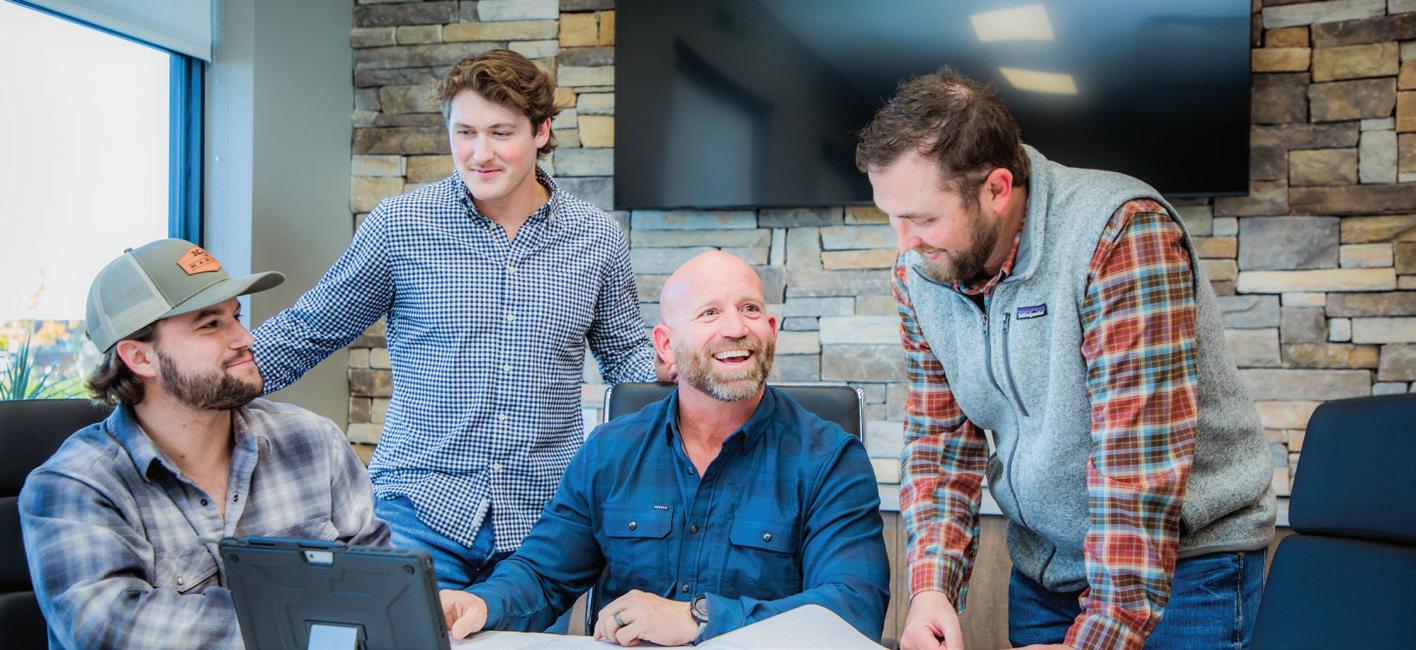
www.crossland.com
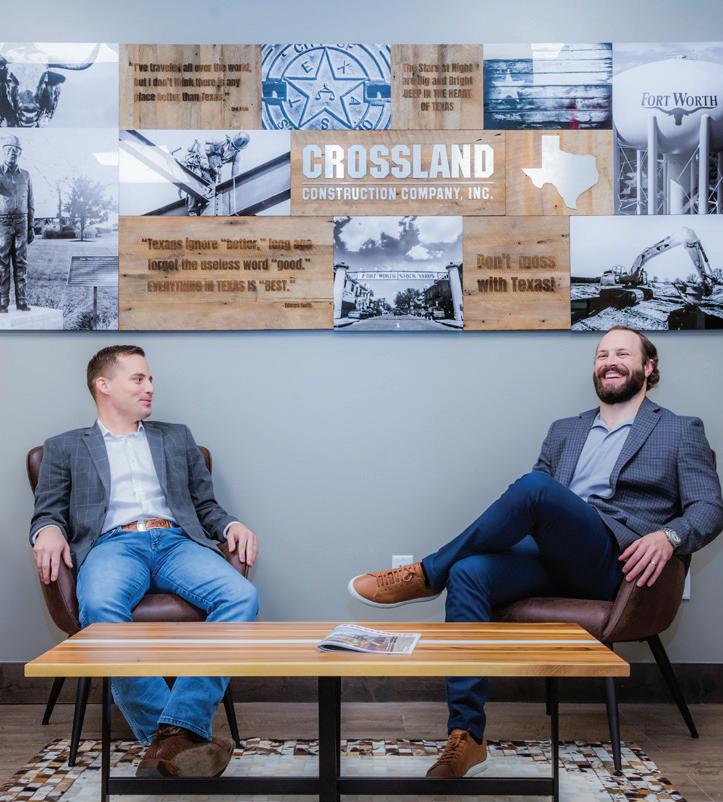
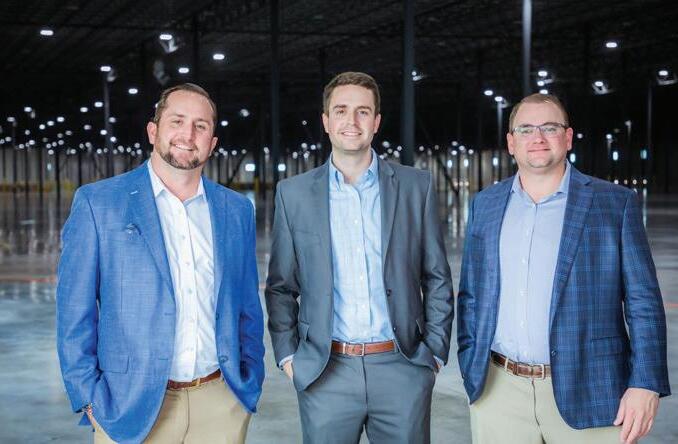



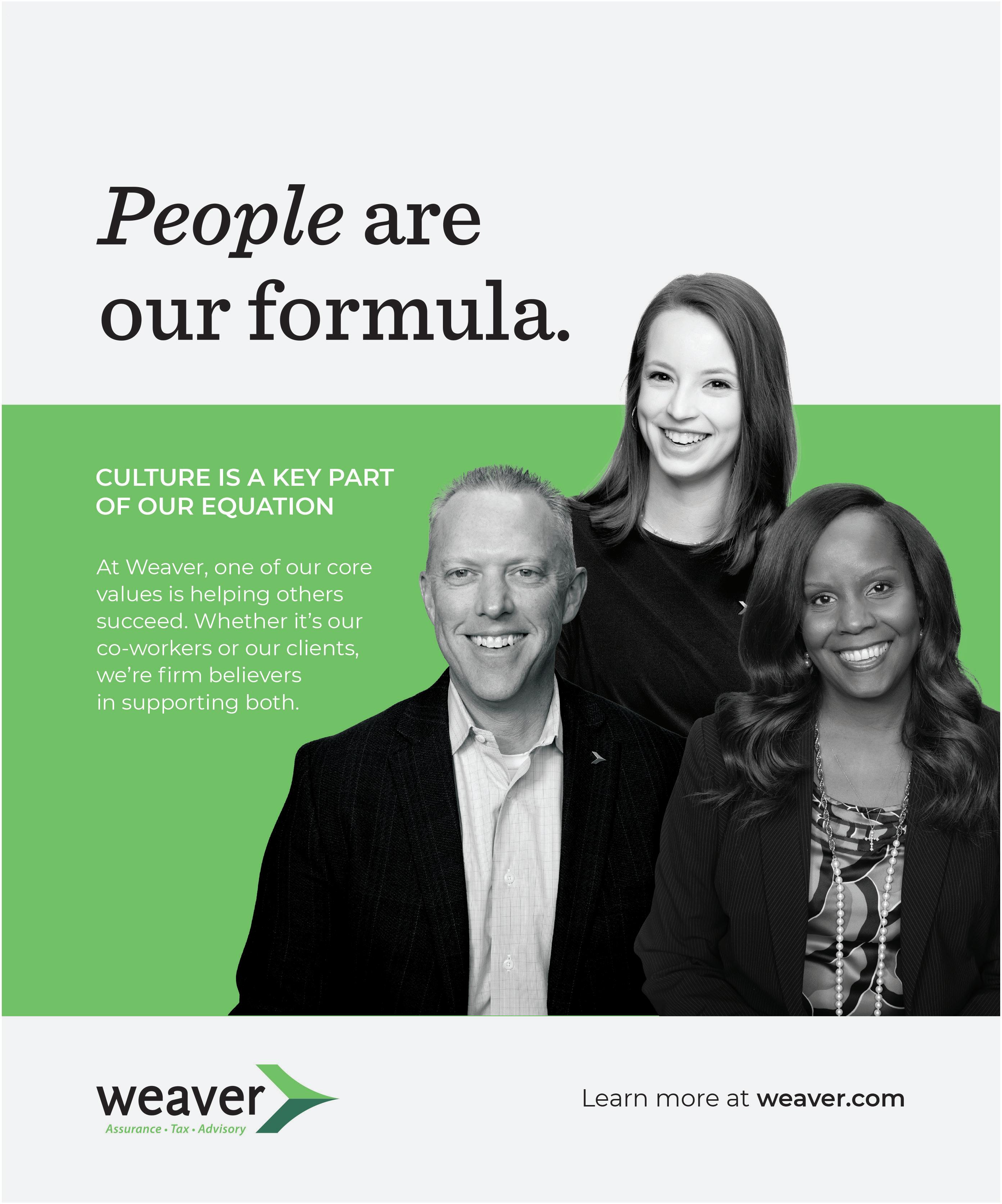

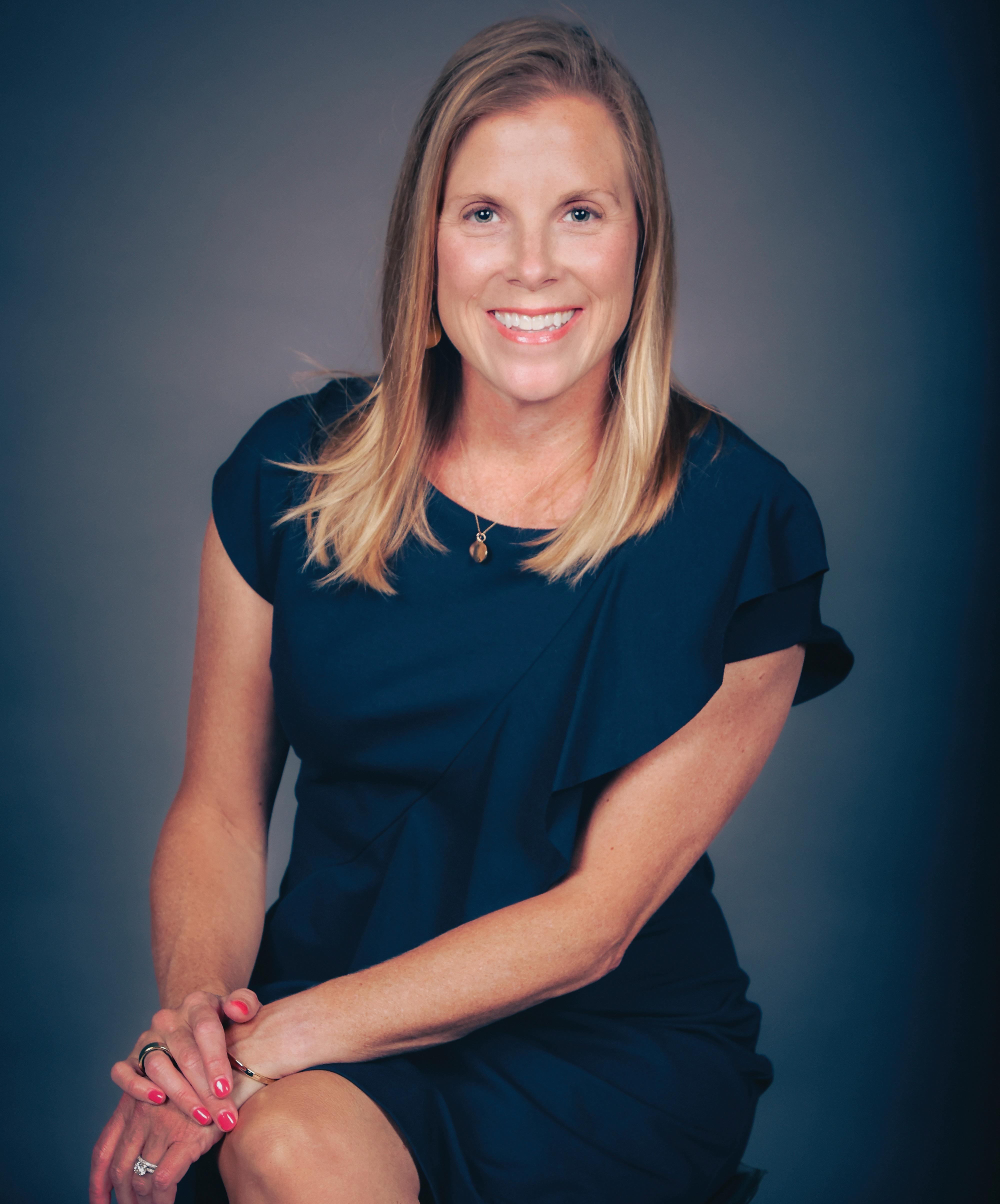
These companies are a cut above when it comes to enchanting office environments.
BY JOHN HENRY / PHOTOGRAPHY BY RICHARD RODRIGUEZ
In today’s competitive job market, finding a company that not only offers a good paycheck but also fosters a thriving, supportive, and enriching work environment can make all the difference in an employee’s career and well-being.
Fort Worth Inc.’s Best Companies to Work For in Fort Worth is comprised of 45 companies that stand out as exemplary workplaces for employees to flourish professionally — and personally — because of philosophies that foster a positive and supportive environment.
Many infuse a sense of fun and humor, encouraging employees to tote around their personalities. Almost all it seems cultivate transparent communication at all levels of the organization.
There are also a handful that include George Washington’s birthday as a company-paid day off.
We were of the belief that George W. I’s birthday was so 20th century. It’s not so.
What does it take to make our annual honor roll, which the magazine began producing annually in 2016? First, this contest is run and judged independently of the magazine’s ownership and staff by the Workforce Research Group, a Humble, Texas, research firm that’s behind some 24 Best Places to Work programs across North America
1. Satori Capital
What they do: Finance
Employees: 35
If there is a moral to this story, it’s that pancakes, doughnuts, and compliments will take you to the very top. Satori, whose investment strategy includes the embrace of the principles of conscious capitalism, is the top finisher among small companies.
The firm’s “Surprise and Delight” moments certainly couldn’t have hurt.
A number of times each month, the firm’s management team surprises team members with fun cele-
brations to commemorate National Pancake Day, National Doughnut Day, and National Compliment Day, among the rest.
Satori Capital’s mission is to create, fund, and inspire businesses that elevate humanity. That, naturally, includes its “outstanding team members.”
“We consider it our responsibility to be stewards of our team members’ careers and their well-being. After all, our team members devote their time, energy, and talent to the work we do together. In return, we strive to ensure they work in a caring, supportive, and positive
and drills deep daily on what engages people in the workplace.
Companies and other organizations that enter our contest submit answers to Workforce on questions ranging from employee benefits to work from home and vacation policies, communication from the top, wellness initiatives, opportunities for advancement, training and mentorship, diversity, and fun stuff like office happy hours and outings to a sporting event, including your World Champion Texas Rangers. (It’s always baseball time in Texas.)
Entering companies also agree to allow their employees to be surveyed anonymously by the Workforce Research Group to really explore how they perceive their employer.
Workforce analyzes this information and produces our annual Best Companies to Work For in Fort Worth. Workforce ranked employers in the small, medium, and large company categories, with large companies having 250 employees or more.
It is also worth noting that the magazine’s ownership and staff have no say in who wins this contest and how employers rank. The 2024 issue of the magazine and Workforce Research Group’s rankings were released Aug. 15 at a luncheon at River Ranch Stockyards.
environment, and that they feel as special and valued as they are.”
A doughnut and recognition that, “Hey, eat that thing; you’ve got plenty of room for it” never hurt.
Kelly Curnutt and Doug Hafer founded the firm in 2000, vowing to change the way firms do business, including an intentionality about a positive company culture.
“In the words of an attorney who
recently joined our firm this year, ‘My wife is glad to see me happy again. I’ve never worked at a place like this. It’s like family.’”
“First Fridays” are staff trainings over lunch. “Second Fridays” are for attorney mentoring and lunch and learns. One partner grilled burgers at his house for an alfresco training on deposition strategies. Those are all very good Fridays.
The firm makes a 3% contribution to employees’ 401(k) regardless of whether the employee also contributes.
That really is free money.
What they do: Business Services Employees: 17
At Energy Domain, Fridays are for unplugging. Management gives employees off most Fridays.
“Most of our employees will check emails or Slack throughout the day but are not required or expected to respond to any noncrucial requests.”
Every other Friday, however, is pickleball followed by lunch. All are invited to play or spectate — maybe speculate?
“We believe that if a team enjoys and cares for the people they work with, are given the tools and empowerment needed to do their job, and are working toward a defined common goal, they will always be successful,” management says. “Our biggest strength is our people, so we work hard to provide each employee with the flexibility they need to be present in all areas of their life.”
What they do: Nonprofit Employees: 20
The North Texas Community Foundation works on the concept that its employees are not merely colleagues, “but allies united by a shared passion for making a difference in the community we serve.”
It also casts a wide net in recruiting new allies, posting open positions with the Fort Worth Metropolitan Black Chamber of Commerce and the Fort Worth Hispanic Chamber of Commerce.
“We work with our community partners for help in identifying talented and diverse candidates,” officials say.
NTCF was founded in 1981 with the mission to drive meaningful change through charitable investment. It serves a network of more than 300 donors and makes grants to nearly 1,200 nonprofits annually.
What they do: Engineering Employees: 41
Wier & Associates, a firm that provides civil engineering, land surveying, and land planning-related services, got creative for Engineers Week this year.
The company, which celebrated its 45th anniversary last year, broke into teams to build cars out of office supplies. Prizes were handed out for creativity and distance traveled.
Who knew a stapler had so many dimensions?
“We believe our company is the best place to work because our company produces great work while having a family culture,” management says. “Our leadership has an open-door policy and encourages employees to come in anytime about personal or professional issues they may have. No question is off the table — we want everyone to feel heard and valued.
What they do: Construction Employees: 42
Since 1994, REEDER Construction has been involved in winning friends and influencing people.
For instance, the company throws a potluck lunch in which employees bring their favorite childhood dish.
It set a record for most animal chicken nuggets at one potluck. (I made that part up.)
Workforce development and diversity are key components to REEDER’s model.
Employees participate in two leadership training courses. One is Dale Carnegie, a one-time, eightweek course designed to improve leadership skills focusing on human relations. The second is the quarterly leadership program called Human Dynamics.
What they do: Construction Employees: 17
Staff development remains the No.
1 priority at FPI Builders because it’s good for people and good for business.
“Personal integrity is key to our mission and vision,” says Kevin Drake, CEO. “Clients and architects expect it, and we demand it of ourselves.”
FPI Builders aims to create a workplace where employees can learn, improve, and feel valued, fostering a positive atmosphere in an industry known for poor work environments.
“We have a survey we give every employee when they start to better understand their interests. For their birthdays, we will put together a personalized gift based on their interests, and one of the owners will deliver it to them.”
What they do: Real Estate/ Renting/Leasing Employees: 15
Headquartered in the Near Southside, Trinity Real Estate Investment Services, founded in 2017, is a commercial real estate brokerage firm, specializing in the investment sales of single-tenant, net lease properties nationwide.
“Since Day 1, our focus has been on building a company that we can be proud of, with a strong reputation and a commitment to attracting top talent,” says CEO Kyle McCollum.
That includes tools to offer the team greater flexibility to work from home.
They also like to par-taay.
The company throws several reoccurring events every year, including a charity golf tournament benefiting Folds of Honor, Halloween, Oktoberfest, table tennis tournaments, and crawfish boils.
“We have a great team that likes to have fun.”
What they do: Construction Employees: 20
Joe Hall Roofing and Contracting, in business since 1989, has a strategy on recruiting and retaining Generation Z employees.
It’s a culture of fun, innovation, and flexibility.
“We leverage technology and encourage the input of our Generation Z employees in refining our workflows and systems,” says CEO Tina Hall, who along with husband Brett Hall co-own the business.
“This inclusivity fosters a sense of ownership and autonomy, allowing them to work in ways that best suit their individual styles.”
The company’s social media presence, she says, “showcases the lively, engaging side of our workplace, serving as a magnet for potential recruits from Generation Z.”
What they do: Nonprofit Employees: 26
Since 1981, the Ronald McDonald House of Fort Worth has loaned its expertise and compassion to families with seriously ill or injured children.
That family-centered mindset in its mission extends to employees.
“We care for each other in a professional, welcoming, and open way,” says Jennifer Johns, CEO. “But more than that, the organization is committed to providing employees with a safe and inclusive environment through competitive pay, generous benefits, and professional development.”
The nonprofit offers a generous paid time off policy to “encompass what would generally be given as employer-paid holidays.” Staff members receive 18 days of paid time off per year after 90 days, pro-rated for the first year of employment.
11. Varghese Summersett
What they do: Legal Employees: 41
Taylor Swift concert tickets? It’s no wonder Varghese Summersett is a repeat winner from 2023.
Providing concert tickets to team members is one of the fun things one of the fastest-growing law firms does. That has included Ms. Swift, Tyler Childers, and

Beyonce. Yeah, boy.
The firm also took employees out to spray the ball around Topgolf to celebrate a month of “wins and growth.”
Varghese Summersett utilizes a number of practices that it says sets it apart, including rewarding employees with items or experiences they have said wanted to do through a survey.
On “Workshop Wednesday,” team members join for a lunch-andlearn session where partners present timely and relevant information.”
What they do: Real Estate/ Renting/Leasing Employees: 20
M2G Ventures, a female-founded, certified women-owned commer-
cial real estate firm, provides more than 11 employer-paid holidays, including Washington’s birthday, aka Presidents Day.
Acknowledging Washington’s birthday is a helluva thing in the 21st century, by George.
The firm offers 20 days of paid time off in the first year.
M2G recently implemented a new short-term incentive program that recognizes employees for meeting “stretch goals.” Employees are financially rewarded for these achievements, outside of standard bonus structure.
The company’s Mental Health Initiative Donor Soiree is the firm’s 501(c)(3) fundraising event. Team members are encouraged to attend for a night of education, fine dining, live art experiences, and an auction.
What they do: Interior Design Employees: 26
Semmelmann Interiors, founded in 2019, has very quickly become a top player in the industry. That status has allowed it to recruit and retain talent, particularly Gen Z.
“We invest heavily in high-level marketing initiatives, ensuring our brand stands out and attracts top talent,” says Susan Semmelmann, owner, president, and CEO. “By consistently demonstrating our industry leadership and commitment to employee development, we create an environment where talent feels valued, engaged, and motivated to stay and grow with us.”
The company’s formal diversity and inclusion training incudes: Implicit Bias Training: Addressing unconscious biases to promote fair
treatment and decision-making. Cultural Competency Workshops: Fostering understanding and respect for different cultural perspectives within the workplace.
14. HF Custom Solutions
What they do: Advertising/ Marketing/PR Employees: 19
HF Custom Solutions is a fullservice promotional product company, offering a comprehensive suite of services, including design, sourcing, customization, packaging, and shipping, all aimed at elevating one’s branded apparel, merchandise, and logoed items.
The company, it says, “makes great ideas happen.”
Team members also might make great — or not — renditions of “Love
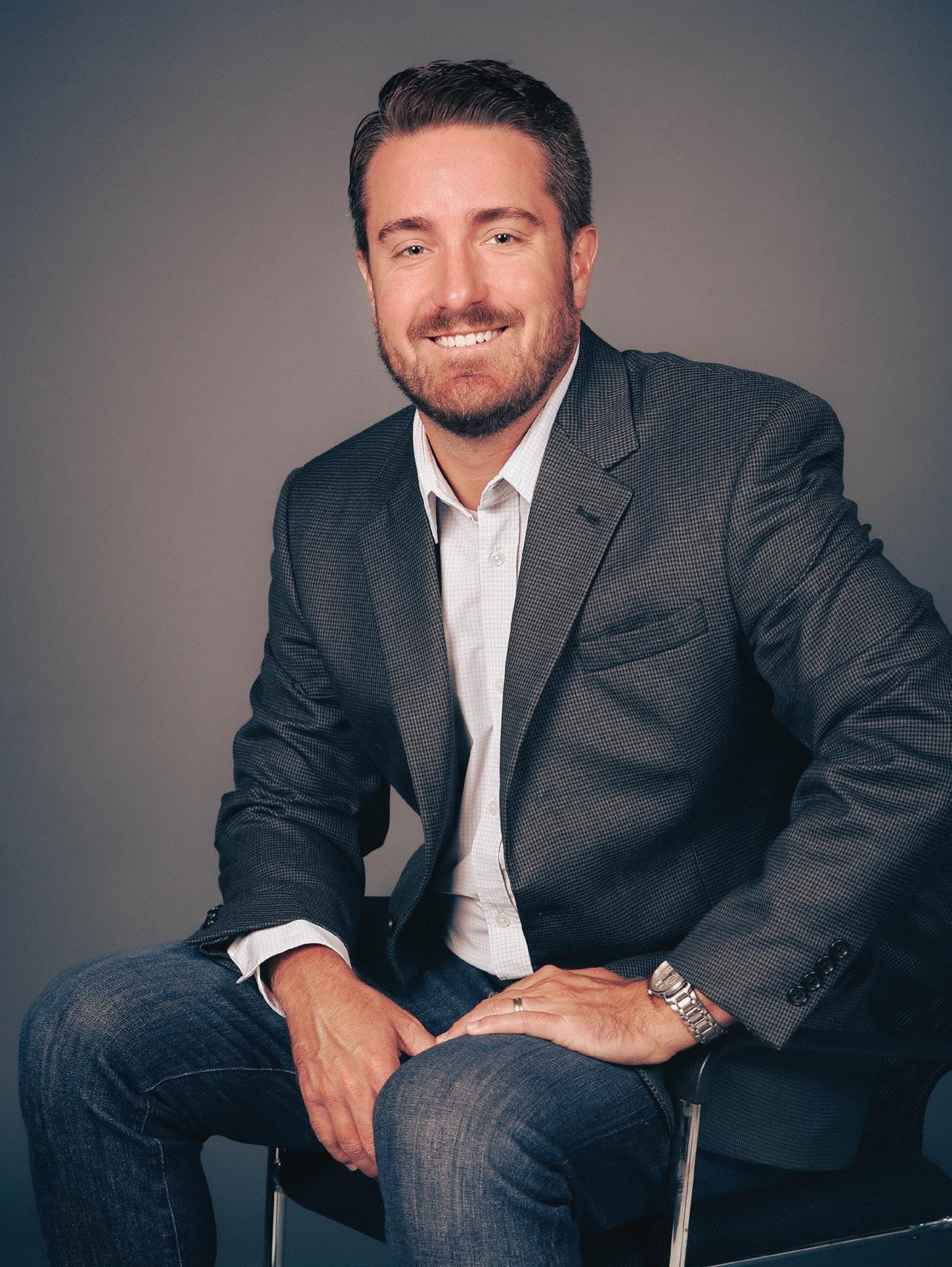
Will Keep Us Together.”
That’s right, Captain and Toni Tennille, karaoke is part of the office’s “spontaneous shenanigans.”
HF Custom Solutions recognizes employee achievements with the weekly Brady Avenue Award and the Bluebonnet Circle Award, presented each month to the team member who has “stacked good days on top of good weeks for a month prior while living our core values.”
What they do: Accounting Employees: 44
Established in 1964, PSK is a fullservice accounting firm based in Arlington and serving more than 20 states.
“The leadership at PSK is intentional about developing relationships within the team and with clients.”
PSK encourages work-life
balance, maintains a family-like and collaborative environment, promotes teamwork, provides the tools for employees to advance, and fosters open communication.
Half of the employee base has been with the firm for five years or longer with almost 30% working at PSK for more than 10 years.
“We are proud of our 60year history and know our team members will keep us as a viable, vibrant place to work.”
What they do: Finance Employees: 38
Since its founding in 2018, company executives at Valor have remained unwavering in their commitment to employees’ health and well-being.
And despite doubling its employee count year over year, the company has made significant achievements in increasing support
for team members and earning recognition for its accomplishments.
Valor has become a regular on best-companies-to-work-for lists, including finishing at the very top in this category last year.
Valor utilizes the Culture Index™ to bring in talent without regard to age, race, gender, etc.
Valor’s talent base is more than 50% female overall, with over 40% of executive leadership being female. Almost 50% of staff is under 40. Valor’s employees have come from varying industry backgrounds to ensure no person fits a “mold.”
What they do: Nonprofit Employees: 38
The local nonprofit, operating since 1946, says it is small and nimble enough to create a work culture that meets the needs of the team.
“As needs arise, we are flexible enough to make positive adjustments,” says Melanie Wilson, CEO. “We also listen to our team.”
As an example, the organization formerly did not cover any part of employees’ insurance for dependents. However, team members shared their concerns about the burden of taking on the full cost of employee-plus-family premiums. The organization adjusted, now covering 65% of those premiums, which “was very well-received by our team.”
“We continue to evolve as our workforce changes, and we are committed to cultivating a safe space for all, per our inclusiveness statement.”
they do: Legal Employees: 34
McDonald Sanders, founded in 1951, is one of the oldest law firms in Fort Worth with a long history of advising clients instrumental in the development of Fort Worth, Tarrant County, and North Texas.
“McDonald Sanders employs a comprehensive strategy to recruit
and retain a diverse workforce,” the firm’s management says. “This involves hosting open recruiting events and recruiting through the Sunbelt, which is a diversity recruiting program. We are also actively supporting various organizations and maintaining memberships in esteemed entities like the Fort Worth Hispanic Chamber of Commerce.”
McDonald Sanders’ legacy is continued not only through its legal work but also through its involvement and support of local causes.
To that end, the firm encourages team members to participate in community service during normal business hours without losing pay or using vacation time.
The firm also provides opportunities for employees to engage with local health or human service initiatives. The firm also donates to “various charities that are important to our employees.”
What they do: Construction Employees: 25
The founding of Fort Construction in 2005 is no fish tale.
Founder Scott Price, a Fort Worth Inc. Entrepreneur of Excellence winner in 2022, moved to Fort Worth for a job opportunity that, as he says, “turned out badly.”
He put a bet on himself.
Fort Construction maintains a high employee retention rate with a workplace culture that encourages and cultivates professional growth, camaraderie, and a healthy worklife balance and by putting team members’ well-being first.
And Fort Construction team members indeed do some fishin’.
Each spring, the company hosts a guided fishing trip at Lake Texoma for employees, their families, clients, and subcontractors. So, naturally, in the fall, they have a fish fry with what they pulled in at Texoma.
What they do: Construction Employees: 50
Roderick Thomas, a company superintendent, came into our office and handed me a sheet of paper, outlining three primary reasons
Post L Group Construction is an attractive place to build a career, starting with a commitment to diversity, equity, and inclusion.
Secondly, the company provides “clear paths” for career advancement, professional development, and membership opportunities.
Lastly, Post L Group has cultivated and nurtured a strong company culture that is supportive and inclusive and where team members feel valued and respected.
“We use our work to do more than build buildings,” says Monica deLaGarza, vice president of marketing and strategy. “We see each project as an opportunity to work, earn a living, and grow community.”
Post L, she says, has a passion for construction and for helping people reentering the workforce, such as military veterans, women returning to work, second-chance post-incarceration, and opportunities for youth in need of a career path.
The company’s apprenticeship program pairs these new construction employees with coaches and resources such as training, tools, and certifications.
“We also use our network to connect these employees with other trade contractors after their first year if the person has an interest in a career in plumbing, electrical, concrete, etc.”
What they do: Legal Employees: 118
Wick Phillips jokes — I think — that, yes, even a law firm can be a great place to work.
“It may be somewhat unbelievable to hear that a law firm is a great place to work, but it is true,” the firm’s leadership says. “At least if
we’re talking about Wick Phillips.”
The firm is celebrating its 20th anniversary in 2024.
Leadership says that with core values centered around service, the strong level of respect is evident in the daily operations and in the people at all levels. The firm makes a conscious effort to integrate and foster development for employees through mentorship, connection, collaboration, women’s initiatives, and activities.
“Wick Phillips is a fun and modern environment where people genuinely like each other and enjoy working together toward a common goal of service — to clients, to the firm, and to each other.”
What they do: Construction Employees: 50
Imperial Construction, founded in 2000 and based in Weatherford, is a general contractor that builds commercial and institutional buildings in Texas, much of those in Fort Worth-Dallas.
Imperial Construction has been successful, in part because of the hands-on engagement of ownership.
“Employees appreciate the opportunity to work alongside the owners,” the company says. “The firm’s culture is tight-knit, with many long-term employees that have helped grow the company.”
Imperial builds commercial buildings, such as offices, industrial buildings, large retail and hospitality developments, and health care facilities; a wide range of education facilities for K-12 schools and higher education institutions; government facilities for municipalities, state entities, and the federal government.”
Company events include Bulls Night Out for staff and family with a tailgate party with food and drinks, and night at rodeo grounds.
The Imperial ladies enjoy pedicures and lunch in Clearfork. A morning of pedicures and mimosas concludes with lunch and the afternoon off.
88
The Can-Do Crew.
The company’s culture and the comradery fostered by the Can-Do Crew are at “the heart of what our employees love about working for Steele & Freeman.”
“We organically have the teamwork mindset that other companies strive to achieve,” says executive management. “We are proud of our 23 Fundamentals and believe they convey what is truly unique about us as a team and the way we work. Steele & Freeman employees view each other as family, and that treatment extends to our employees’ families.”
Flexible hours are offered to all employees to guarantee that the company’s core fundamental of putting family first can always be met. Other benefits include 100% employee health coverage and a 401(k) match up to 6%.
Social events, like the annual fishing retreat and monthly company poker tournament, encourage team bonding.
That end-of-year bonus never hurt.
What they do: Nonprofit Employees: 71
The United Way of Tarrant County’s culture of caring and support for its community extends to its team members.
“Whether through celebrating successes, giving employees opportunities to engage with each other inside and outside of the workplace, or providing resources for them to grow professionally and personally, our organization takes a holistic approach to serving our staff members,” representatives of the organization say.
“We are deliberate about inclusion and ensuring employees contribute their full selves to work because we recognize how our differences make our workforce stron-
ger. Our policies and practices aren’t what make us a great company to work for — it’s our people.”
The nonprofit also allows full-time employees up to eight hours each quarter — four days a year — to volunteer.
That’s “walking the talk.”
“We try to instill fun in the workplace, but our employees bring it to life with their engagement and passion.”
What they do: Insurance Employees: 63
The Baker Firm has planned trips for employees to Mexico; Nashville; Biloxi, Mississippi; and, most recently, Possum Kingdom.
The objective: team building and cultivating mutual respect among the team.
“We work hard to create an environment that our employees can be proud of,” says Nikki Jackson, senior vice president/escrow officer of Baker Firm. “We want each employee to feel like they are a part of something that works toward the greater good for their personal development in their career, our customers, and our community.”
The Baker Firm recognizes the importance of work-life balance, opportunity for advancement, and enjoying the place where you work.
“We spend a lot of time together, and it is important to us to have a space that you can enjoy.”
The firm recognizes through its annual awards night. Top producers, milestones in the company, and superlative awards for employees who go the extra mile are acknowledged and celebrated. There is also semiannual profit sharing, as well as employee appreciation events, bonuses, gift cards, and happy hours.
What they do: Engineering Employees: 132
Founded in 1992, Baird, Hampton & Brown has been consistently
named “Best Place for Working Parents” and “Best Firms to Work For.”
“We pride ourselves on fostering an environment where every team member thrives,” says Trace Strevey, president. “Our unique benefits, like company-paid health care, generous parental leave, and flexible schedules, reflect our commitment to employee well-being, but what truly sets us apart is our unwavering support for personal and professional growth.”
That includes licensure reimbursement, mentorship programs, and professional memberships. “We invest in our employees’ success. At BHB, you’re not just an employee, you’re part of a supportive community dedicated to your growth and fulfillment.”
The firm’s recruiting and retention committee works to ensure a diverse pool of applicants. It regularly evaluates schools the firm recruits from.
“Every year, we aim to select a new or different school in order to attempt to reach a different audience.”
Pi Day and Star Wars Day are intermixed with Hawaiian Shirt Day to ensure the firm isn’t all work and no play.
What they do: Staffing Employees: 72
CornerStone Staffing’s Fort Worth office opened in 1991. It has grown into one of the company’s most successful, management says.
“CornerStone Staffing is a great place to work because we’ve made our employees a priority. We provide opportunities for employees to express themselves through committees, volunteer opportunities, and anonymous surveys.”
Achievement incentives include quarterly and annual bonuses and incentive trips for top performers.
CornerStone organizes quarterly team-building activities in which employees from different branches assemble to play pickleball, ride go-carts, and hit golf balls on the driving range.
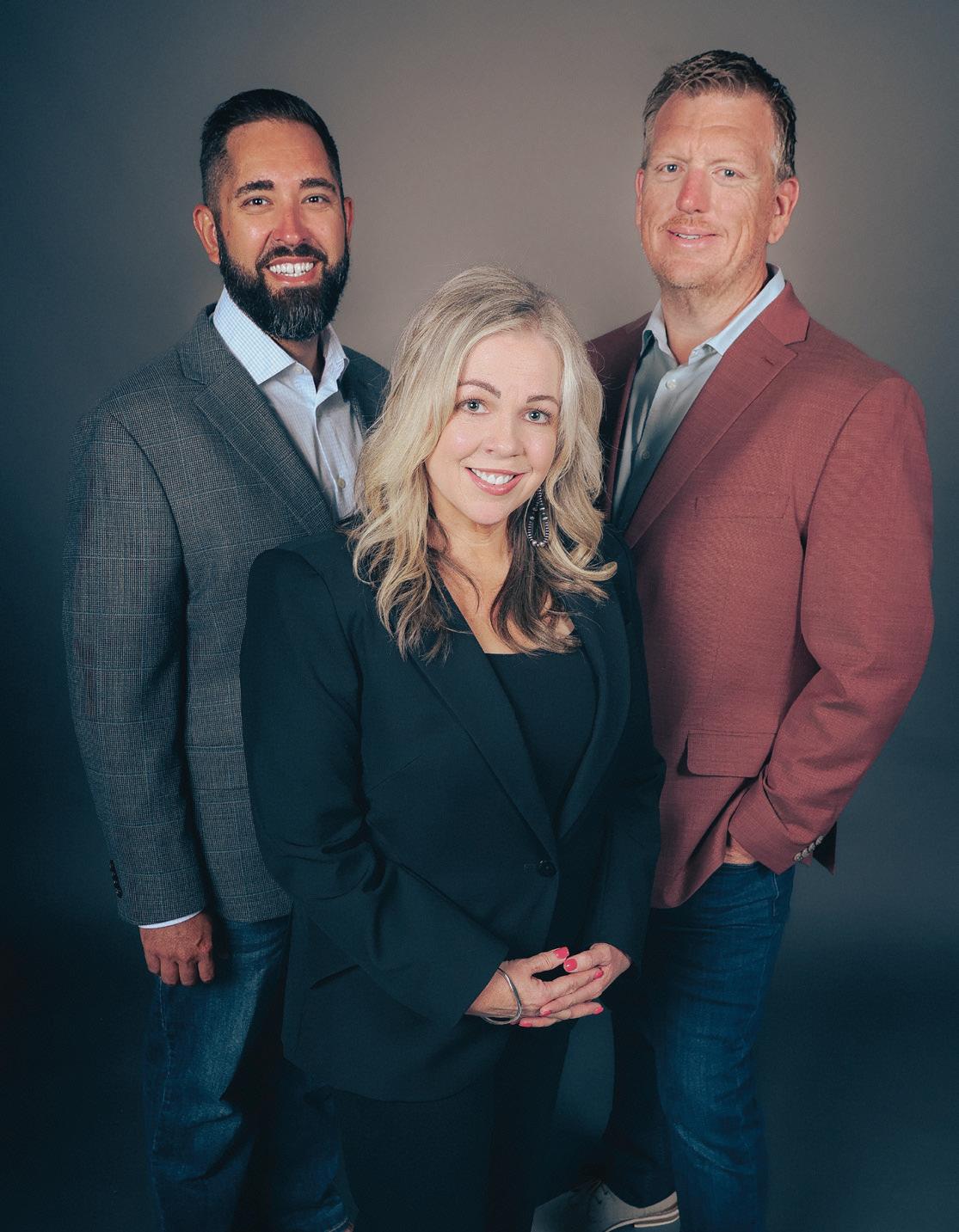
This helps encourage teamwork with other branches, the company says.
“We pull together and support each other through tough times. We look to our core values of Faith, Compassion, Integrity and SelfDiscipline in all that we do.”
What they do: Legal Employees: 66
Founded in 1980, The Blum Firm is a leader in estate and tax planning, known for providing creative, customized estate planning solutions to high-net-worth clients across the country.
“We owe it all to the hard work, dedication, and expertise of our team,” says Marvin Blum, founder and managing partner. “We believe in investing in our people and providing opportunities for growth and advancement.”
The firm fosters a culture of collaboration and teamwork. All are encouraged to contribute their ideas and expertise. It also emphasizes a healthy work-life balance, including offering work-from-home arrangements.
results to include department specific findings. We created groups across all departments tasked with addressing areas of improvement identified in our last survey.”
For several years running, Lena Pope has been selected a “best place for working parents.”
The mission, of course, is a big part of the appeal to team members.
Since 1930, Lena Pope has lived its mission to equip children, families, caregivers, and community with a strong foundation through counseling, education, and behavior interventions.
“I choose to work here because I absolutely love everything we do,” says one employee. “The dedication to the community, the children and the families, their success and progress; it’s simply amazing.”
The firm, the founder says, offers competitive salaries and benefits packages, including health, dental, and vision insurance, a 401(k)-retirement plan, and paid time off.
The firm has also implemented Paycor HRIS technology in recruitment processes.
“We highlight meaningful work and purpose, providing continuous learning and development opportunities. We have found these initiatives are attractive to Gen Z and are also welcomed by individuals in other generational groups”
What they do: Nonprofit Employees: 224
Lena Pope, the legendary Fort Worth nonprofit at work for young people for more than 90 years, has become self-aware through studies and reviews such as these.
“Our leadership teams compare results to previous years to look for trends and progress,” says Cathy Sheffield, chief advancement officer. “We compare with similar organizations to examine how we perform in our industry. We share global survey results agency-wide and refine
What they do: Construction Employees: 100
Byrne is a 100-year-old, familyowned commercial construction company based in Fort Worth, specializing in municipal, commercial office, higher education, aviation, and historic renovation projects.
The company has strong employee retention, fostered by Byrne Family Days, BBQ competitions, golf tournaments, clay shoots, and professional development resources.
Its mantra “People Build Buildings” drives “our focus on employee well-being, fostering a family atmosphere that enables individual growth and overall satisfaction and pride in their work and in Byrne.”
Byrne is also the largest Hispanicowned contractor in Fort Worth. As such, diversity is at the core of workforce values.
“We prioritize hiring and providing opportunities for minorities while actively increasing women representation across all roles, not just in the home office but also on-site,” says Tracey Hart, director of human resources. “We take pride in seeing women and minorities represented at every level within Byrne, fostering an inclusive environment


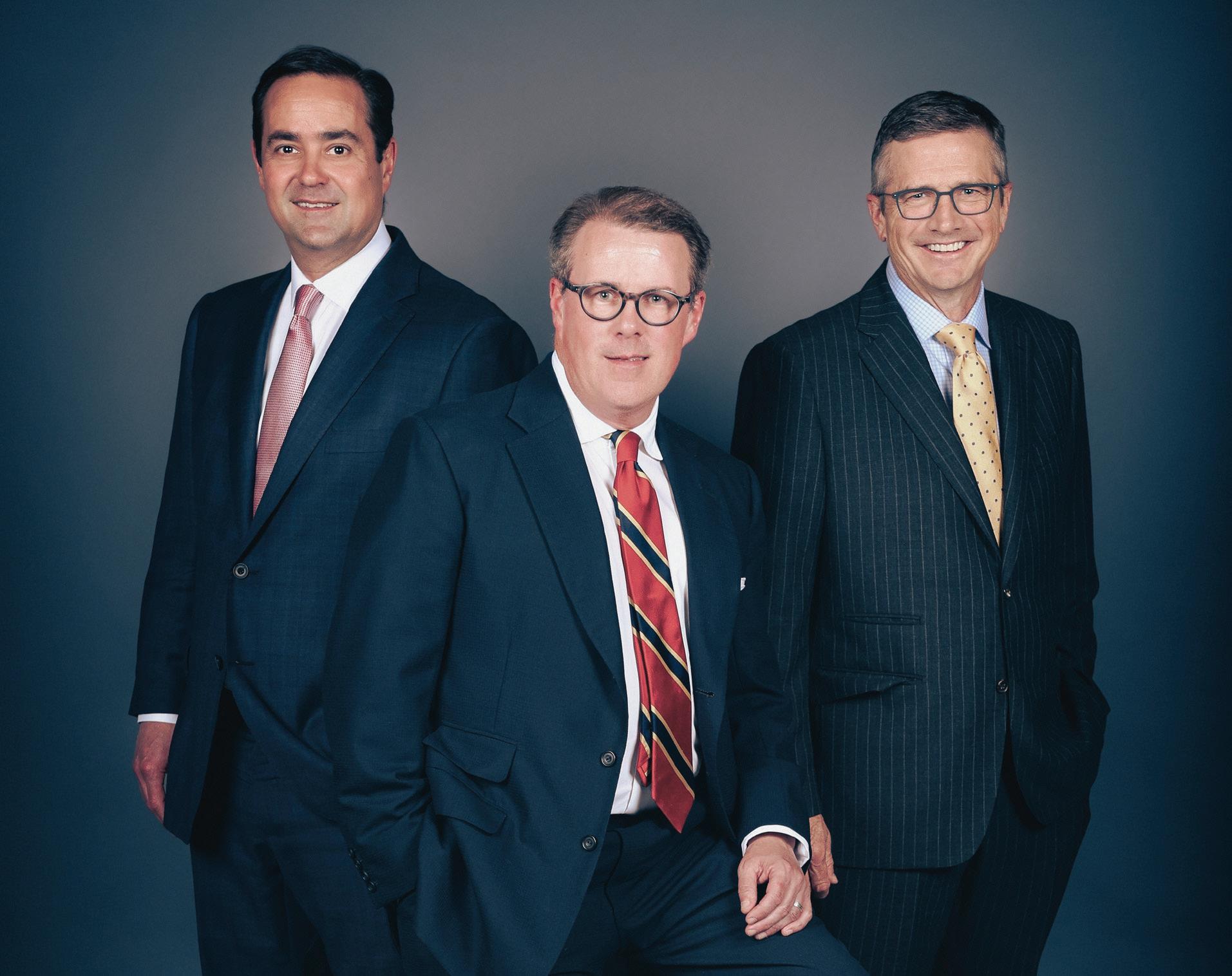
where everyone can thrive.”
And then, of course, no one should ever neglect to mention the company’s gathering and happy hour space — the Byrne Biergarten.
What they do: Construction Employees: 63
I’m writing this with visions of Chuck Barris — who remembers Chuck Barris? — dancing in my head.
On the “Gong Show,” if a judge found an act particularly bad or not entertaining, they could hit a large gong to end the performance.
At Muckleroy & Falls, it’s completely different.
“We have a giant gong we ring in the office every time we win a new project,” says Taylor Hale, president of the company.
So, the gong is merely the beginning of the company’s next big thing among big things it constructs on the commercial landscape.
“Muckleroy & Falls values the hard work and dedication of its team members and recognizes their
efforts by rewarding them with team bonding events, department dinners and outings, happy hours, annual bonuses, and more,” says Hale.
The company does important things by committee.
The Culture Committee, with an elected representative from each department, plans those fun events.
The Benefits Committee analyzes benefits packages and brainstorms ideas for improvement. It engages with the Strategic Planning Committee to evaluate and propose new benefits.
What they do: Accounting Employees: 50
The Sproles survey responses reflected a firm led by partners who demonstrate a “genuine willingness” to listen to team members and consistently prioritize employee well-being over personal interests.
“Our office culture is characterized by a strong sense of teamwork, where collaboration thrives, and
What they do: Construction Employees: 860 (65 in Fort Worth)
The Beck Group was founded in 1912 on a unique business model, the company says, one that integrates architecture, construction, and sustainability “to transform how our clients design and build.”
“The Beck Group has led the industry by example,” the company says. “We foster a culture of inclusivity and innovation. We want everyone to be comfortable being authentic because better processes and outcomes result from working together.”
The company’s annual LAW Awards recognizes teams who excel in nine areas, including community, leadership, and safety. The company also hosts safety appreciation lunches for project teams that include giveaways of gift cards, YETIs, and Beck swag, among other things.
individuals support one another toward shared objectives,” says Dalio Losch, tax manager. Reflecting on my journey over the past six years, I have witnessed a positive growth that speaks volumes about the nurturing environment Sproles fosters.”
Sproles has a legacy, in practice since 1933.
The firm offers tuition reimbursement for advanced or post-graduate work, business education workshops or conferences, professional certifications, and other work-related courses.
“Generally speaking, employees contribute less than $50 per month from their paycheck to cover medical, dental, vision, and insurance benefits,” excluding, of course, dependent add-ons.
Fun firm outings include Top Golf, which serves as a means to unwind and recharge, particularly after busy seasons. Pro sports events are regular things, and “partners express their appreciation by treating the entire staff to nice lunches on a regular basis.”
“We prioritize the safety of our people, partners, vendors, and clients through training, safety protocols, and communication to show our commitment. Our work matters because we do more than build buildings — we build communities and people too.”
What they do: Insurance Employees: 3,153 (550 in Fort Worth)
Higginbotham, a privately held insurance, financial, and HR services firm that ranks among the top independent insurance brokers in the nation, is fast growing.
“We have a multigenerational, diverse workforce of thousands of employees in offices coast to coast, and we’re constantly growing,” the company says. “We’re a people-first company that’s family to our employees, accountable to our clients, teammates to our carriers, and generous to our communities.”
Higginbotham, an employeeowned company, says it is committed to not only recognizing but
valuing employee differences in creating an environment in which every individual’s unique strengths and abilities are developed and valued.
“We also believe that if our employees mirror the diverse makeup of our communities and customers, we will be able to better understand, and more effectively, respond to market changes.”
What they do: Accounting Employees: 1,356 (139 in Fort Worth)
Weaver leadership says it is invested in supporting not just the professional growth of team members but also in their ability to lead balanced lives.
“At Weaver, our people are the foundation of everything we do and are our formula for success,” the firm says. “We lean on each other as members of the Weaver family to help each other succeed at work and in life.”
As a result of feedback from annual surveys, Weaver says it has implemented two companywide virtual weeks, added four recharge paid days off — that is, paid days off to provide opportunity to rest, relieve stress, prioritize mental health — and added new holiday time off, increased PTO to start at 20 days, among other things.
What they do: Insurance Employees: 8,571 (35 in Fort Worth)
Founded in 1994, USI Insurance Services provides “a culture that is safe, respectful, fun, and professional.”
“Our office is somewhere you can look forward to coming into work because your friends are there looking forward to working with, laughing with, and creating solutions with you,” the company says. “We allow flex time for working around personal family needs and have excellent benefit offerings.”
The company says it strives to be
one of employees who are representative of our “prospects, clients, and communities” by upholding a professional environment that is inclusive and seeks out diversity of thought and background.
What they do: Insurance Employees: 602 (95 in Fort Worth)
HUB International Fort Worth is carrying on the legacies begun by William Rigg and Gus Bates.
“HUB Fort Worth’s core values include a Servant’s Heart, Team Culture, and Trustworthiness, founded on the principal of ‘Don’t tell me how much you know, just show me how much you care.’”
That culture is one of “bringing people together often,” internally and externally, and having found a balance that works well between hybrid work and consistent weekly in-person fellowship.
“Leadership asks questions often, listens, and works together to tackle opportunities and speed bumps together,” the firm’s leaders say.
The firm has launched several courses in partnership with Blue Ocean Brain, a certified diversity supplier, to roll out learning modules to drive diversity, equity, inclusion, and community awareness and conversations.
What they do: Construction Employees: 1,769 (40 in Fort Worth)
Crossland is a family-founded business whose growth, company officials say, hasn’t compromised its hometown family feel.
“Crossland isn’t just a workplace. It’s a community where lifelong friendships are formed. We’re firm believers that the right culture naturally produces committed and happy employees who, in return, will deliver outstanding service and create satisfied clients and partners along the way.”
For team members celebrat-
ing milestone anniversaries with the company, the company hosts a formal dinner and recognition program. The company pays for the hotel room, meal, and open bar.
The employees are recognized individually by company leadership and presented with a certificate and gifts. Additionally, new parents get a year’s supply of diapers and other gifts.
What they do: Accounting Employees: 7,856 (40 in Fort Worth)
People and communities are the core of CLA’s culture and purpose, the 81-year-old firm says.
“Many qualities make CLA a great place to work,” the firm says.
Those include a culture of inclusion, belonging, and acceptance, with an emphasis on building relationships. The firm also says
it listens with “empathy and is committed to action. Continual enhancements to the firm’s wellness opportunities based on the feedback receive team members is one example.
“We believe the best way to serve our clients and communities is to support our people in building their ‘inspired careers,’” the firm says. “An inspired career is distinctly personal, made up of a unique blend of experiences, strengths, and choices.”
What they do: Banking Employees: 362 (28 in Fort Worth)
First Financial Bank, officials there say, encourages transparent communication, which manifests itself through team meetings, and one-on-one check-ins with team members.
The bank also streamlines pro-
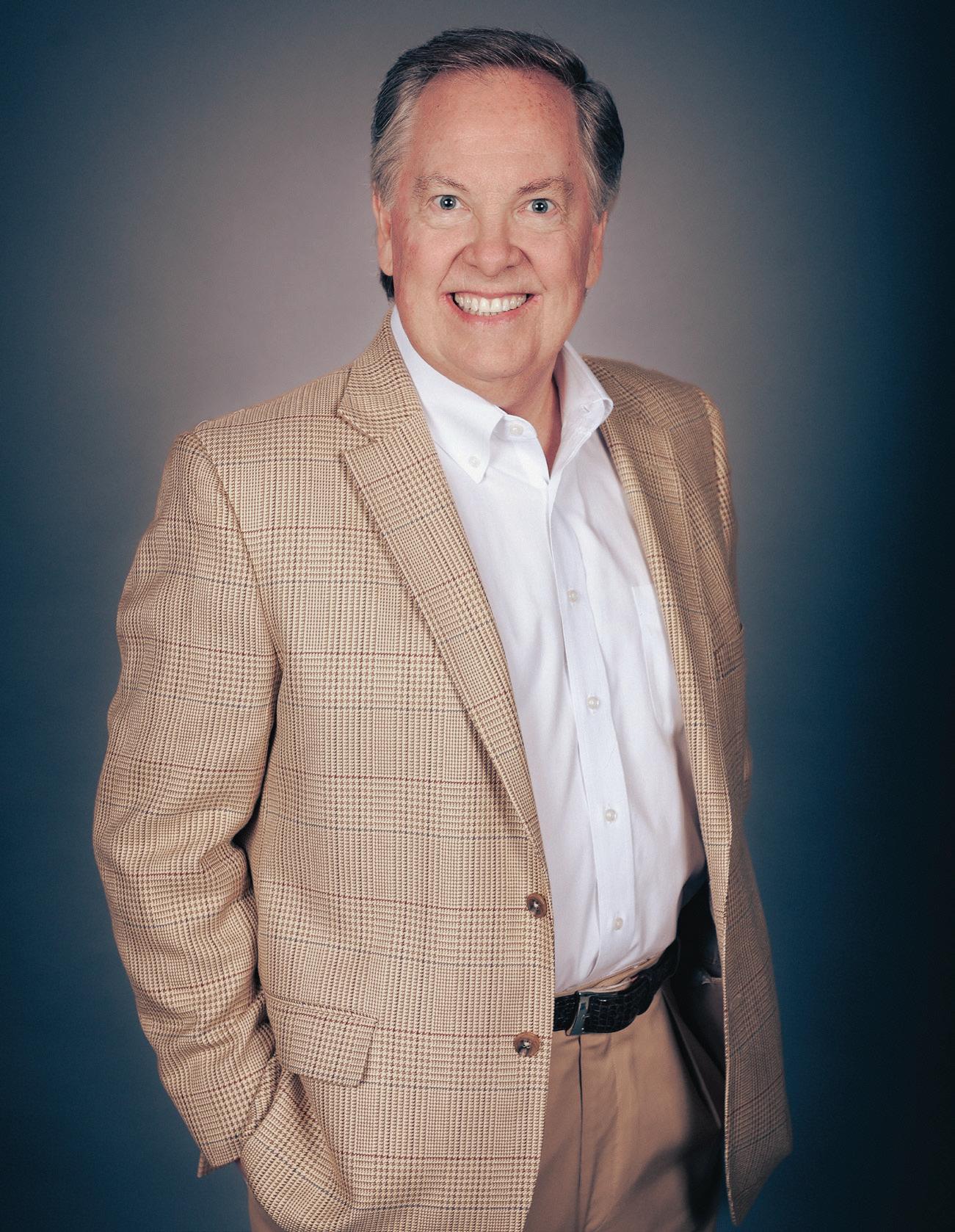
Rusty Reid, Higginbotham

cesses, designed to remove barriers and empower employees to do their best work.
“Employee and leadership training is offered to foster a culture of respect, inclusivity, and collaboration where diversity is respected and supported,” bank officials say.
Team member achievement is recognized in three ways. One is the “WOW” card, on-the-spot recognition that can be given to any team member from another team member.
The Shining Star Award is presented annually within each region. The awarded team member earns an incentive and is invited to attend a leadership meeting in Abilene.
What they do: Manufacturing
Employees: 525 (97 in Fort Worth)
ID Technology manufactures and integrates industry-leading solutions for labeling automation, coding, and marking for the food, beverage, pharmaceutical, personal care, household, and industrial goods industries.
“ID Technology is committed to being responsible, being honest, keeping employees safe, and helping employees grow,” the company says. “Our employees are challenged and rewarded. They make friends and have fun, while positively impacting our customers’ operational performance and efficiency every day.”
Gen Z, ID Technology is looking for you.
The company actively engages with the Fort Worth school district and local colleges to attract young talent. Recruitment efforts focus on offering opportunities for off-shift roles and remote work.
Burns & McDonnell
What they do: Engineering
Employees: 14,500 (213 in Fort Worth)
Burns & McDonnell returns for its seeming perennial appearance on Best Companies to Work For.
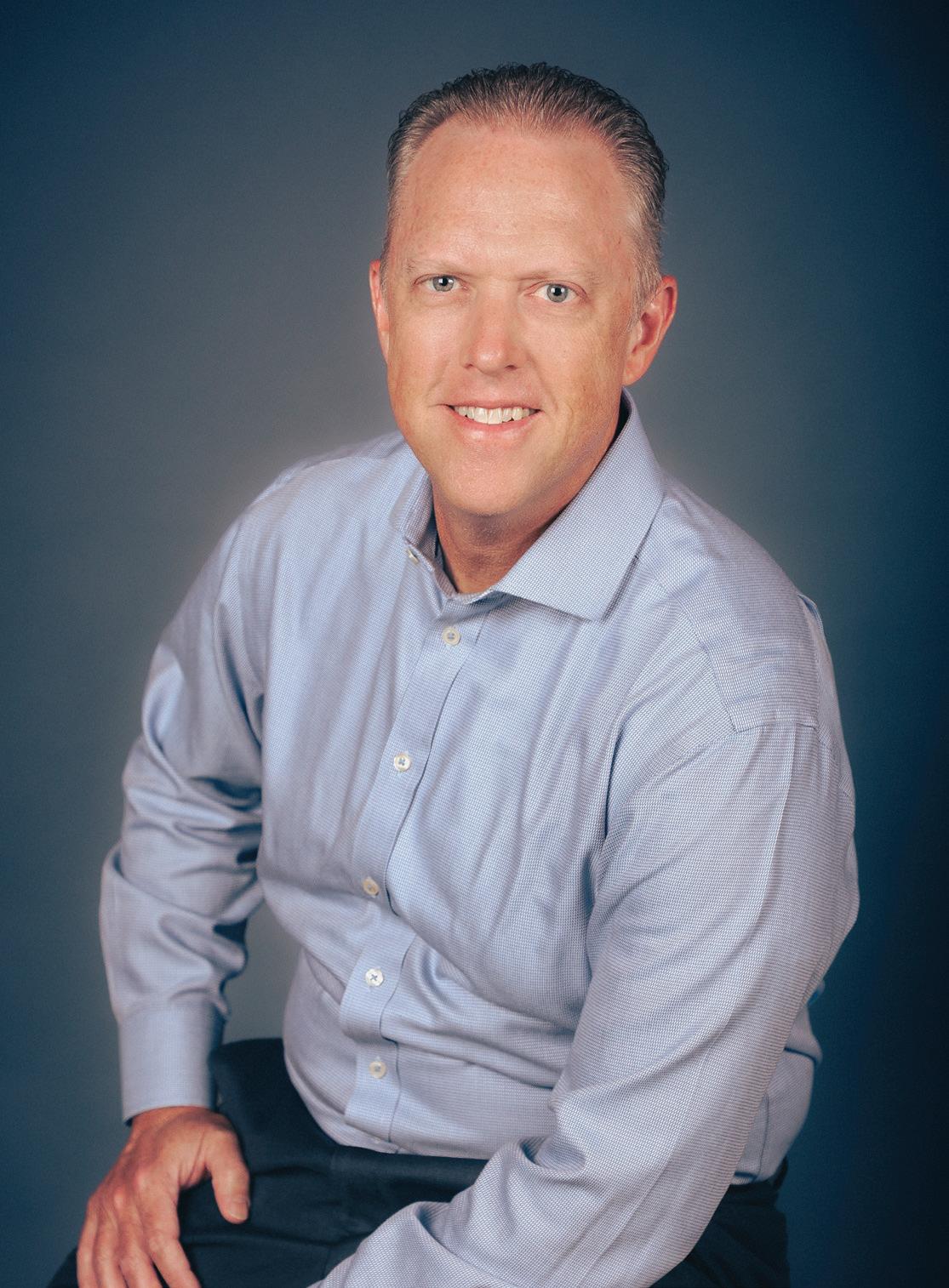
In total, Burns & McDonnell brings together a team of more than 14,500 consultants, engineers, architects, construction and craft professionals, and more to design and build critical infrastructure.
Worldwide, the company is made up of 75 offices.
The company is 100% employee owned.
On the first working day in April, the company celebrates its founders and the entrepreneurial precedent they set in 1898. It includes lunch served by officers and a silent auction benefiting the company’s annual charity.
Other events throughout the year include a company picnic, employee meet-and-greets, potlucks, a holiday party, college game day apparel days, teambuilding activities, and more.
What they do: Engineering
Employees: 1,979 (57 in Fort Worth)
Another employee-owned firm, LJA Engineering, founded in 1972, not only attracts the best and brightest, but “we continuously work to engage and retain our employee-owners so that they grow with the company.”
Young professionals and middle managers at LJA have direct access to professional development courses to help them succeed through growing their communication, team-building, and problem-solving skills. Companywide events mark success.
Those include a summer picnic at the Fort Worth Zoo for all employees and their families; the “Piece of the Pie” event that celebrates LJA’s stock price performance; employee birthday cookie celebrations — sign me up — and the week off during the holidays are others.
What they do: Finance Employees: 831 (177 in Fort Worth)
Southside is so committed to employee culture, it even has a hashtag: #InThisTogether.”
“We deeply believe that our team members are our greatest asset. Just as we prioritize exceptional service for our valued customers, we are committed to fostering a supportive and enriching environment for our personnel.
“One of our goals within the walls of Southside is to develop a work culture where every team member feels valued, empowered, and motivated to contribute their best.”
The bank’s success, after all, is derived not only from its innovative products and services, but also the passion, dedication, and resilience of team members.
What they do: Finance Employees: 378 (333 in Fort Worth)
Apex Capital Corp. officials in Fort Worth proclaim most proudly that it is the best place to work in Fort Worth.
“We provide rich benefits, worldclass wellness, training and development opportunities, and foster an environment of transparency, connectedness, learning, innovation, and fun,” says Chris Bozek, company president. “We believe in doing the right thing. We go about our work in a positive and optimistic way, believing we can get the results we want and have fun while doing it.
Workforce development initiatives include internal and external training and development programs; company-sponsored external training and certifications; mentorship programs; and career pathing and coaching programs.
The benefits package includes no co-pays on office visits, very low deductibles, and no cost on generic prescriptions.
consider it our responsibility to be stewards of our team members' career and their
never worked at a place like this. It's like family.”
small, but mighty team that truly individualizes the work experience to meet the specific needs of each of our teammates.”
are not just colleagues but allies, united by a shared passion for making a difference in the community we share.”
strive for a compassionate and collaborative environment that feeds individuals' professional development.”
goal has always been to have a company with a great culture and team members. We believe we've reached beyond this.”
build a positive atmosphere "in an industry that has a reputation
allowing for greater
on
mentality that permeates throughout our mission is extended
proud of our culture — it's what has allowed us to become one of … the fastest-growing law firms in North Texas.”
offers on-site developmental and integral coaching. This is a requirement for leadership positions and is available for staff members.”
the significance of leadership development, our organization has implemented ongoing seminars to enhance leadership qualities among
Impromptu office karaoke sessions, team happy hours, office book club, and “plenty of other spontaneous shenanigans.”
Doubled employee count year over year, but continues to make significant
in increasing support for employees.
Periodic reviews are made and actions are tailored to meet individual employee needs, ensuring a supportive and responsive workplace culture.
as well as
“It is true — at least if we're talking about
“We want each
to feel like they are a part of something that works toward the greater good for their personal development, our customers, and our community.”
“At BHB, you're not just an employee; you're part of a supportive community
your
“We motivate employees with quarterly and annual bonuses and incentive
“The Blum Firm fosters a culture of collaboration and teamwork, where everyone is encouraged to contribute their ideas and expertise.”
“'People Build Buildings' drives our focus on employee well-being, fostering a family atmosphere that enables individual growth and pride in their work.”
Diversity contributes to the cohesion, growth, stability, and wealth of experiences within our team.
“A significant portion of our Fort Worth staff, including managers, were recruited directly from school and have grown with the firm.”
"We want everyone to be comfortable being authentic because better processes and outcomes result from working together."
Employee owned. "We’re a people-first company that’s family to our employees, accountable to our clients, teammates to our carriers and generous to our communities."
"We lean on each other as members of the Weaver family to help each other succeed at work and in life."
"Our office is somewhere you can look forward to coming into work because your friends are there looking forward to working with, laughing with, and creating solutions."
Bringing people together, internally and externally. "We have found a balance that works well between hybrid work and consistent weekly in-person fellowship."
"Crossland isn’t just a workplace; it’s a community where lifelong friendships are formed."
"Caring for our people and communities is a core part of our culture and purpose."
Strategies
include fostering a sup-
and regular feedback mechanisms.
"We live by a set of performance culture principles and are always looking to our employees for their ideas for innovative solutions."
The employee-owned company's MacCulture Recognition Program allows managers to recognize exceptional team members with pointbased incentives.
The most valuable asset? Team members. "Just as we
BY ANDREW GEESBREGHT

Recently a friend became aware that I was writing a piece on healthy workplace cultures, and he immediately told me the worst boss he ever had is now traveling the world as a keynote speaker — on healthy workplace cultures.
We both laughed at the absurdity of this. It’s fascinating that most of us know precisely what a bad culture looks like. When asked, we sit up in our chairs and give vivid details of wrongdoings. We say things like, “My boss was the worst” and “They had no idea what was going on.”
But when asked to describe a great culture we instinctively sit back in our chairs, with an almost predictable pause before we begin to opine on the elements. Despite all the Gallup data and organizational research available, debates about healthy workplaces always seem to be about comparing feelings.
Feelings are subjective and this makes culture impossibly complex to quantify.
For this brief exploration of culture, it can be described as both the collective associations of the group provided by the subjective feelings of the individuals. Although “health” is in the experiences of the individual, if you catalog enough of them you’ll find that most great cultures have some common themes.
Great cultures don’t apologize or monopolize The reality of businesses is that they need money to survive. Altruistic goals can be quickly overshadowed if profit is at risk. Those who’ve faced abrupt corporate layoffs know this shift well: one day enjoying a team-building event, the next, half the team is gone.
When a leader’s primary focus is money, employees often fall lower on the list. Hyper-performance cultures prioritize results over harmony, leading to competi-
tive environments. Humanity-first cultures prioritize purpose over profit, creating compliant environments. This tension is a challenge for healthy cultures.
Great cultures understand that money measures financial health but don’t let this reality overshadow the experiences of employees or clients.
Great cultures understand the business they are in Dana White, president of UFC, is polarizing and dogmatic. He transformed a struggling MMA league in the early 2000s into today’s multi-billion dollar enterprise. At a private event I attended, he asked a room full of CEOs if they knew what business they were in. The room thought he was being cheeky, he was not. He then asked the room what business we believe HE is in. A brave soul yelled out – “entertainment.” Dana corrected them, saying, “I am in the fight business.” His point became very clear. He told us that understanding that his product is “fighting” has deeply influenced the explosive growth of the UFC. He went on to give countless examples of ideas he has said no to because they were driven by other purposes. The focus is the fight and if the business loses sight of that, the business will suffer. His key point: knowing your business is essential for guiding decisions and maintaining a strong culture.
Great cultures have leaders who are curious When we open our mouths to speak, we only have two options, make a statement or ask a question. That’s it. Statements are about informing and questions are about inquiring.
Know-it-alls detract from great cultures because they focus on what they already know and show little interest in learning about others. Curiosity is about actively
paying attention.
Research shows that individuals need a higher ratio of positive to negative feedback to feel validated. While many managers understand this, implementing it can be challenging, as giving 13 positive comments for every constructive one can seem excessive. Effective curiosity isn’t about extravagant rewards but about creative attention, which has two elements.
First, it’s unexpected. A friend shared that his team’s pay-for-performance plan, meant to reward great work, has become an expectation, causing disappointment when targets aren’t met. Second, it’s self-referent. Memorable feedback connects personally, rather than feeling generic. My most memorable experiences aren’t from awards. They came in quiet moments from respected people taking me aside and telling me how I made them feel.
Curiosity is a powerful tool, essential for strategic problem-solving, building relationships, and fostering self-awareness. In a healthy workplace, this should always include a focus on your people.
Conclusion Most of us aren’t traveling the world giving speeches on workplace culture. If you are, I hope my friend isn’t referring to you. Most of us simply want to be part of a workplace culture that offers satisfying experiences. Leaders should understand that while there isn’t a one-size-fits-all formula for a great culture, there are productive themes that can support employee happiness.
Andrew Geesbreght is the founder and partner of PRAX Leadership, a neuroleadership academy that applies its practice-based curriculum for companies by focusing on the people who comprise them. He is the former owner and COO of PhysAssist Scribes, the nation’s first medical scribe company.




Age management healthcare is a progressive, preventative, proactive medical specialty focused on health, not illness. It delivers measurable, lifechanging patient outcomes, optimizing health and delaying or eliminating degenerative aging.
Dr. Thompson collects in-depth information about each of his patients, including genetics, blood, physical condition, body composition, and more. With this information, he creates a plan tailored to each patient to avoid illnesses and reverse any conditions damaging the patient's lifestyle & possibly shortening their life span.

























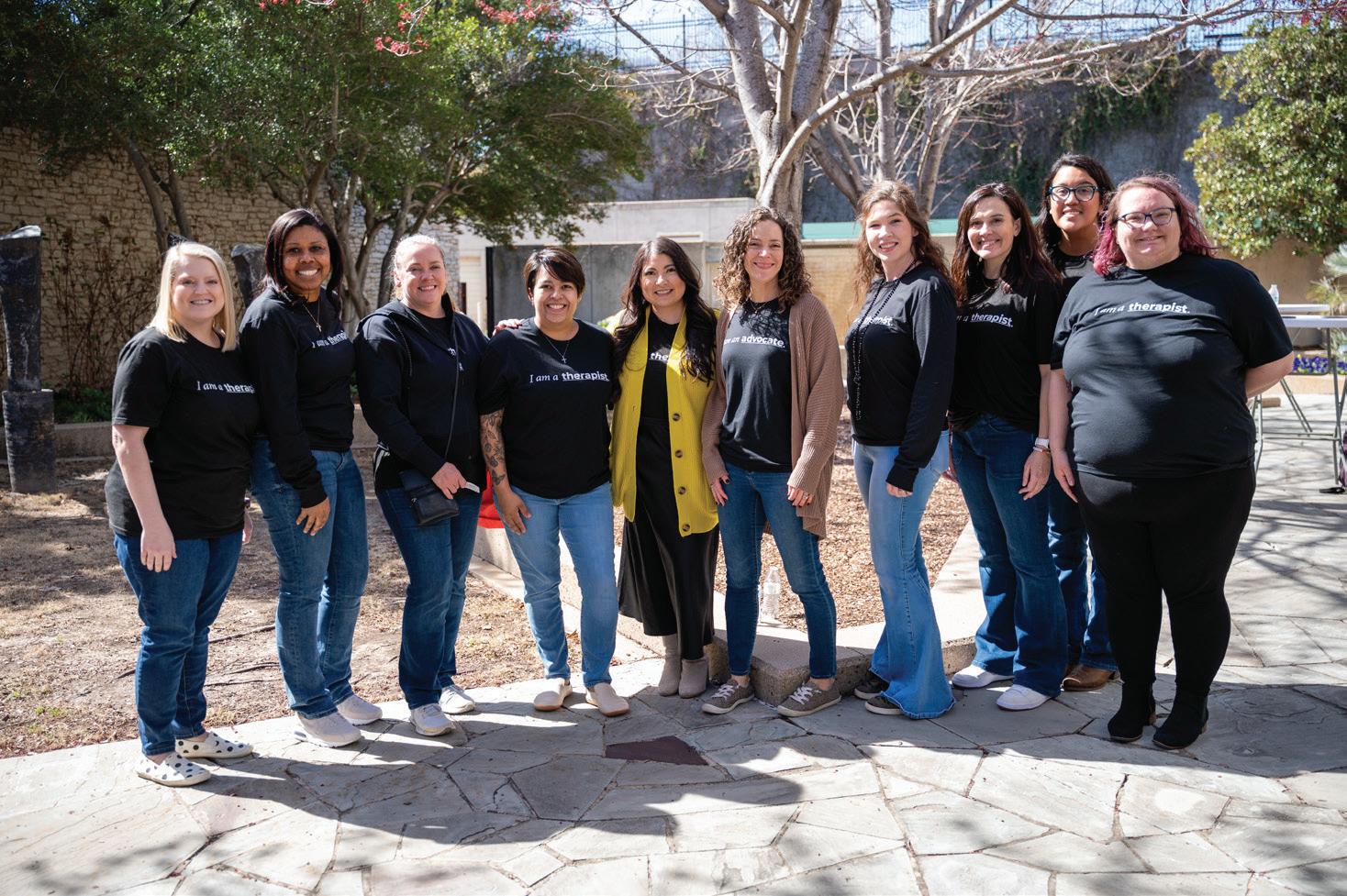
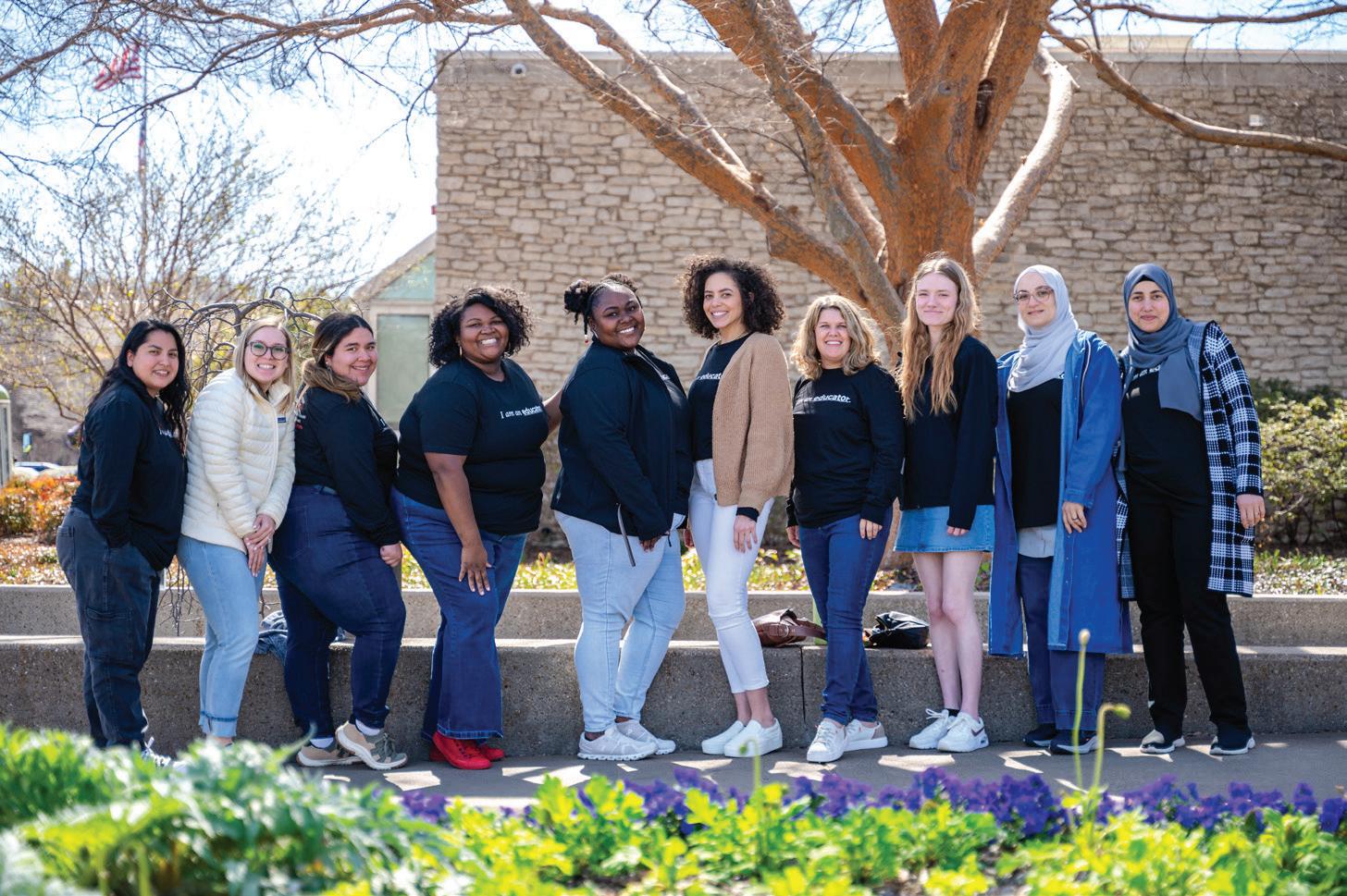
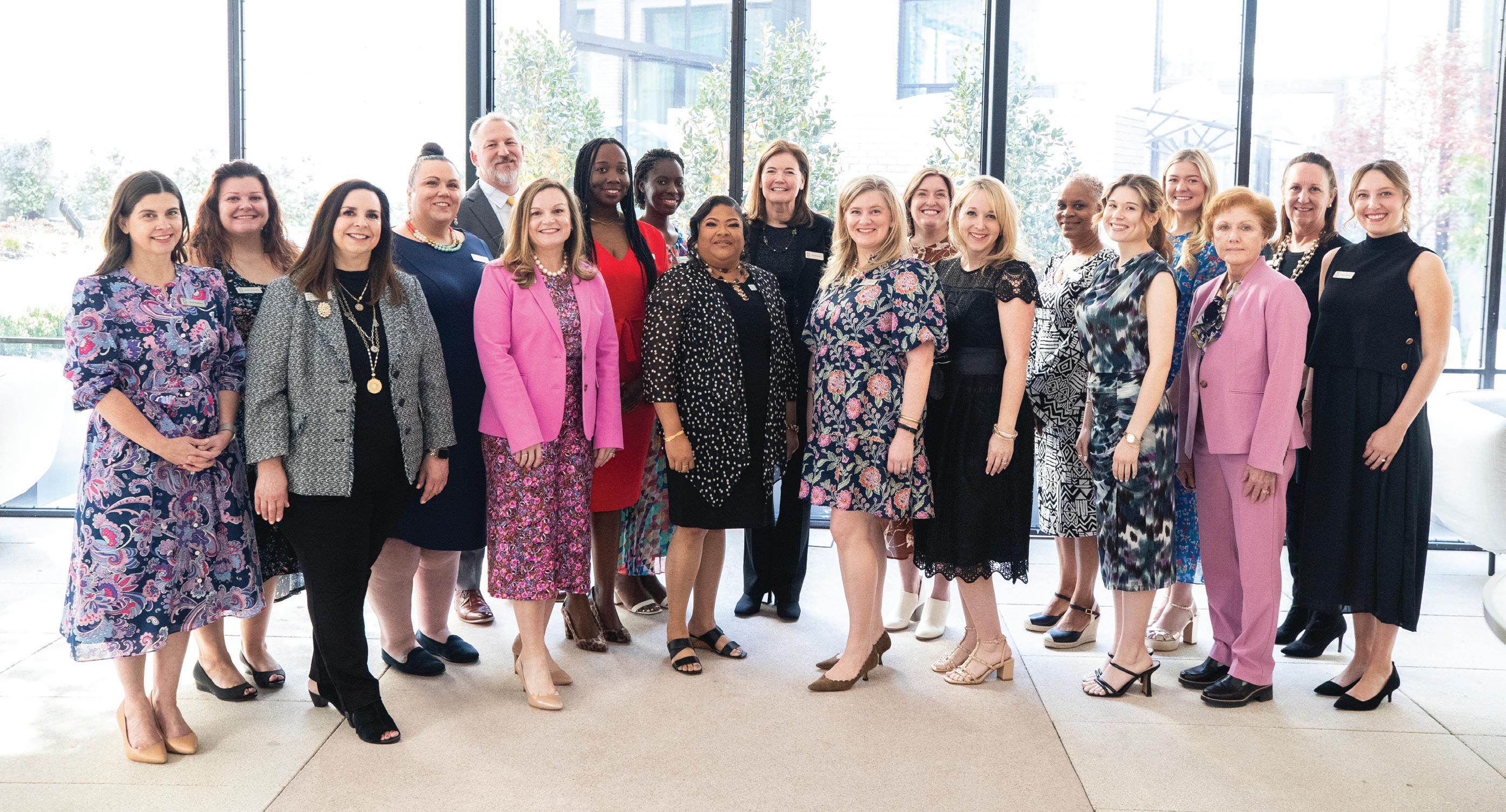

North Texas Community Foundation drives meaningful change through charitable investment. We work hand-in-hand with donors, professional advisors and nonprofits to create giving strategies that shape the future of North Texas for the better.
Honored as one of the Best Companies to Work For, our team is united by our passion for making an impact in the community we call home.

Thank you to our national and regional partners who provide help and hope to families facing emergencies year-round
DISASTER RESPONDER MEMBERS
Eugene McDermott Foundation



ANNUAL DISASTER GIVING PROGRAM MEMBERS GOLD



PLATINUM PLUS SILVER BRONZE

4Change Energy
Brightland Homes
Hillcrest Foundation ISN

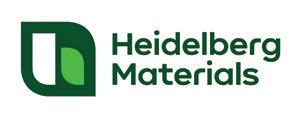
Lockheed Martin Missiles and Fire Control
Pioneer Natural Resources
The Dallas Foundation
The Mavs Foundation
PLATINUM
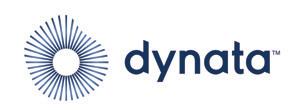

Jeanne R Johnson Foundation
AERISTO
Alcon Foundation
Apartment Association of Greater Dallas
Central Texas J.R. Beadel Foundation Inc.
Comerica Bank
Community Foundation of Abilene Cornerstone Capital Bank
Electric Drilling Technologies LLC
Fluor
Highmark Residential
Jacobs Solutions, Inc.
Kroger

Martha David & Bagby Lennox Foundation
NBC 5
Paul E. Andrews Foundation
RAZ Imports
Safran Seats
Southwest Airlines Federal Credit Union
Texas Health Resources
The CH Foundation WFAA







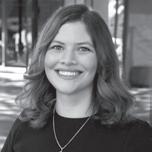
WORDS BY MEGHAN A. COLLIER
Congress passed the Pregnant Workers Fairness Act (PWFA) in July 2023, and its regulations became effective June 18.
Previously, pregnancy and childbirth typically did not trigger protection under the Americans with Disabilities Act (ADA) or the Family and Medical Leave Act (FMLA). The PWFA is now in place to fill those gaps, mandating that covered employers allow women to continue working to the greatest extent possible despite limitations from pregnancy, childbirth, and related medical conditions.
The PWFA applies to employers with 15 or more employees and covers not only current employees, but also job applicants and new hires. Under the PWFA, employers must provide reasonable accommodations to employees and applicants with known limitations due to pregnancy, childbirth, or a related medical condition.
Modeled after existing laws and regulations, such as the ADA, the PWFA includes requirements for an interactive process, reasonable accommodations, and the application of an undue hardship exception.
The “interactive process” methodology involves two-way communication between an employer and employee or applicant to help identify limitations and potential reasonable accommodations. The PWFA emphasizes that an employer should not unilaterally impose an accommodation; there should be communication with the employee or applicant. In other words, it is inadvisable for businesses to take a onesize-fits-all approach to accommodations under the PWFA.
Notably, the PWFA does not require employers to make accommodations
that would cause an “undue hardship.” A recent Supreme Court case defines undue hardship as “substantial increased costs in relation to the conduct of its particular business.” This is a high standard; a mere inconvenience will not be enough to show an undue hardship.
What kinds of accommodations are appropriate? The PWFA contains a list of common reasonable accommodations that may be requested by a pregnant employee, called “predictable assessments.”
These include (1) allowing an employee to carry or keep water near and drink as needed; (2) allowing an employee to take additional restroom breaks; (3) allowing an employee whose work requires standing to sit and whose work requires sitting to stand; and (4) allowing an employee to take breaks to eat and drink. Accommodation requests of this nature should be routinely granted.
However, accommodations can be much more involved than those listed above. A key part of the PWFA allows the temporary suspension of one or more essential functions of a job, and “temporary” is defined as up to 40 weeks. For example, if a job requires the ability to lift heavy objects, but a medical condition related to pregnancy or childbirth requires a “lifting restriction,” the employer is expected to temporarily alter the nature of the job — or provide an alternative assignment. Other examples include changing a work schedule, such as having shorter hours, part-time work, or a later start time, and the option to telework.
Importantly, the PWFA is clear that unpaid leave is a last resort that should only be utilized if there are no other reasonable accommodations that can be
provided absent undue hardship.
Finally, when an employer is asked to provide accommodation for a condition covered under the PWFA, it is essential to move forward. Unnecessary delay may result in a violation of the PWFA and potentially lead to costly litigation. Employers should view these temporary accommodations as an opportunity to build long-lasting relationships with their employees. Women are approximately half of the national workforce, after all.
Meghan A. Collier, an associate attorney with Decker Jones, P.C., advises clients on a variety of matters, including real estate, business, and probate. She graduated magna cum laude from Texas A&M Law School. She interned with the United States District Court and U.S. Attorney’s Office, both in Dallas.

WORDS BY JOHN LOYD
Every four years, it’s the same old story. This will be “the most important election of our lifetime!” Heard that one before? Well, that year is here, and let’s look at what an election can do to your investment portfolio.
Elections can be stressful. The concern over whether your particular candidate will win is real, and so is the distraught and anxious feeling for some if the outcome is not as desired. However, when it comes to who is president of this great country of ours, the stock market just doesn’t care too much. I’m not suggesting for one second that presidential elections do not matter. They obviously do, but whether a donkey or an elephant is in the White House, the world will keep on spinning.






The day after the election, people will still be ordering through Amazon, buying groceries at Walmart and bags of mulch from Home Depot, while driving a Tesla to pick up Starbucks on their way to work. My bold assumption is that the world will in fact keep on spinning, and American companies will adapt — to whomever is president — and continue to prosper over time.
However, the road leading up to the election will be treacherous and not for the faint of heart. Given the candidates’ vastly different positions on major issues, it will be another divisive and contentious ordeal. We have already had an assassination attempt on one of the candidates, and the brutal, negative ad campaigns will continue.
Volatility in the stock market will likely increase.
Since 1950, volatility in the stock market (measured by dispersion of returns) is about 25% higher during election years between July and November over nonelection years, according to LPL Research. The good news is that although there may be heightened volatility during election years, it often coincides with more frequent gains when compared to nonelection years. Long story short, buckle up, though, as it could be a wild ride.
With social media and everyone an “expert” these days, the screaming nonsense will be difficult to ignore. Billionaire Mark Cuban, leading up to the 2016 presidential election, was very vocal that “If Trump wins, no doubt in my mind the market tanks!” Many other “experts” shared this same sentiment. During Trump’s tenure, the S&P 500 was up 67%, for an annualized double-digit return over the four years. Fast-forward to 2020, where Trump stated if Biden were elected, there would be a stock market “crash you wouldn’t believe!” As of this writing, since Biden took the helm, the S&P 500 is up considerably, likely also achieving similar average double-digit annualized returns like under Trump.
Every four years, I also hear some version of, “If ____ (just pick the party you oppose) wins, things are going to be bad! I’m selling all my stocks!” However, when looking at the data, if the stock market
were your only barometer, you would take either party, as equity returns over any presidential party in office are most often positive. In fact, much to the surprise of many, the stock market has typically performed better under a Democratic president.
Again, elections matter, just not as much for the stock market as one would think. I would always wince when Trump would proudly proclaim while in office, “Look at your 401(k),” as if he alone was the mastermind. While the president himself — or herself — doesn’t have a lot of control over the stock market, that unfortunately does not stop them from taking credit if it is up or casting blame if it is down.
Years ago, my parents were at a garage sale and noticed an old copy of the Wall Street Journal for sale. Knowing my nostalgia for all things finance, they inquired from the gray-haired, elderly gentleman what he wanted for the old newspaper.
“I’ll take a quarter,” he said.
The newspaper, which is hanging in my office, is dated March 25, 1937. The Dow Jones Industrial Average, a broad and closely watched measure of the stock market, closed that day at 184. Since that time, the presidential race has been about even. We have had 10 Republican presidents and 12 Democratic presidents. The Dow Jones average is now around 40,000. Cue the adage here of, it’s time in, not timing the market, that matters.
Remember, hating the government or despising a political party is NOT an investment strategy. Even if you knew today who would win the election, that probably should not warrant a drastic change to your investment plan. Tune out the noise. Realize uncertainty and controversy are intertwined in most every presidential election. Focus on what you can control and your own financial goals.
History doesn’t necessarily repeat itself, but as Mark Twain said, “It often rhymes.” So, see you in another four years, when we will undoubtedly have “the most important election of our lifetime.”
John Loyd, CFP®, MBA, EA is founder of The Wealth Planner™. For over two decades he has been providing wealth management advice to small-business owners and high-income profes-
sionals. Contact him at john@thewealthplanner.com. Securities & Advisory Services offered through LPL Financial, a Registered Investment Advisor. Member FINRA/SIPC. All investing involves risk including loss of principal. Past performance is no guarantee of future results. No strategy assures success or protects against loss. All indexes are unmanaged and cannot be invested into directly.

WORDS BY STEVE MONTGOMERY
At the Fort Worth Chamber, we believe that education is the cornerstone of economic prosperity and a crucial driver of community advancement. Education improves employability, boosts productivity, fosters innovation, enables growth, and enhances societal well-being and quality of life.
Education equips individuals with the skills and knowledge needed to thrive in the modern labor market. Educated individuals are more likely to find stable employment and contribute to their household’s economic security, while reducing dependence on social welfare programs and increasing tax revenues. Education significantly boosts productivity, which is a fundamental driver of economic growth. Educated workers are more efficient and capable of performing complex tasks and adapting to new technologies and processes. Workers equipped with up-to-date skills can perform tasks more effectively,
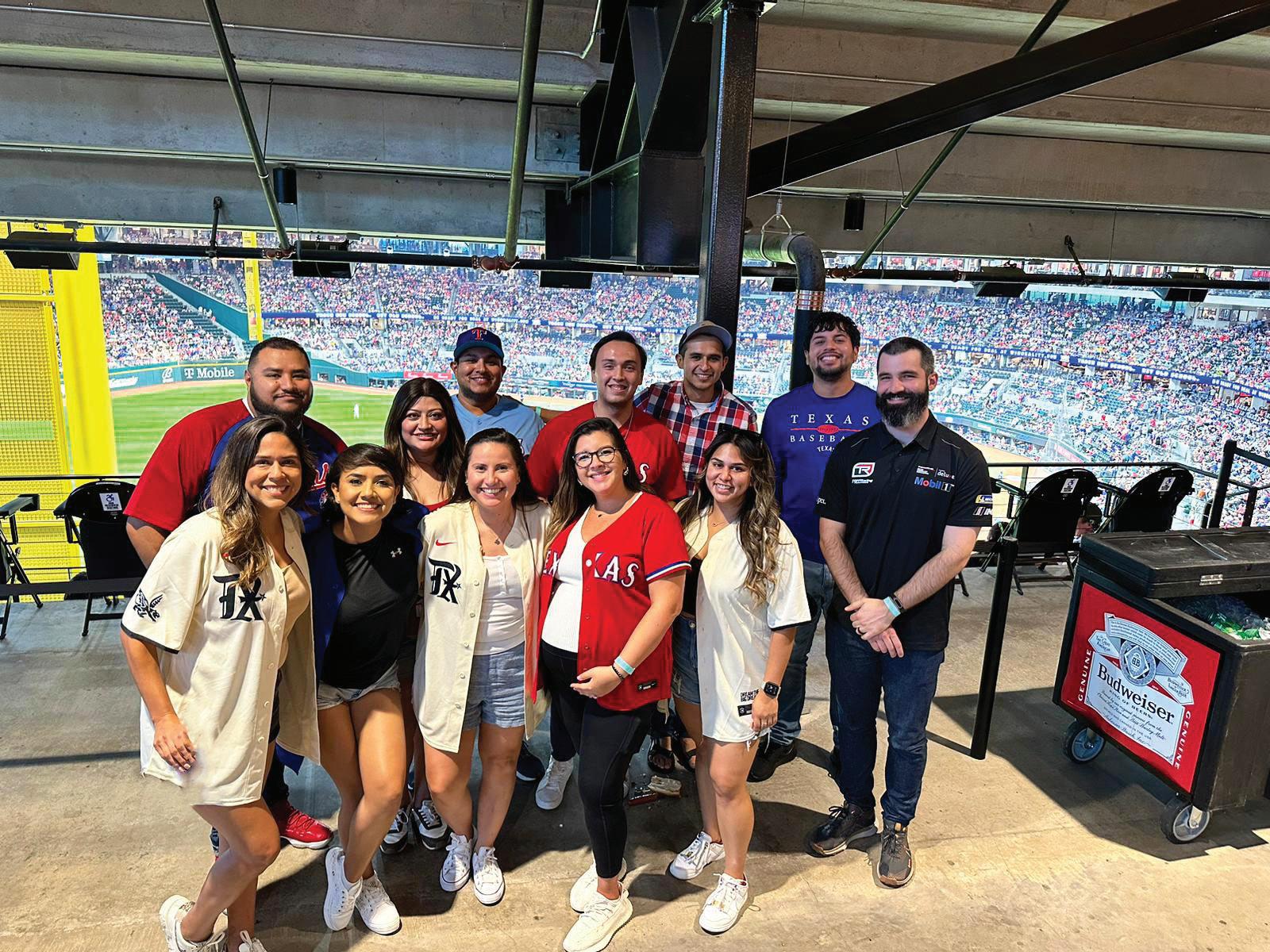
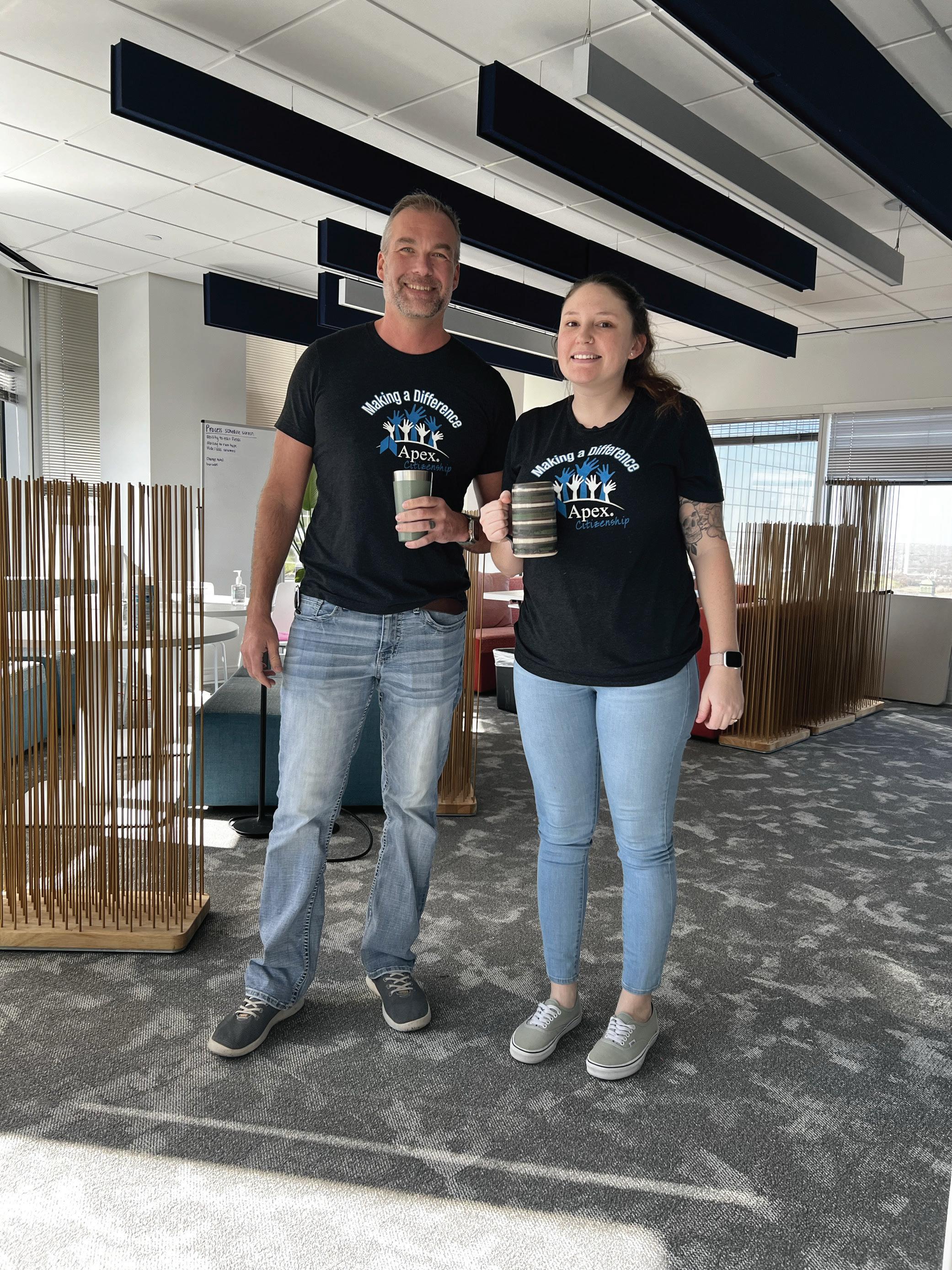



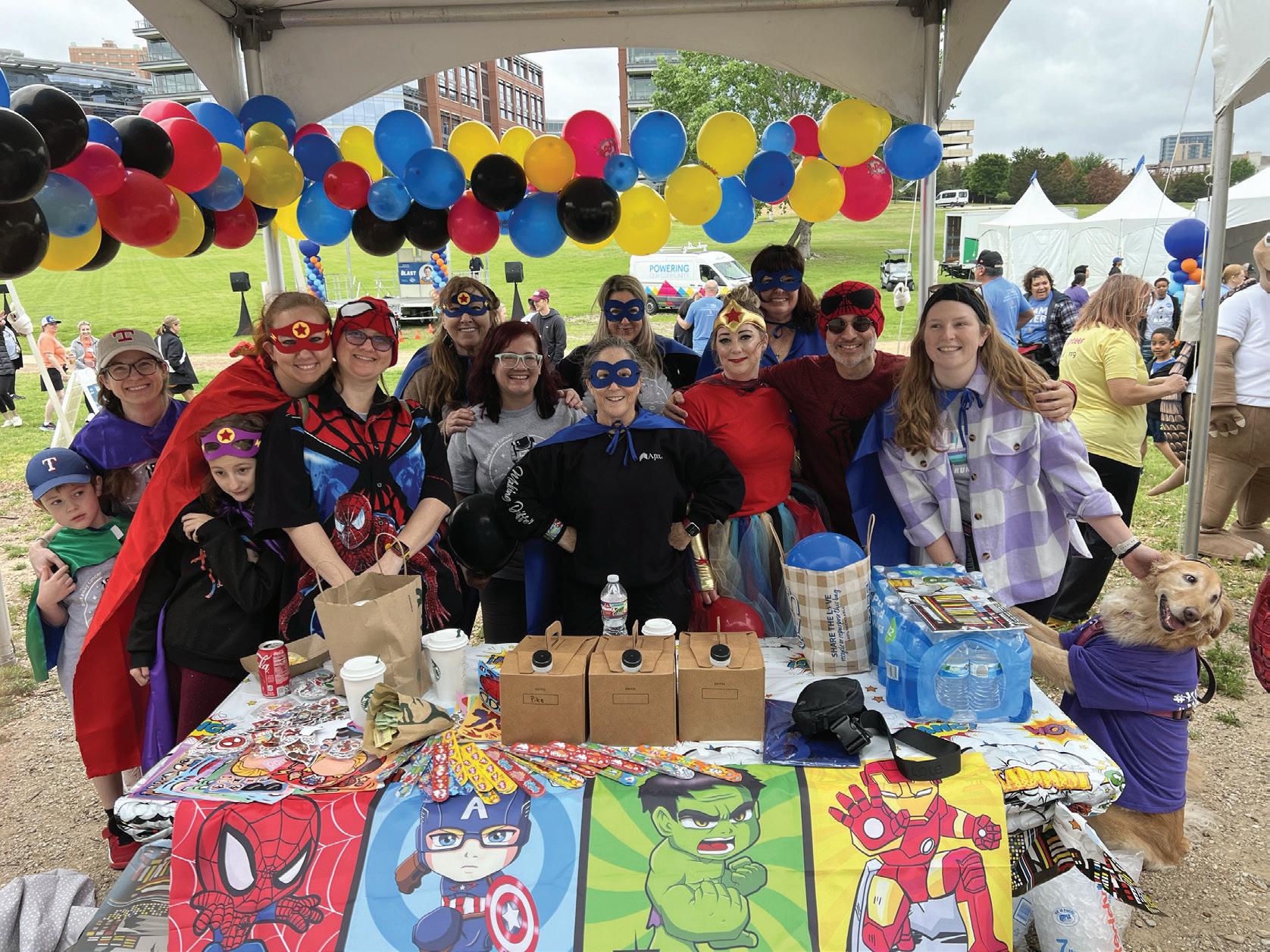

through core days, team outings, an employee appreciation week, family events, and holiday parties. We are deeply passionate about supporting through events such as an annual golf tournament, volunteer nights, a holiday gift drive and various other activities.
As a hybrid workforce, we harness technology, programs, and workspaces that give teams and and tools they need to be successful – whether that be from a remote transparency and listen to our employees’ ideas and concerns, regardless of tenure and title. We champion employee growth and development by offering extensive digital and onsite training courses, while constantly evaluating our health and to deliver exceptional benefits to employees.
We know that each employee makes the company great, and in turn fuels our success as a business. We take care of each other, our clients, and business partners.
That’s the Apex Way

thereby increasing output. A workforce that continuously upgrades its skills is more competitive and better positioned to embrace the future. The increased productivity provided by a thoroughly educated workforce translates into higher output and overall economic growth.
Education also plays a pivotal role in fostering a culture of innovation. Higher education institutions, such as universities and research centers, are breeding grounds for new ideas and technological advancements, while other forms of advanced skills development act as catalysts for increased productivity, market sensitivity, and agility.
In today’s rapidly evolving global economy, the demand for skilled labor has intensified, making it essential for individuals and nations to prioritize the acquisition of relevant skills. Education aligns the workforce’s capabilities with market demands, ensuring that businesses have access to the talent they need, while individuals can secure meaningful employment and contribute to overall economic stability.
Education is also strongly linked to social well-being. Statistics prove that an educated population tends to experience better health outcomes, lower crime rates, and higher levels of civic participation. Education is also the most powerful tool for reducing inequality and promoting inclusive growth. Access to quality education helps level the playing field by providing individuals from diverse backgrounds with equal opportunities to succeed. And inclusivity is crucial for sustainable development as it ensures that all members of the community can contribute to and benefit from economic growth.
The Fort Worth Chamber is proud to serve a pivotal role promoting education within our community. We act as a bridge between the business sector and educational institutions, fostering collaboration, providing essential resources, and advocating for educational initiatives.
The partnerships we facilitate between member businesses and local schools, colleges, and universities have led to the creation of internship and apprenticeship
programs, providing students with hands-on experience and practical skills that enhance their employability. We also work to connect industry leaders with educators to ensure that educational curricula are aligned with the current and future needs of our job market.
And, of course, the Fort Worth Chamber serves as a tireless advocate for policies and initiatives that support education at the local, state, and national levels. By leveraging the influence and resources of the local business community, we are able to push for increased school funding, improvements in educational infrastructure, and the implementation of programs that address skills gaps in the workforce.
We understand that education is a vital component of economic prosperity, providing individuals and communities with the skills, knowledge, and opportunities needed to thrive. The Fort Worth Chamber is committed to promoting that essential education within our community. Through partnerships, resources, and advocacy, we seek to help create a robust educational ecosystem that prepares students for success in their future lives while fostering economic prosperity throughout our entire community.
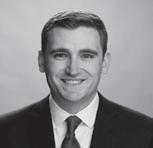
WORDS BY DARYL STAFFORD
ight now, everyone from homeowners to business owners are wondering when
rate cuts will come. And while most people can wait to buy a new home until the time is right for them, you can’t wait to run your business. Don’t worry. I’ve worked closely with clients through all types of economic cycles, and there is plenty you can do to take care of your business and stay competitive while we ride out the economic volatility.
First, don’t wait for rate cuts. That might sound counterintuitive, but it is important to be in the right mindset. By this, I mean don’t run your business in hopes of lower rates coming in the future. If you’re waiting for rate cuts, you may be missing opportunities and efficiencies in other areas of your operation, or if your opportunity is reliant upon rate cuts, it may mean it is not cycle-proof. Rate cuts will come, but you should anticipate higher-for-longer rates and plan accordingly. It is better to be surprised with good news than to plan for and be reliant on it.
One area where it makes sense to wait is with debt. You could consider pausing some larger expenses or long-term business plans that involve taking on more debt. Some debt may be necessary to adapt your business to new challenges. But it might not be the right time to expand, add locations, update equipment, etc. if you don’t have a healthy liquidity reserve or reliant cash flow stream to lean on.
To determine the nice-to-have from the need-to-have, I advise all business leaders to get familiar with their budget. Cash management is a lost skill that has gone dormant as a result of more than a decade of low interest rates, but the age-old saying remains true, cash is king. According to a 2024 study from QuickBooks, 28% of respondents stated cashflow challenges as their biggest business worry.
Business profits are not the same as cash flow, so, don’t look to your profit/ loss statements to determine if you have enough cash to cover your business operations. Dig into the details of your


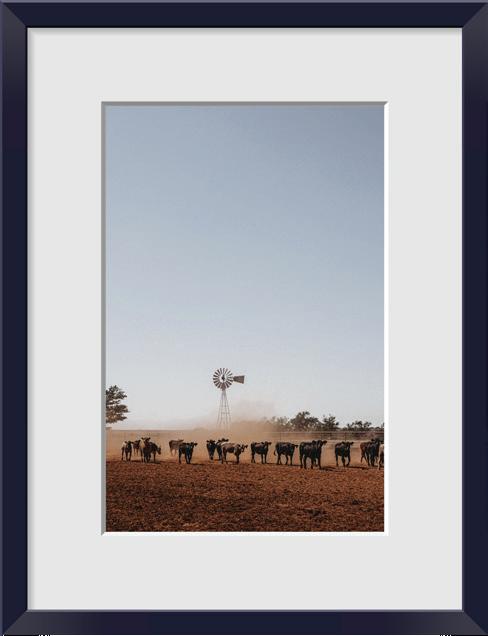



business’s financial statements to see what you have in cash reserves each month and get familiar with what your income and payment cycle looks like. Here are some quick things to review and implement:
• Analyze fixed expenses. Review insurance policies, subscriptions, vendor services, and retainers for ideas on where to trim costs.
• Put more focus on your cash projection by creating both 30-day outlooks and a 13-week cash flow model.
• Identify what “excess” cash, working capital, and working cash really mean to you.
• Consider carrying a higher cash balance than you typically did in the past as a safety net during market shifts.
Once you are in the mindset of working with your present circumstances, connect with your banker. They are a great resource for brainstorming new ideas in tougher economic times. I always ask our clients to share their account analysis statements, and we can then tell where you are putting cash and whether it’s being utilized to the fullest.
Your banker can share other ideas and considerations, such as trying new savings accounts. If you’re taking your money out of your company and investing it in the stock market, right now it may be wise to shift some money into a money market or a high-yield savings account. With current conditions, if you can get a good return on one of those essentially no-risk savings accounts around 4.5%-5% versus taking a 7% investment return that carries market risk, you may want to consider it.
The discrepancy between risk and return is larger right now than it has been in some time. And, while the S&P is up, if you take away the top handful of stocks, the overall market isn’t looking as strong. Looking at savings avenues you might have overlooked in the past is a simple shift to consider.
Your banker is also going to give you
guidance on new tools to implement in your business. One we typically recommend is an overhaul of your corporate credit card program. Credit cards can have a big impact on business cash flow. If your cash flow still relies on paper invoices or checks, it could significantly slow your payment cycle. Beyond the speed and money-back savings, many credit cards also offer fraud prevention benefits, which is a huge benefit given rising cases of fraud.
One step further would be to add integrated payables, if you aren’t using them already. Outdated payment processes expose businesses to unnecessary costs, inefficiencies, and payment fraud risk. Integrated payables help eliminate obstacles using a single, simplified process across systems, bank accounts, and payment types.
All in all, there are many things you can do to strengthen your business, even when things such as interest rates are out of your control. An emphasis on cash flow and having a strong working relationship with your banker are going to help keep your business running smoothly and prepared for the future.
Daryl Stafford is senior vice president, relationship manager for commercial banking at UMB.
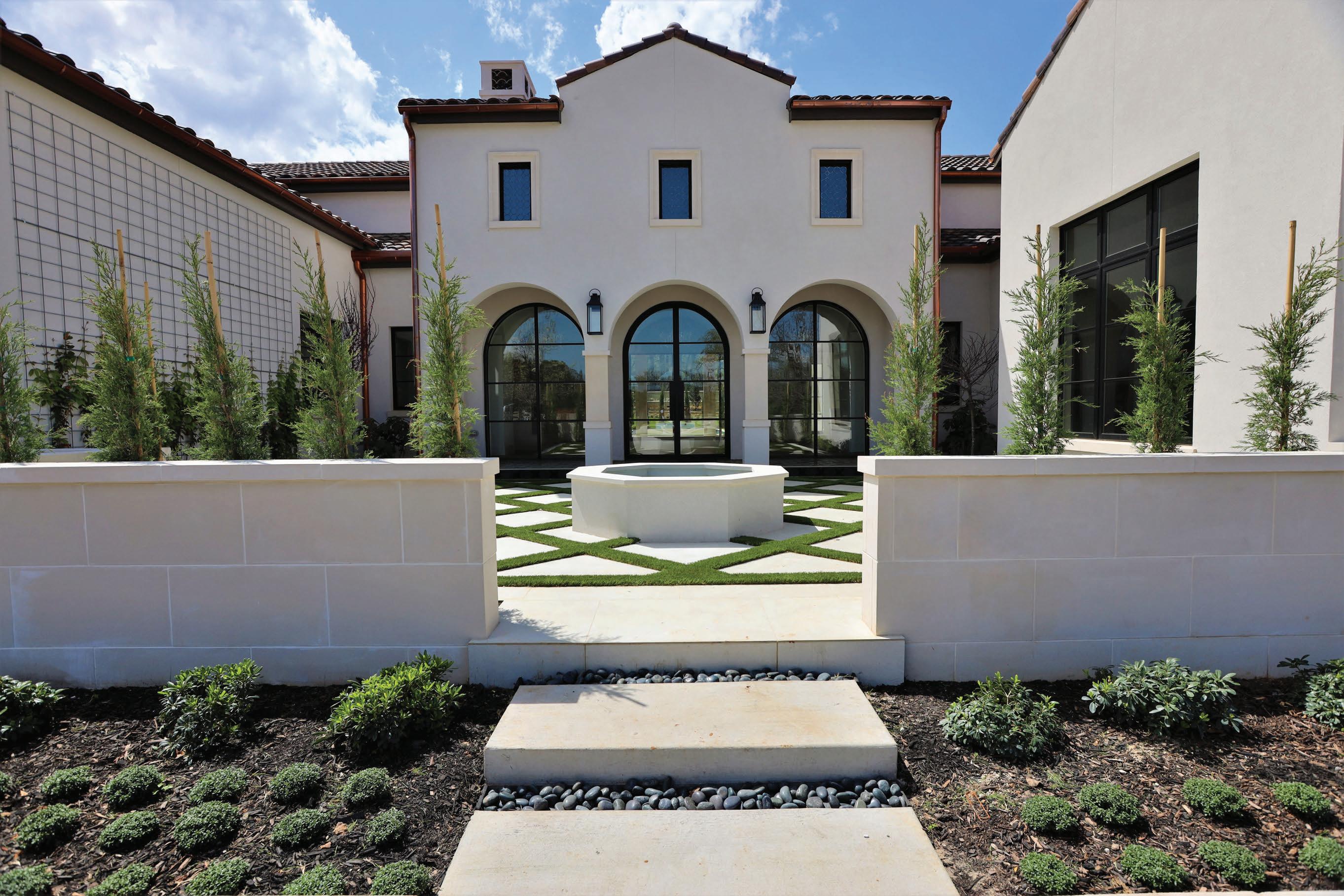




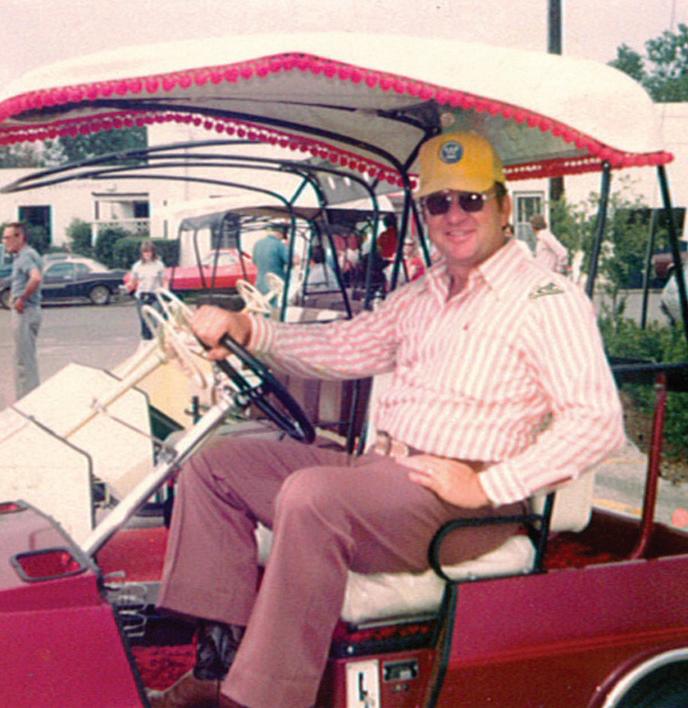
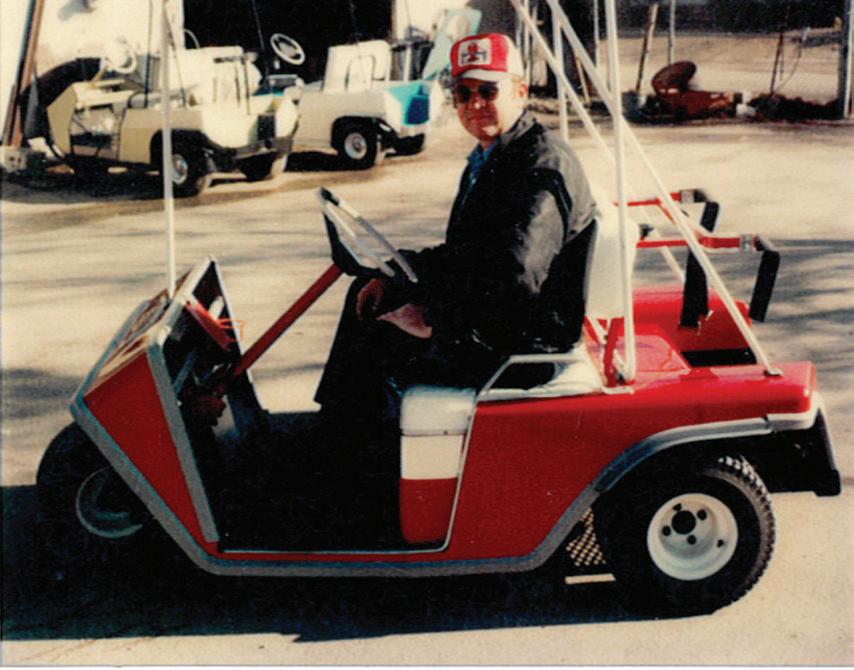


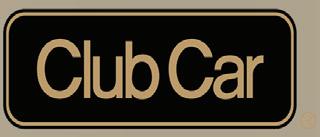
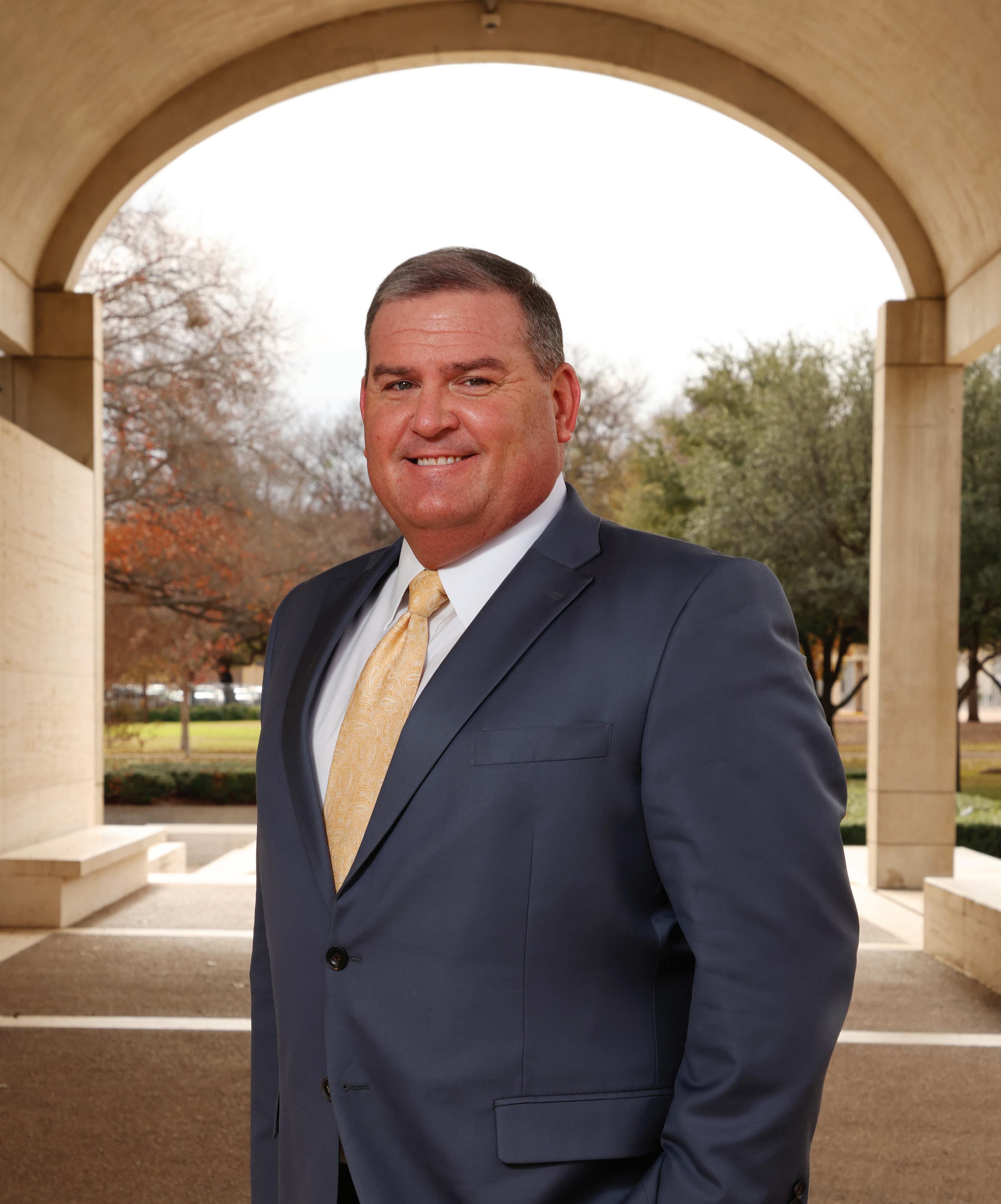

WORDS BY JOHN HENRY IMAGE BY RICHARD RODRIGUEZ
Jordan Jayson sounds like a kid at Christmas talking about, well, Christmas.
“The Santa Claus is 60 feet long with reindeer across the roof,” Jayson says while we sit in an office conference room. “And Santa, I think, is 16 feet high. So, that'll be going in. And that's very exciting.”
Jayson, chairman and CEO of U.S. Energy Development Corp., is talking about the Christmas décor of his company’s new building in the Stockyards.
The company is repurposing the historic Armour Building. It is expected to be ready by, wait for it, December.
All of this, the new building and going all “Christmas Vacation” is a special honor to his parents, whom he took the company over from upon their deaths within months of one another in 2014.
“My mother was not quite Clark Griswold, but a competitor,” Jayson says. “My mother had a passion for Christmas lights. My mother and father were in real estate for their entire careers and oil and gas for most of their careers. My father had a passion for these types of projects as far as the building style and the historic nature of it.
“I’m trying to make both of them happy. It's been a fun project.”
Jayson is a member of Fort Worth Inc.’s The 400, the list of the city’s and Greater Fort Worth’s most influential people.

He said he decided to move U.S. Energy's base of operations from Buffalo, New York, closer to its assets and holdings in the Permian Basin and Eagle Ford Shale. Arlington has most recently served as headquarters.
“We had a couple of historic partners from Fort Worth, and I had been visiting Fort Worth for close to 15 years, had always loved the city, loved the people, and also enjoyed the history of the city as well,” says Jayson, who earned an MBA from TCU. “So, it just felt like a great home to reestablish the firm.”
In total, the company has invested in or operated about 4,000 wells in 13 states and Canada.
The company recently announced that it is making an even bigger plunge into the Permian Basin over the next year.

Over the next 12 months, officials said the company expects to deploy upwards of $750 million, with the majority of this capital earmarked for projects in the Permian.
“It's the premier basin for oil and gas in the country, if not the world,” Jayson says. “And we continue to make progress there by acquiring new projects. We don't see that slowing down over the next one to three years.
“There's been a lot of consolidation in the Permian Basin over the last 24 to 36 months, which provides a potential opportunity for a firm our size to take on smaller projects that may not be as lucrative for some of the larger firms to hopefully partner with them or acquire assets in the Permian Basin.”

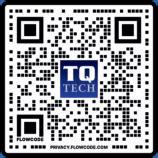
-Gary Tonniges Jr, CEO
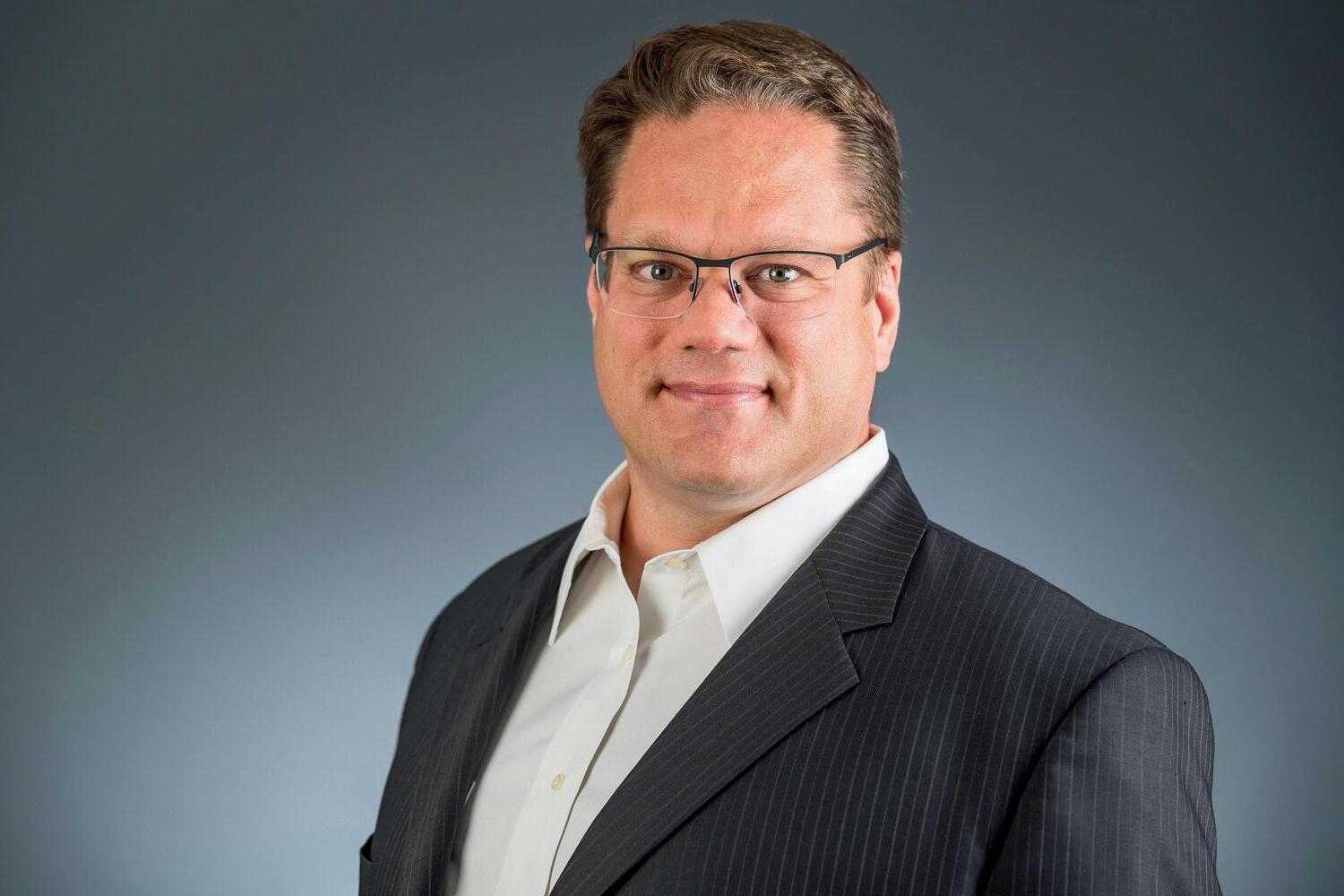
Gary Tonniges Jr, CEO



